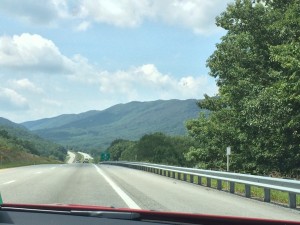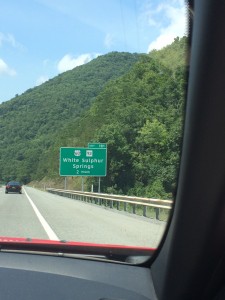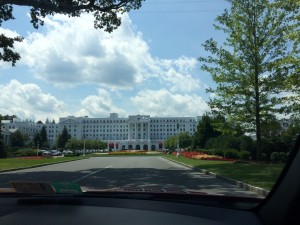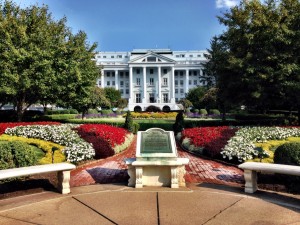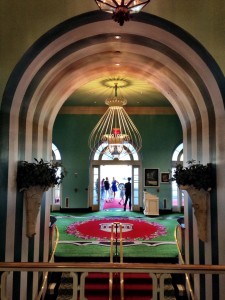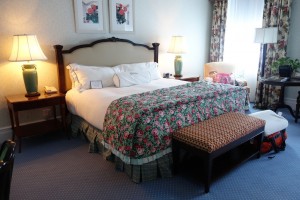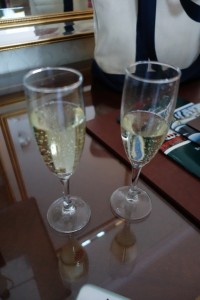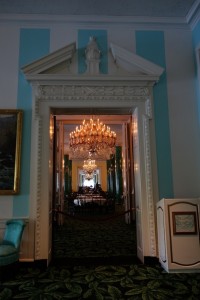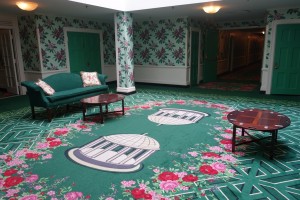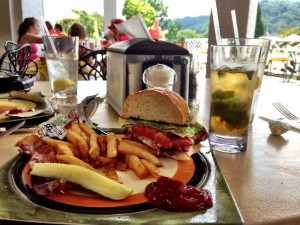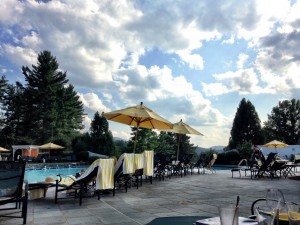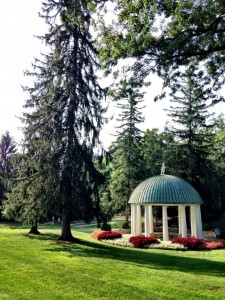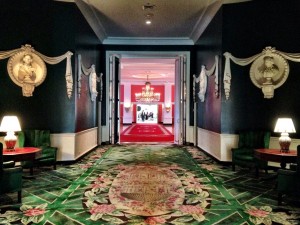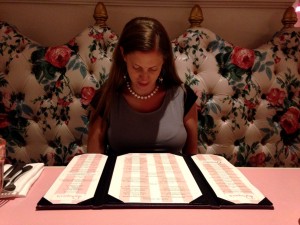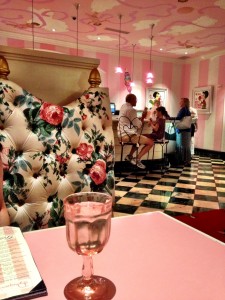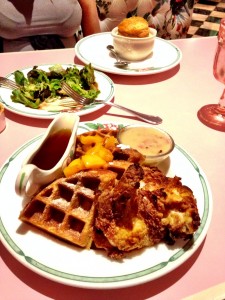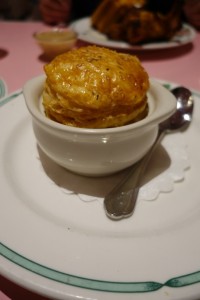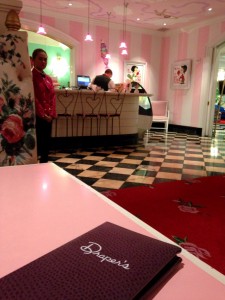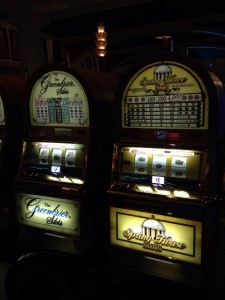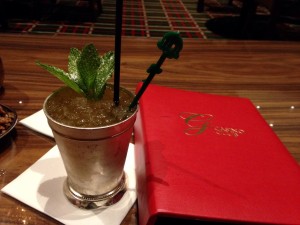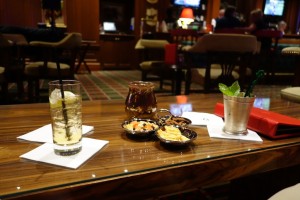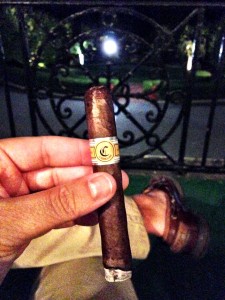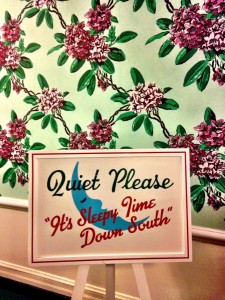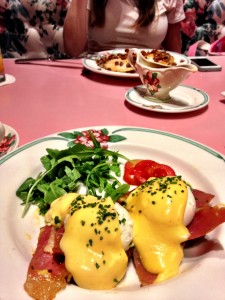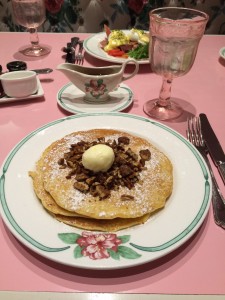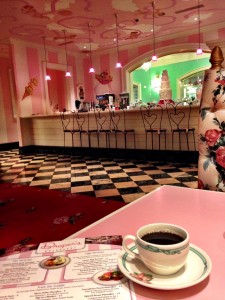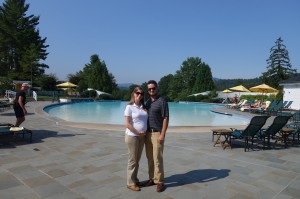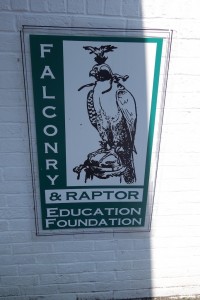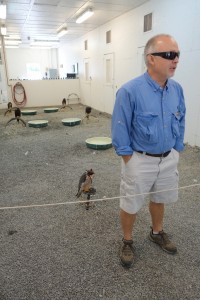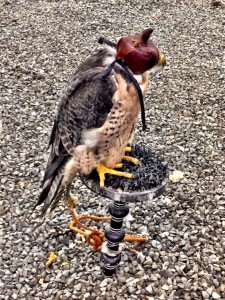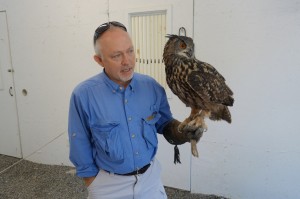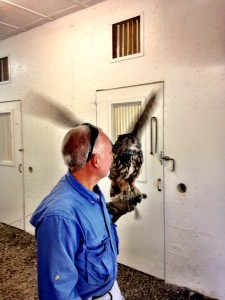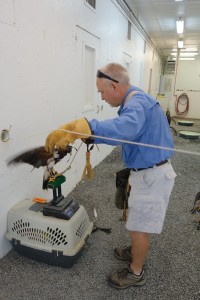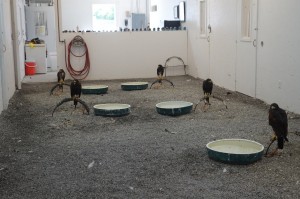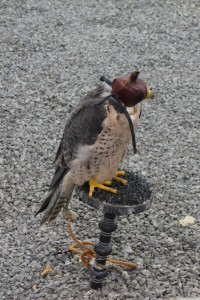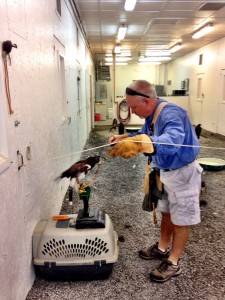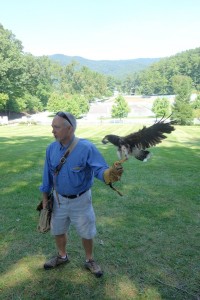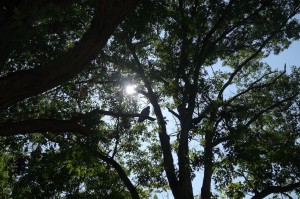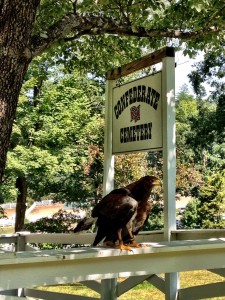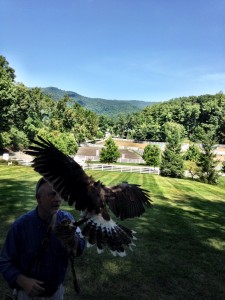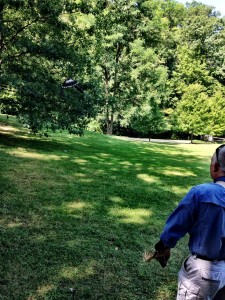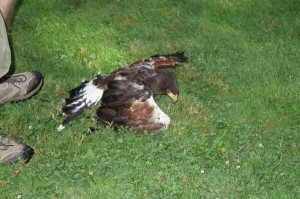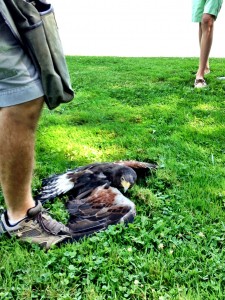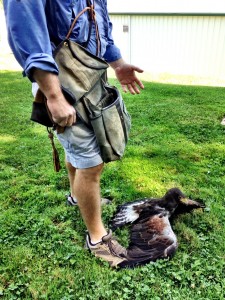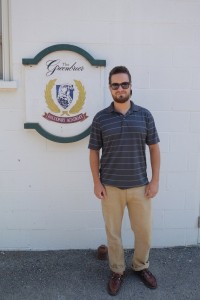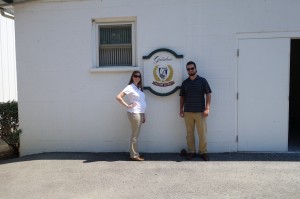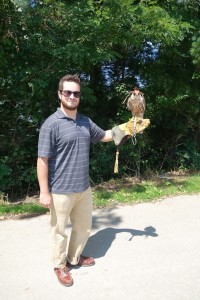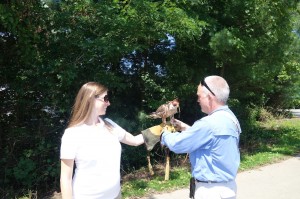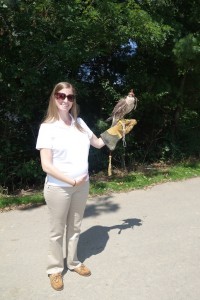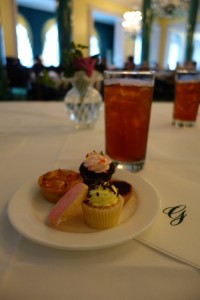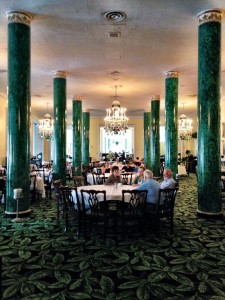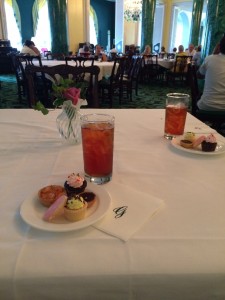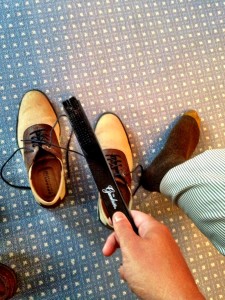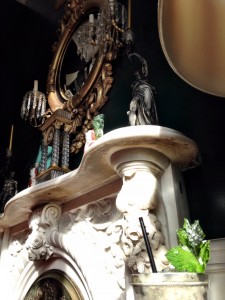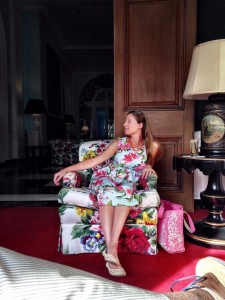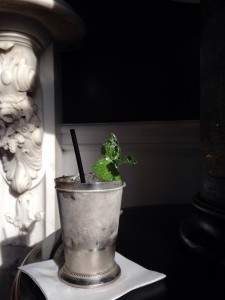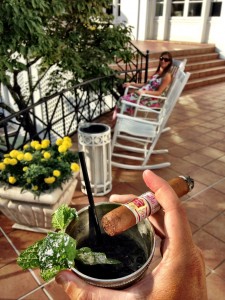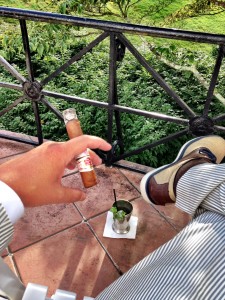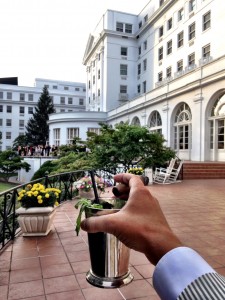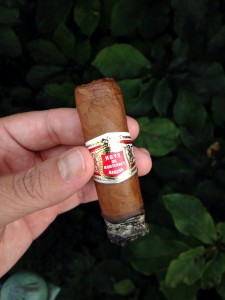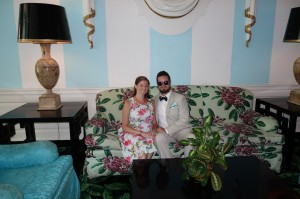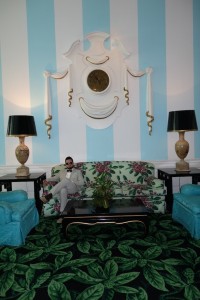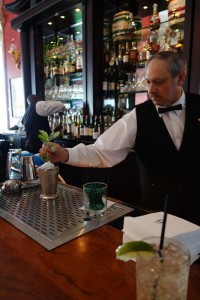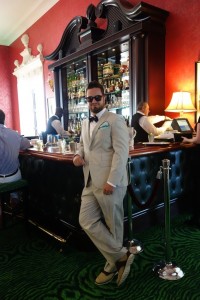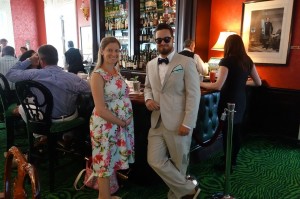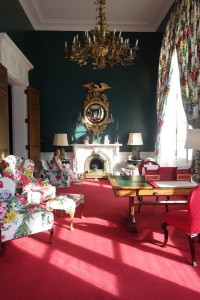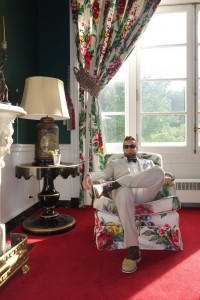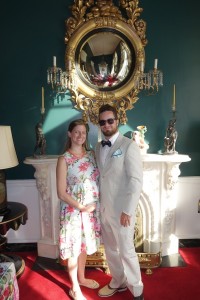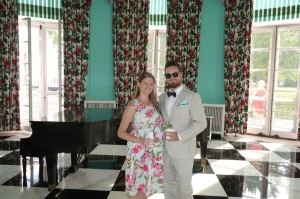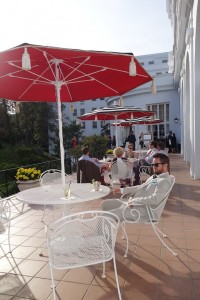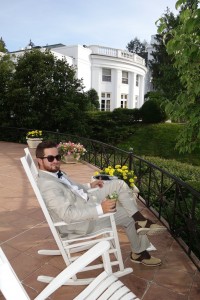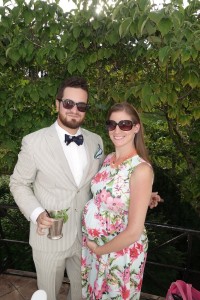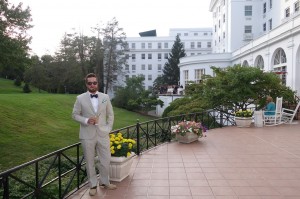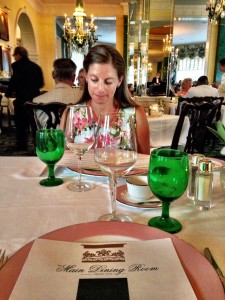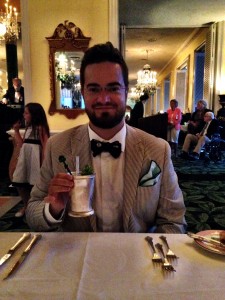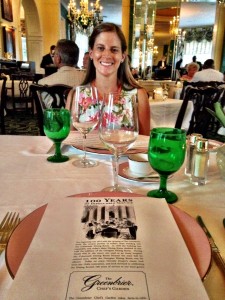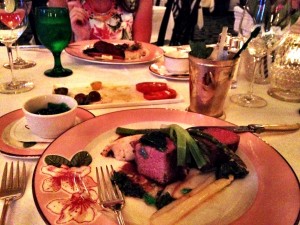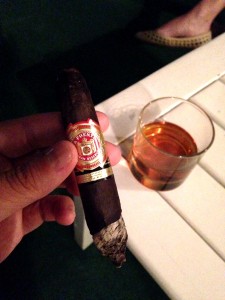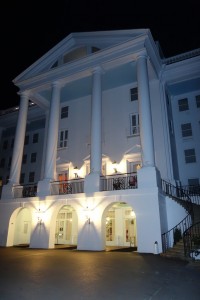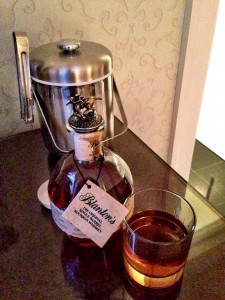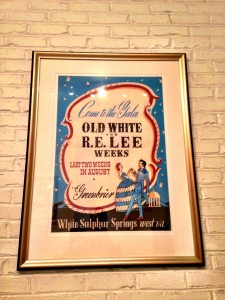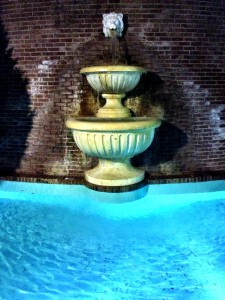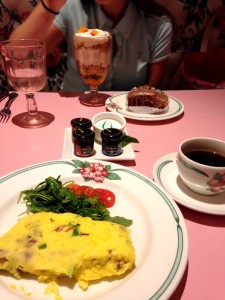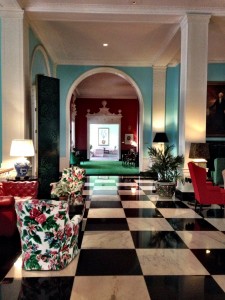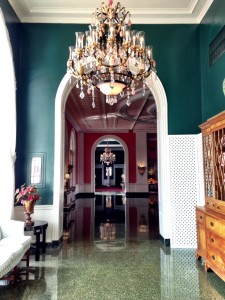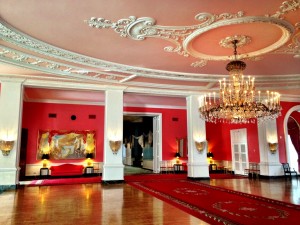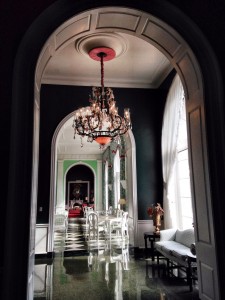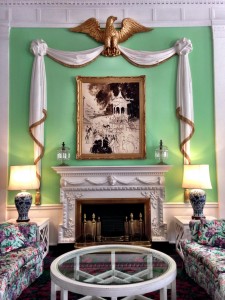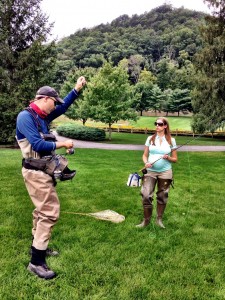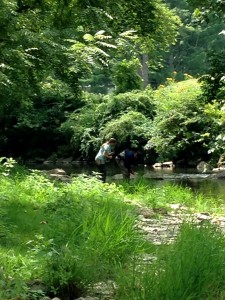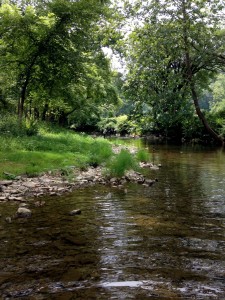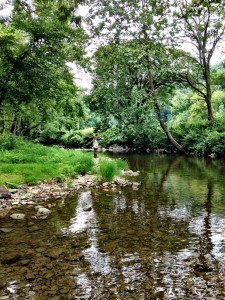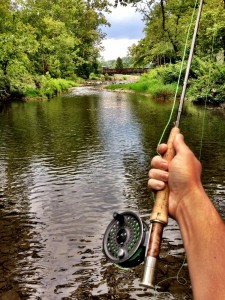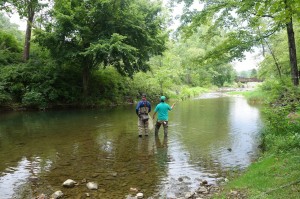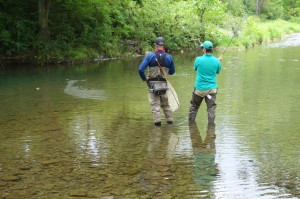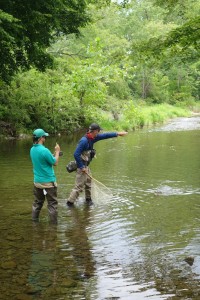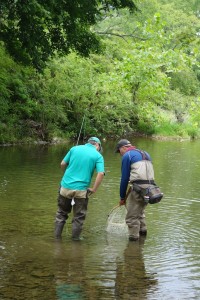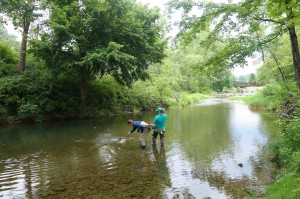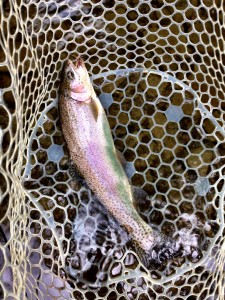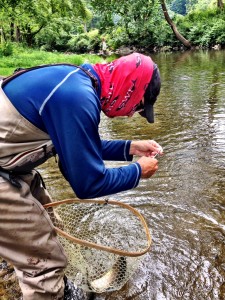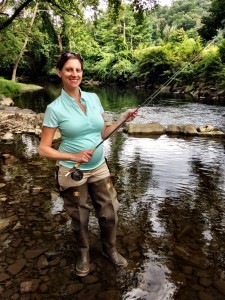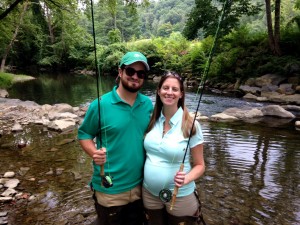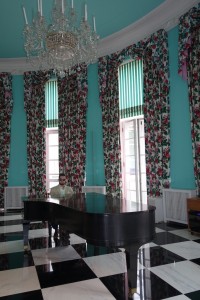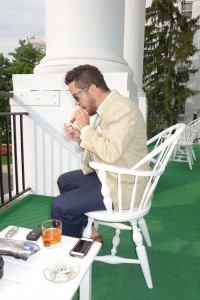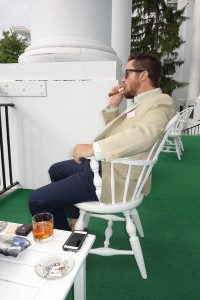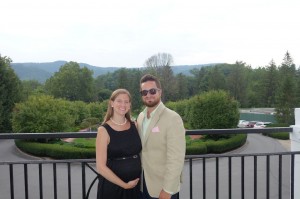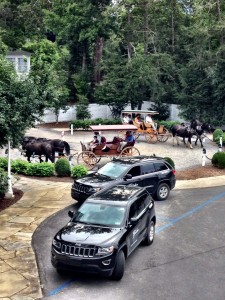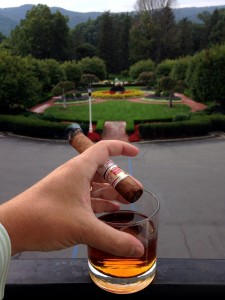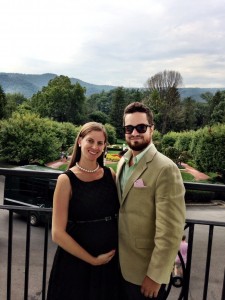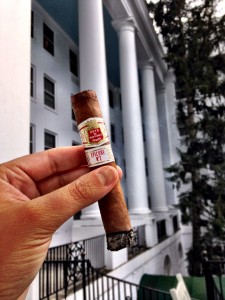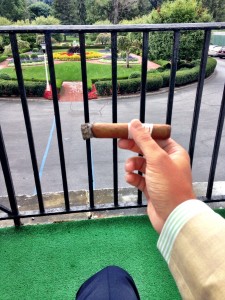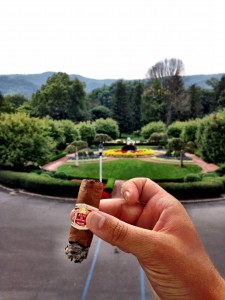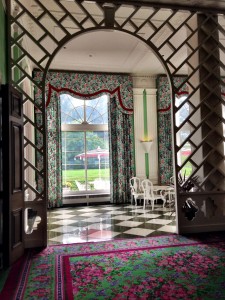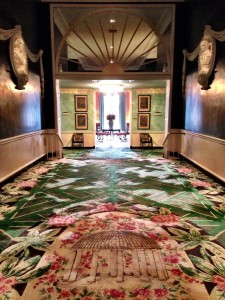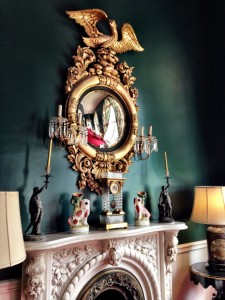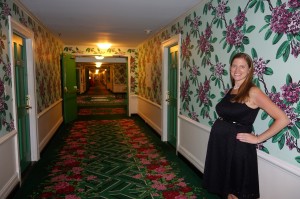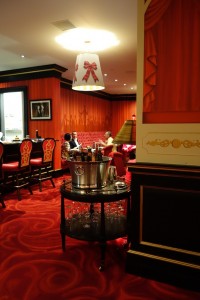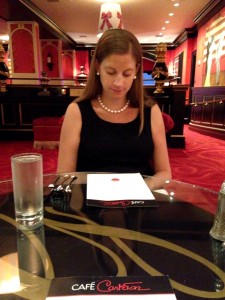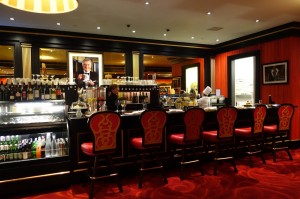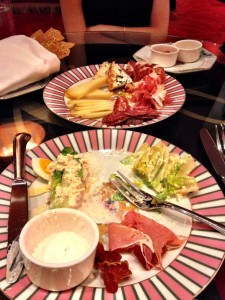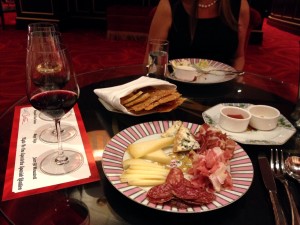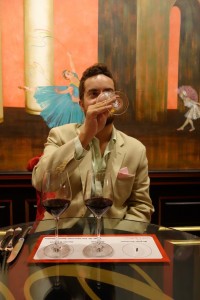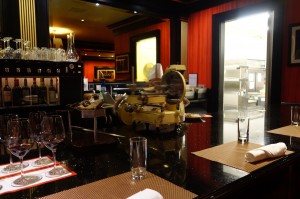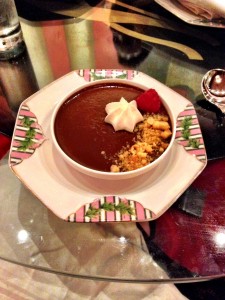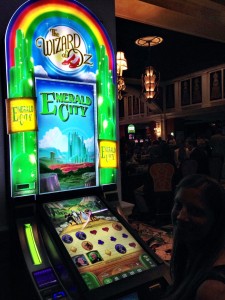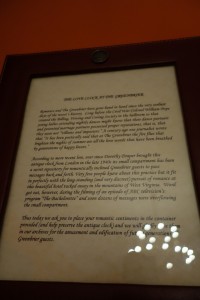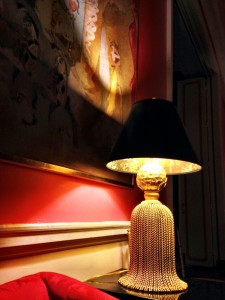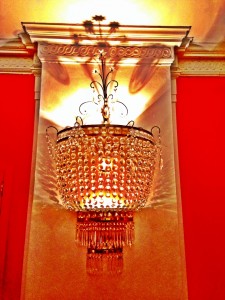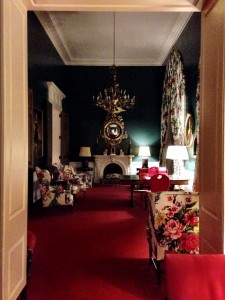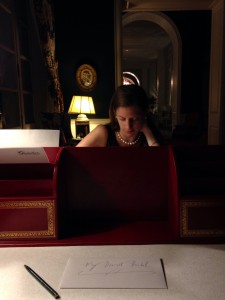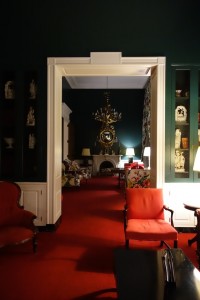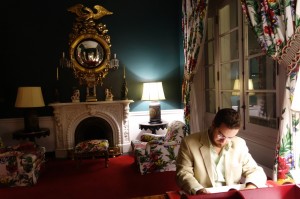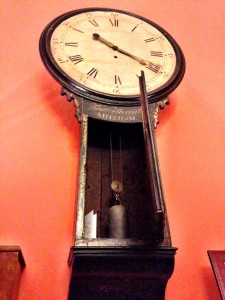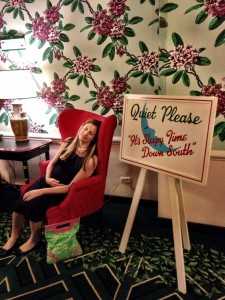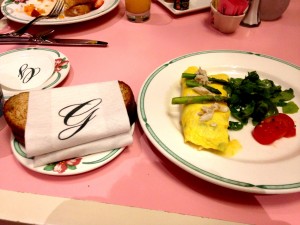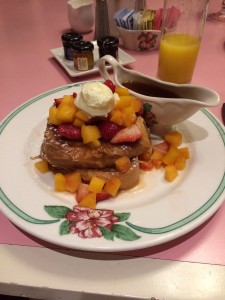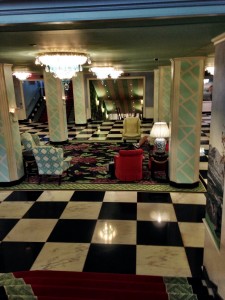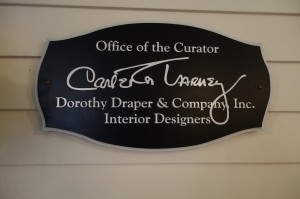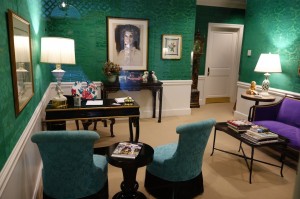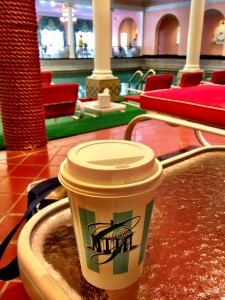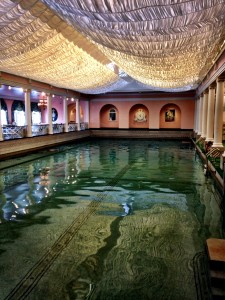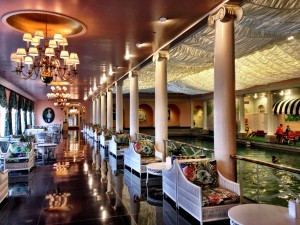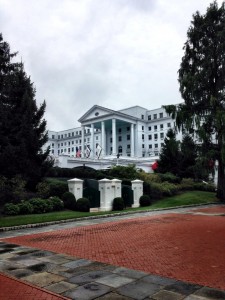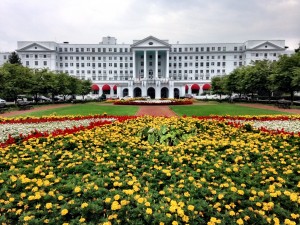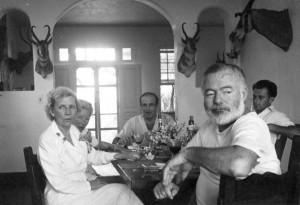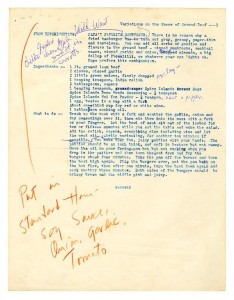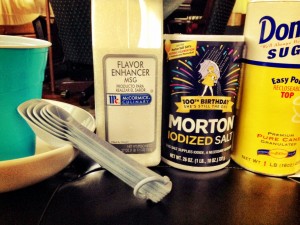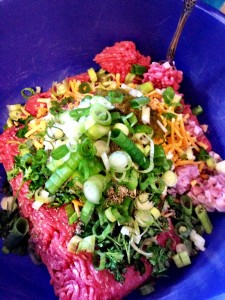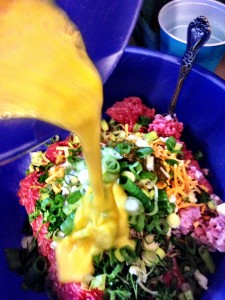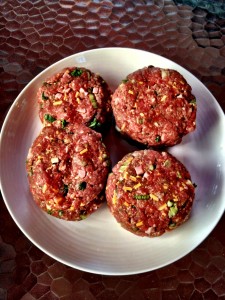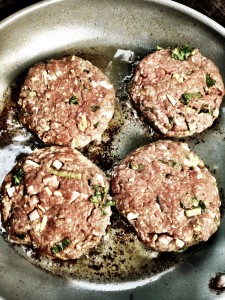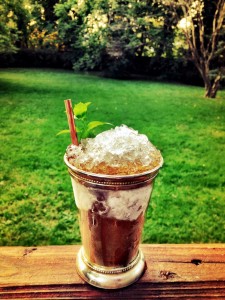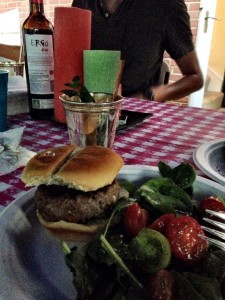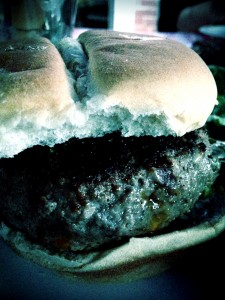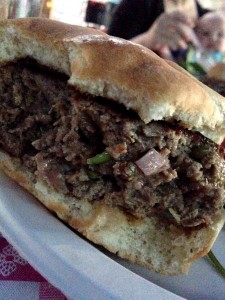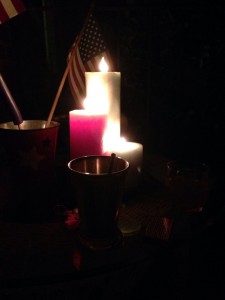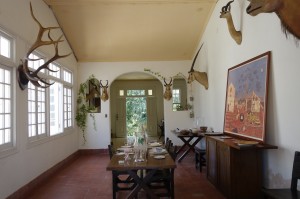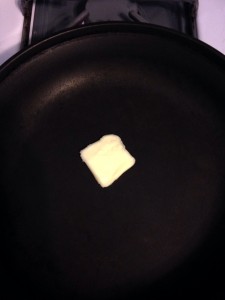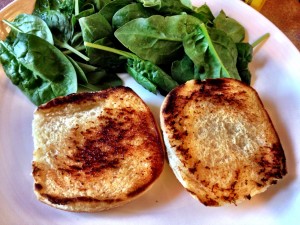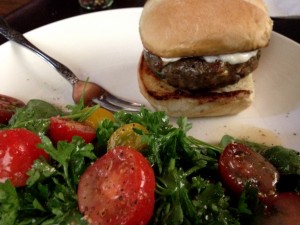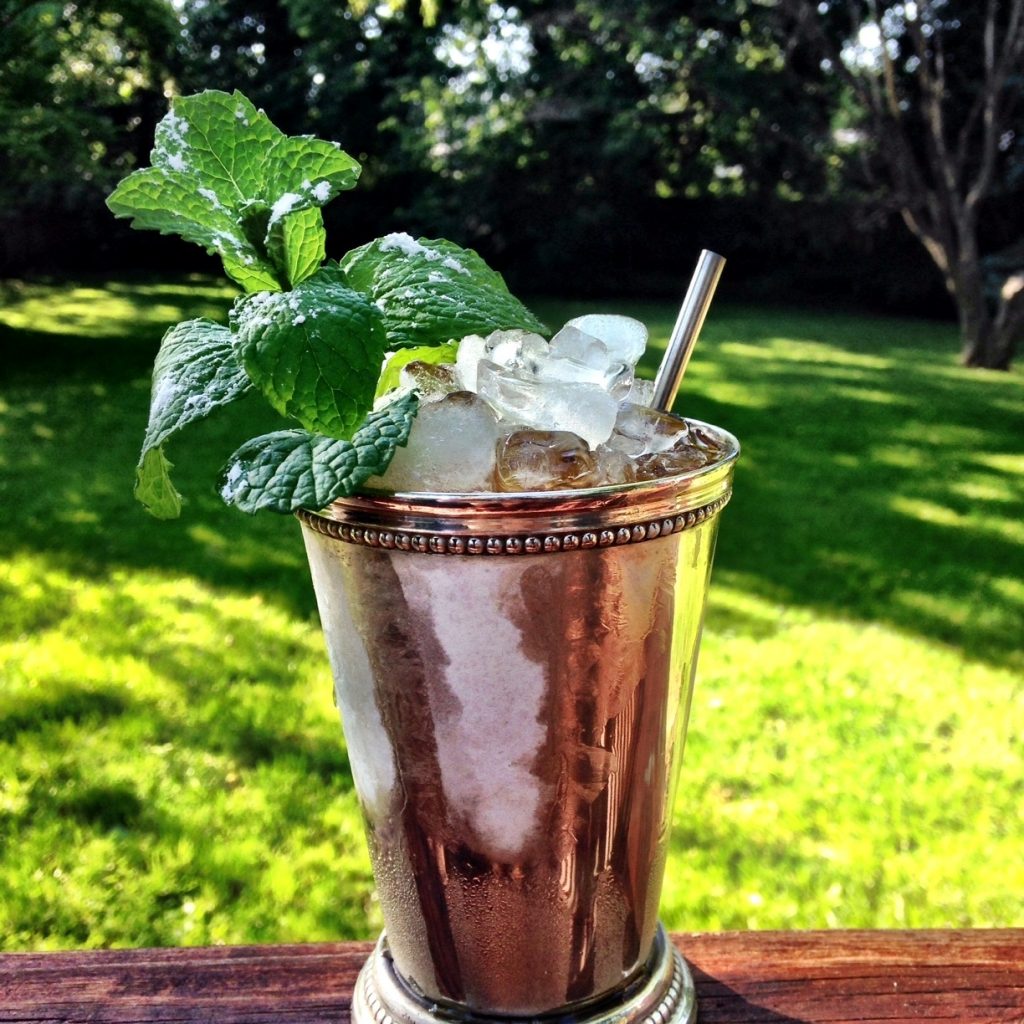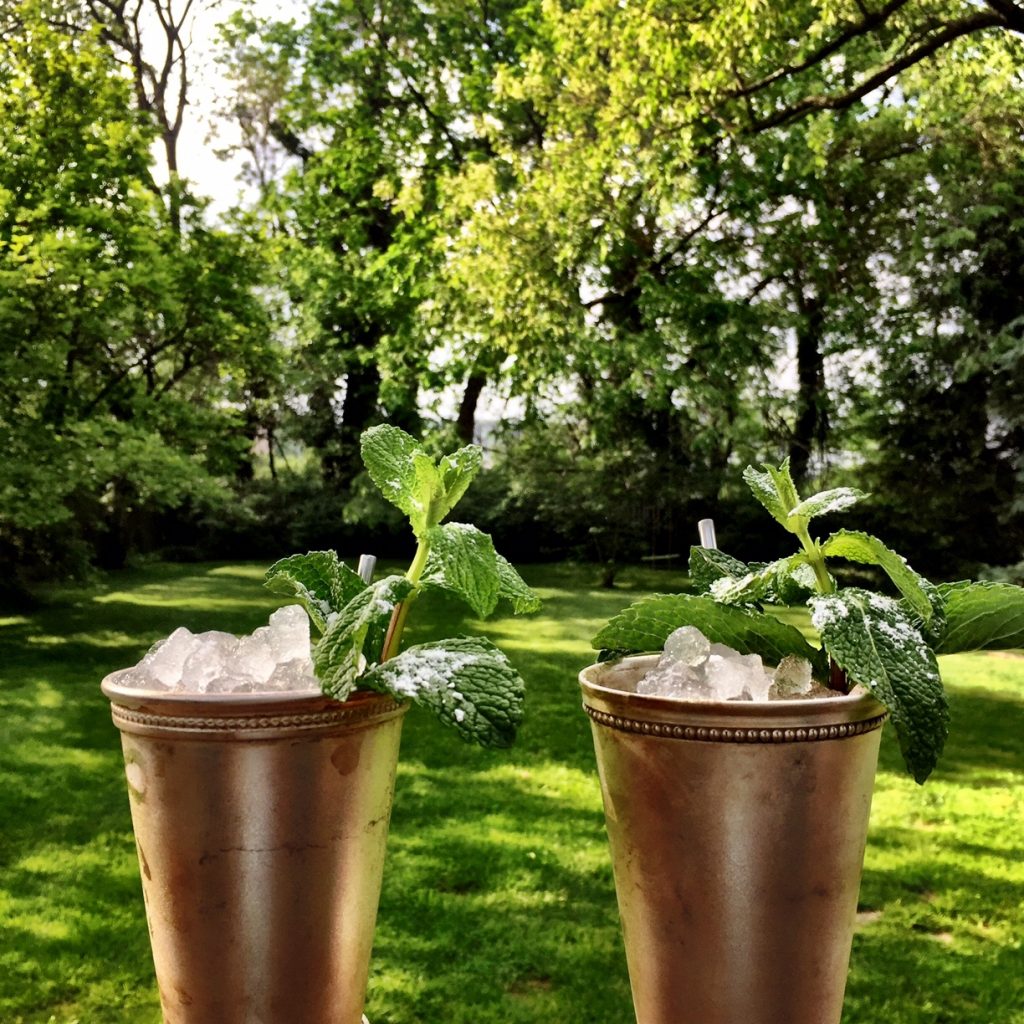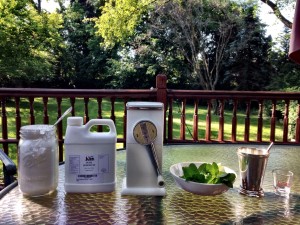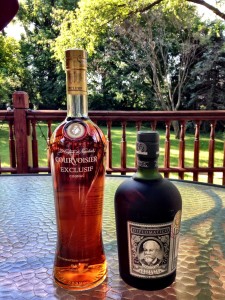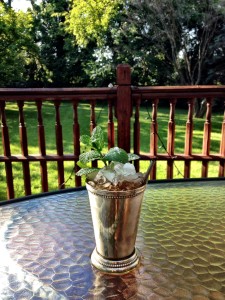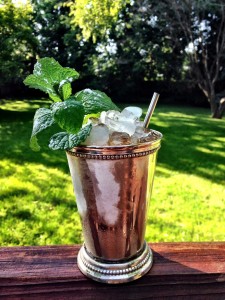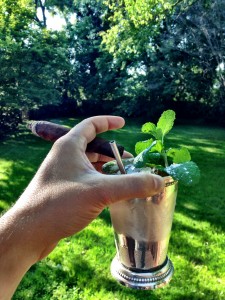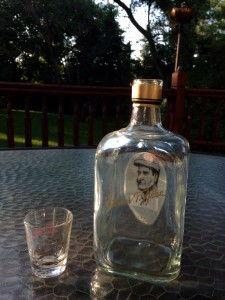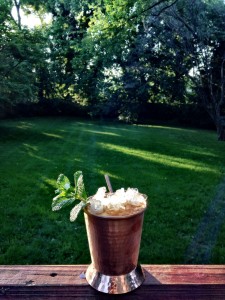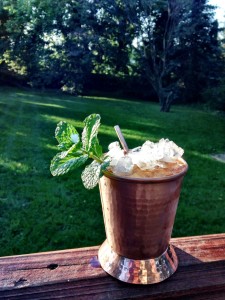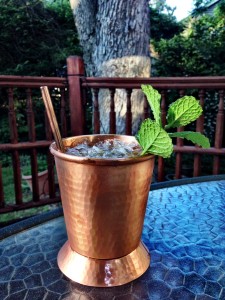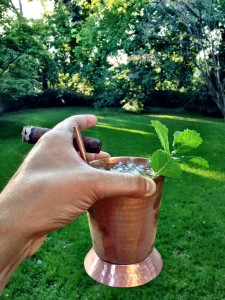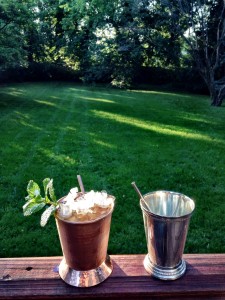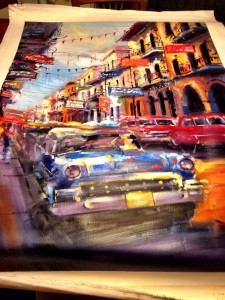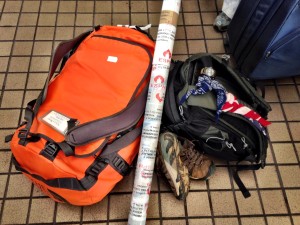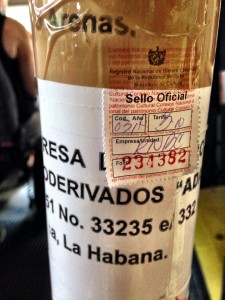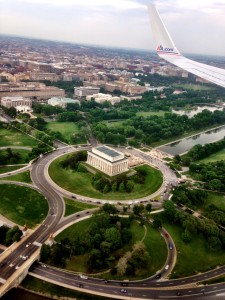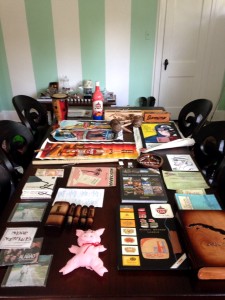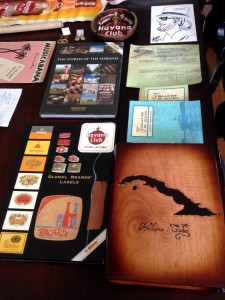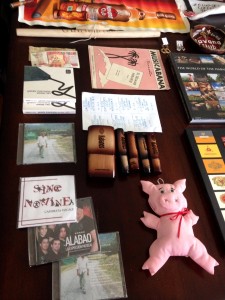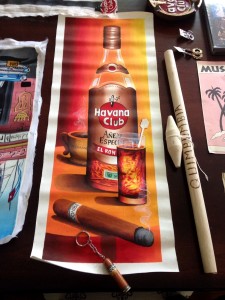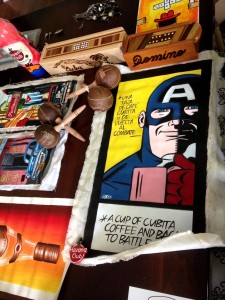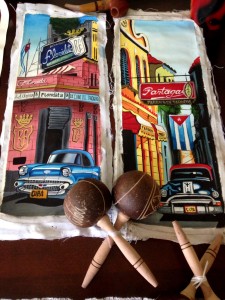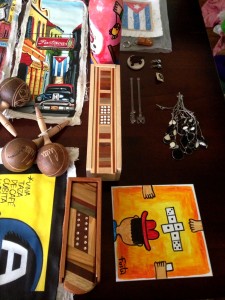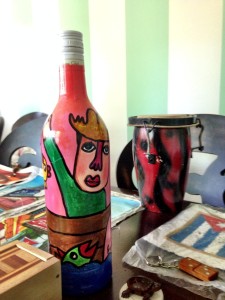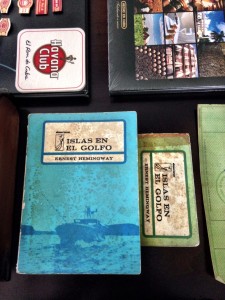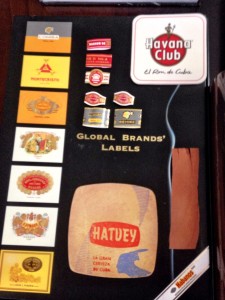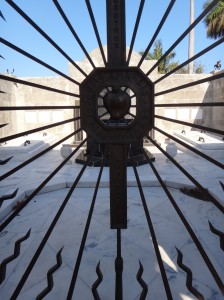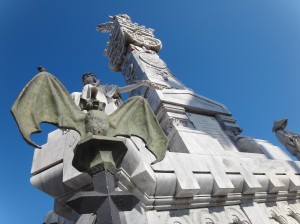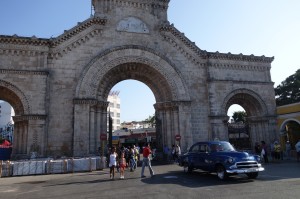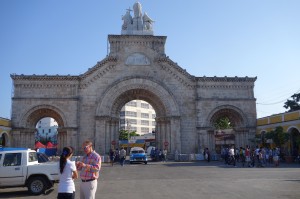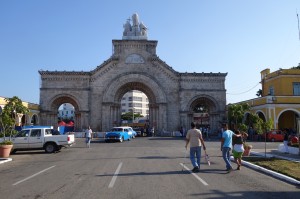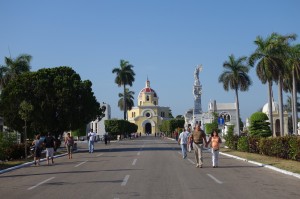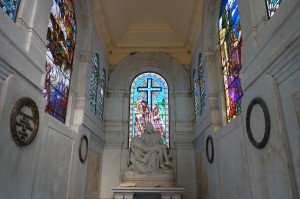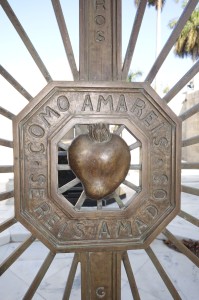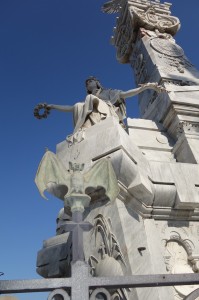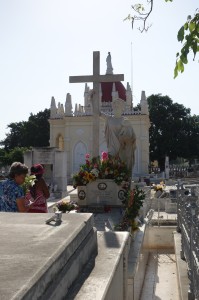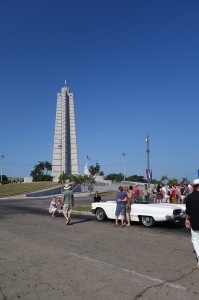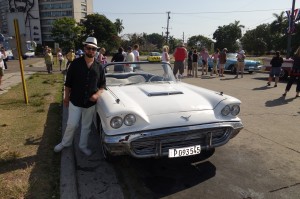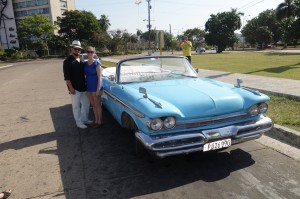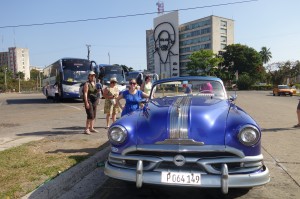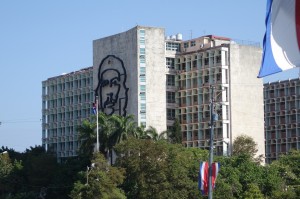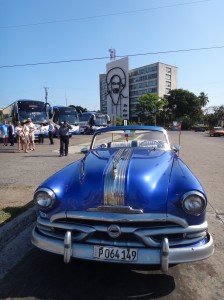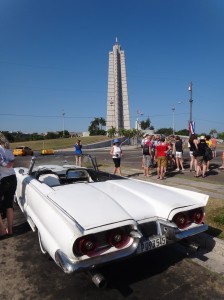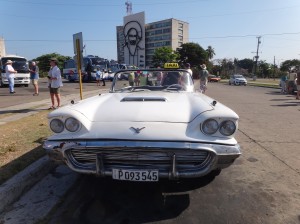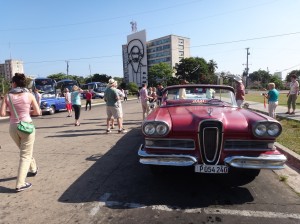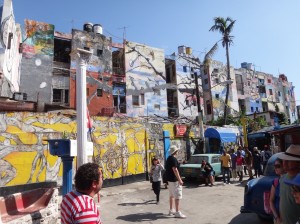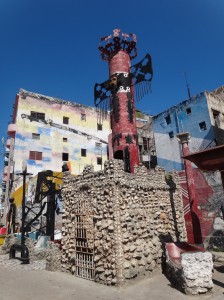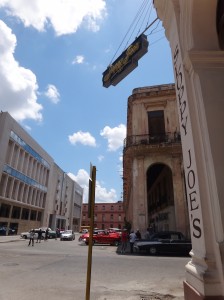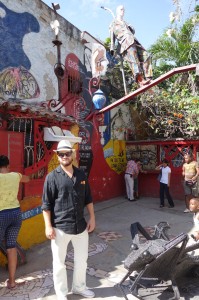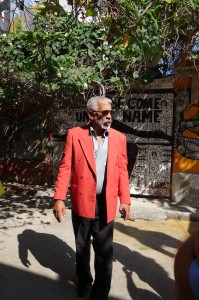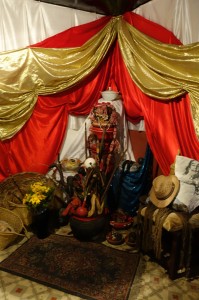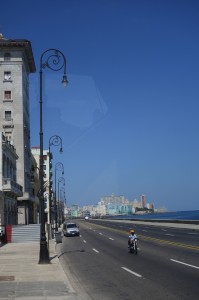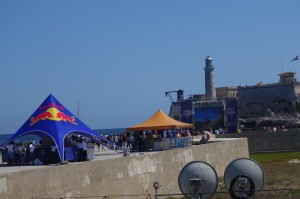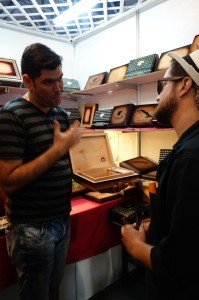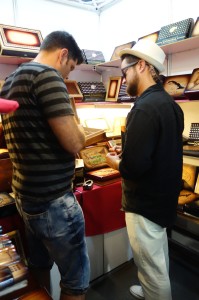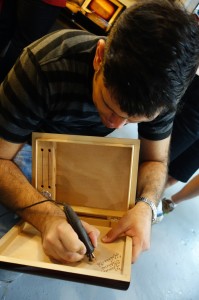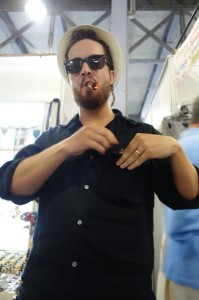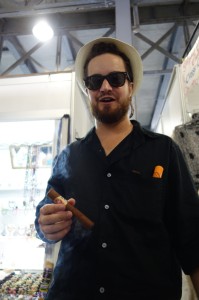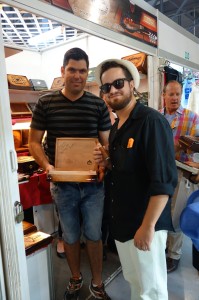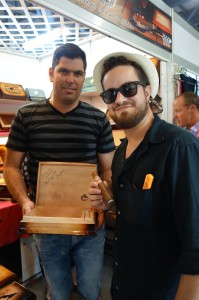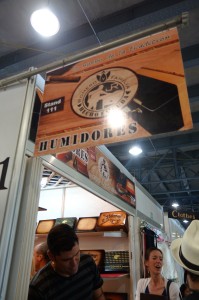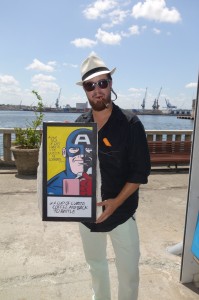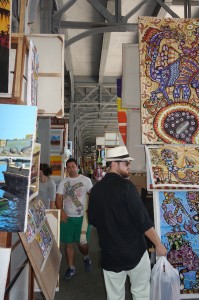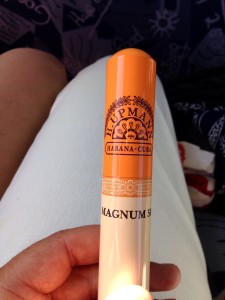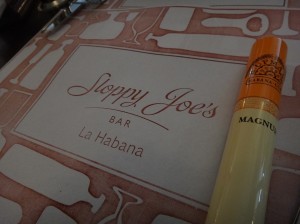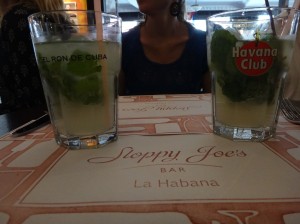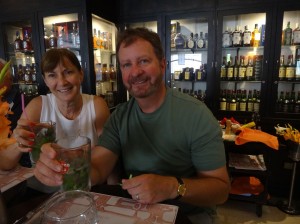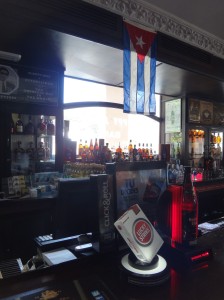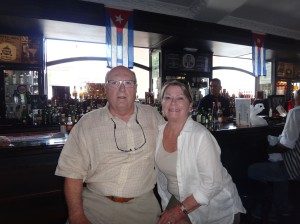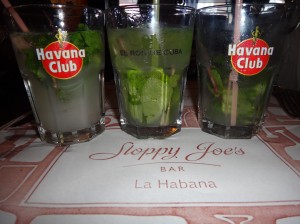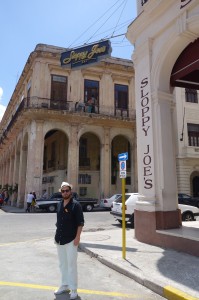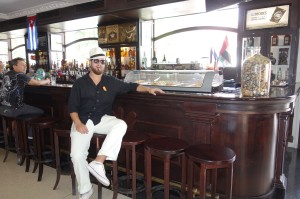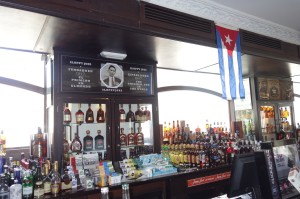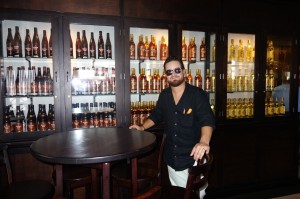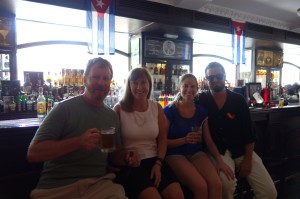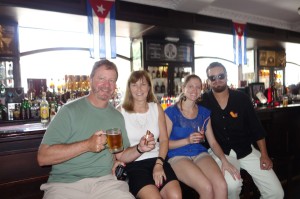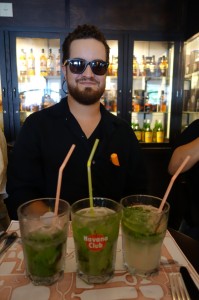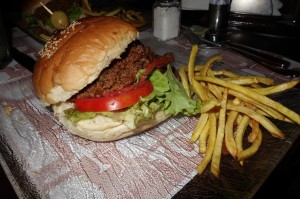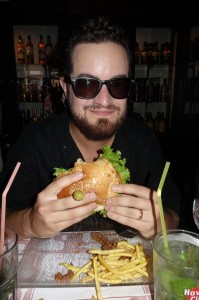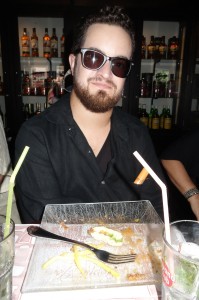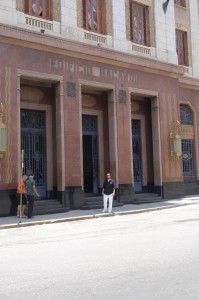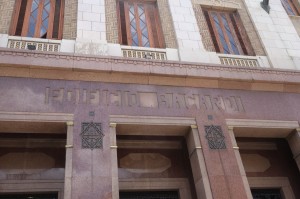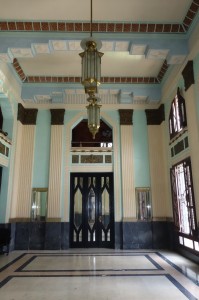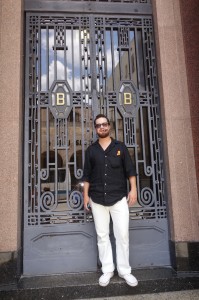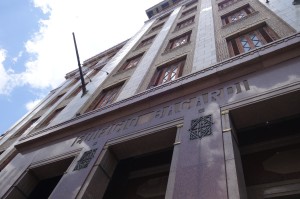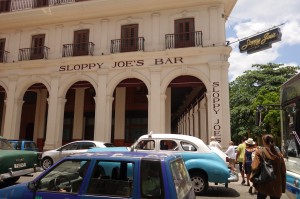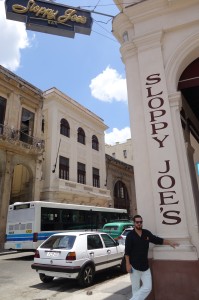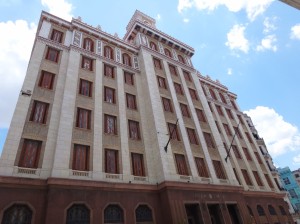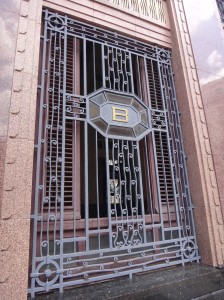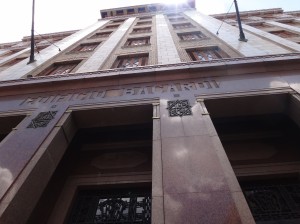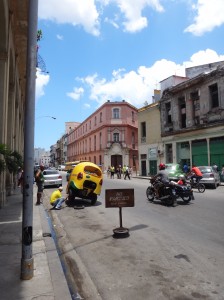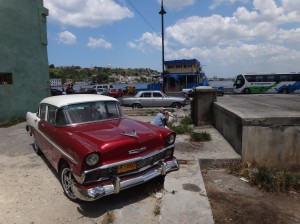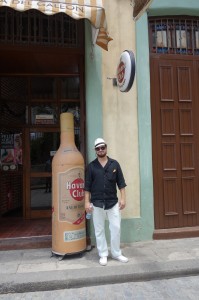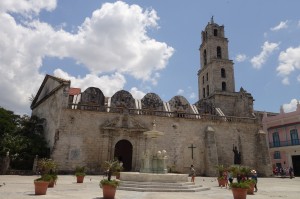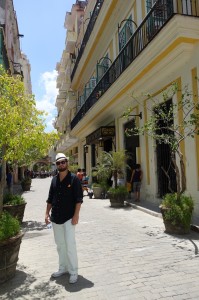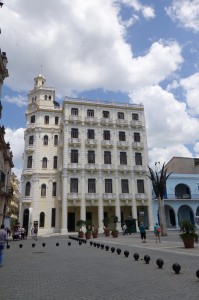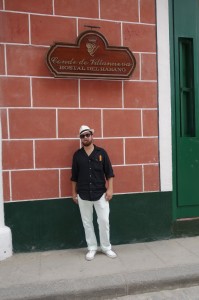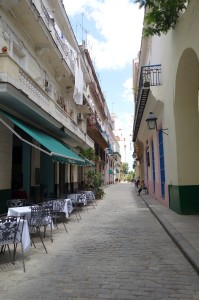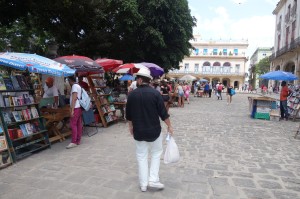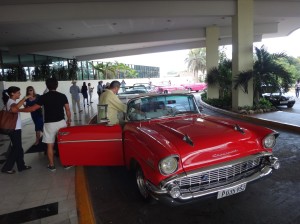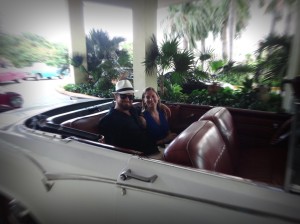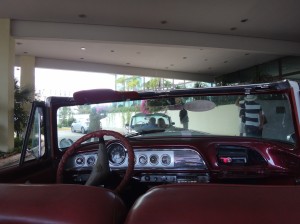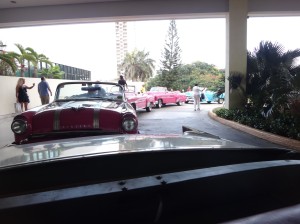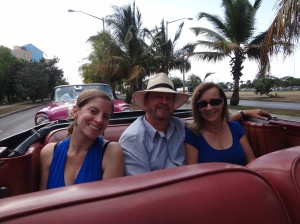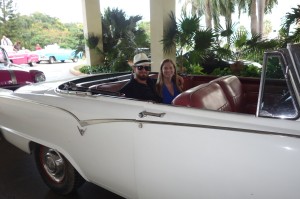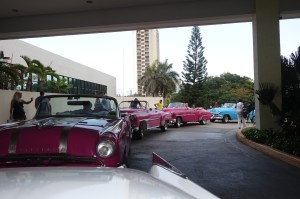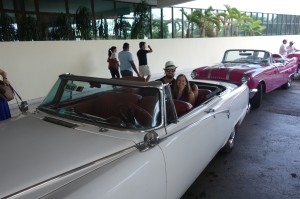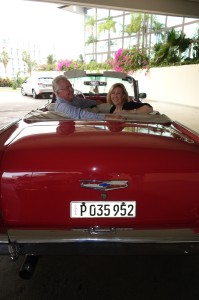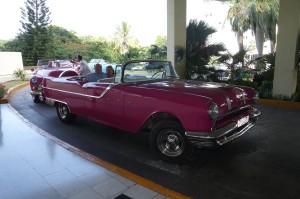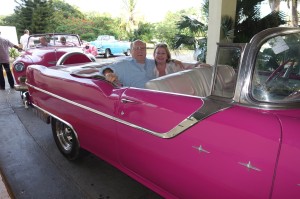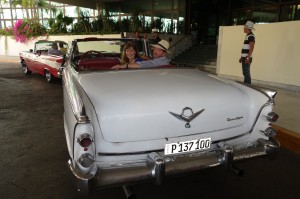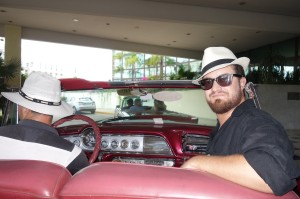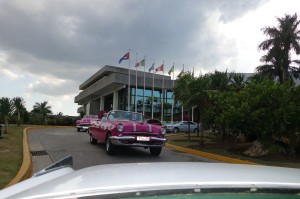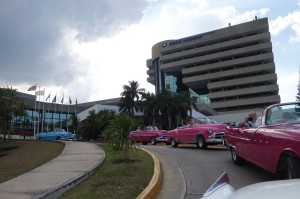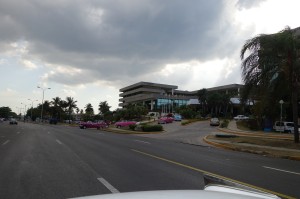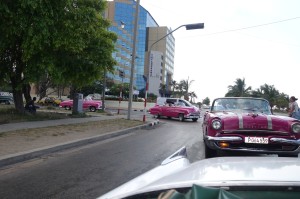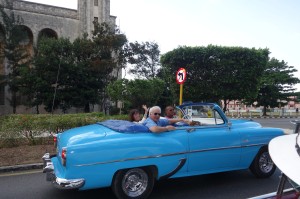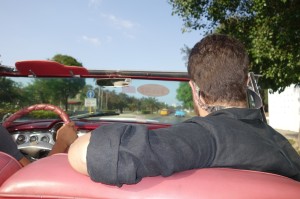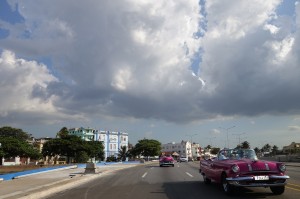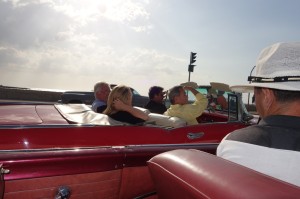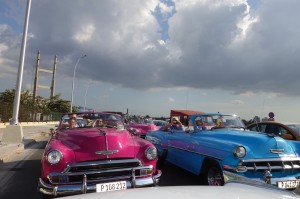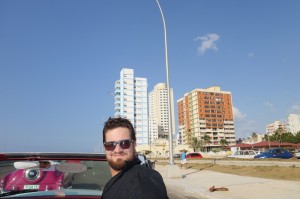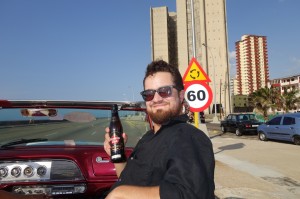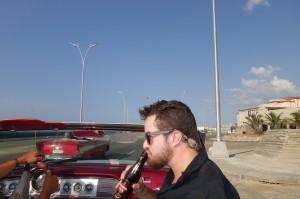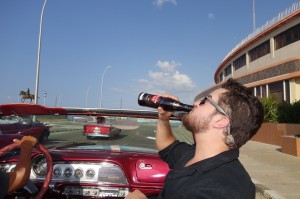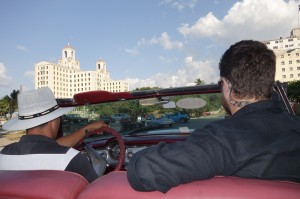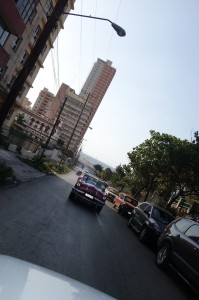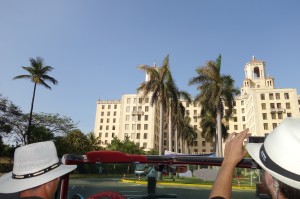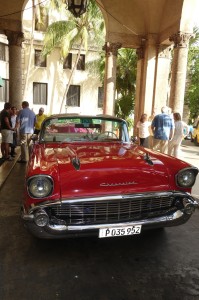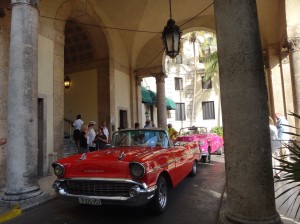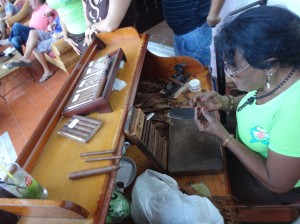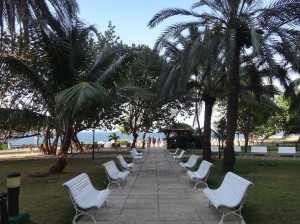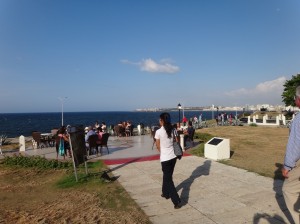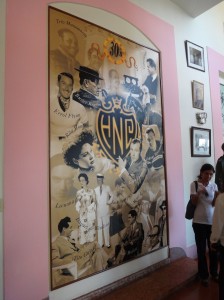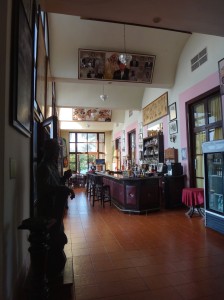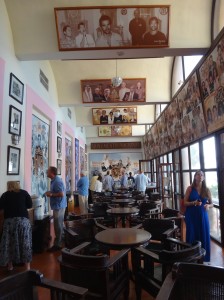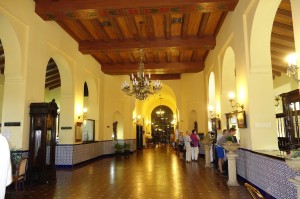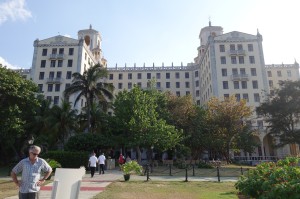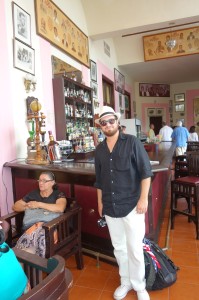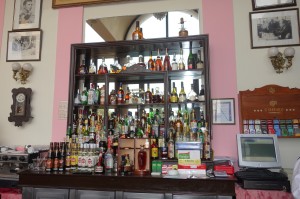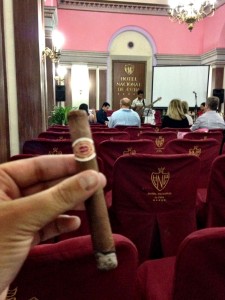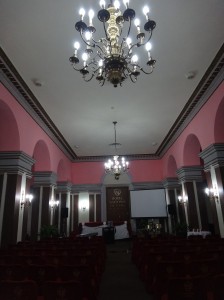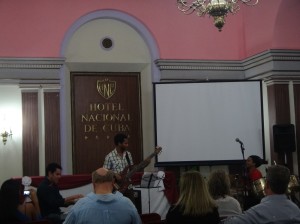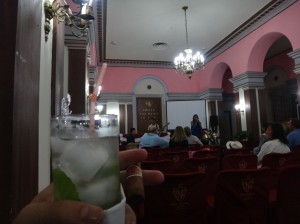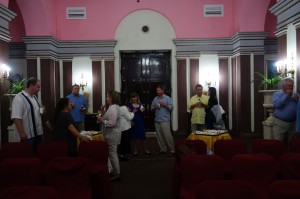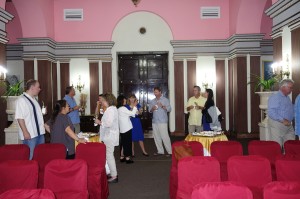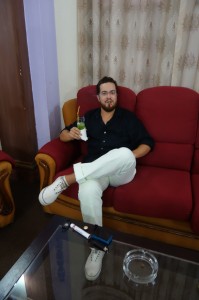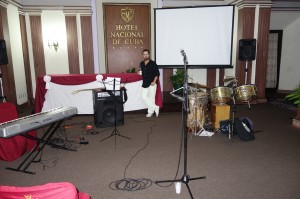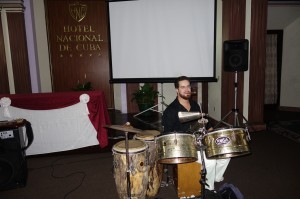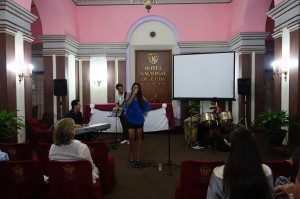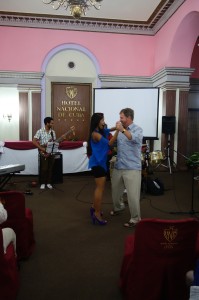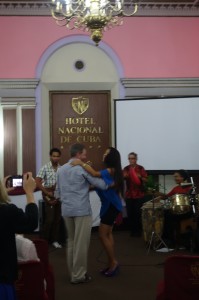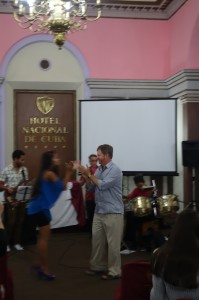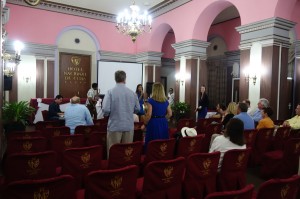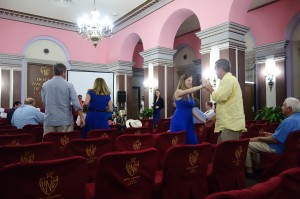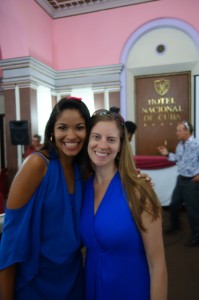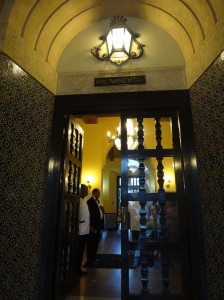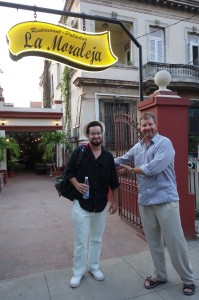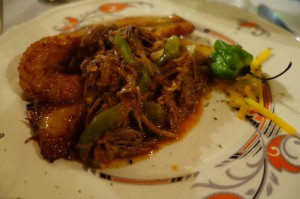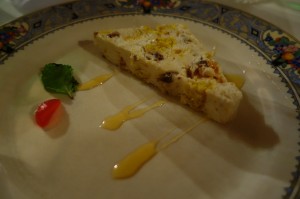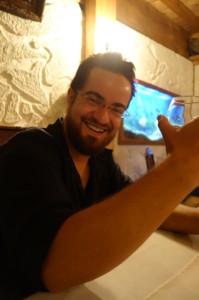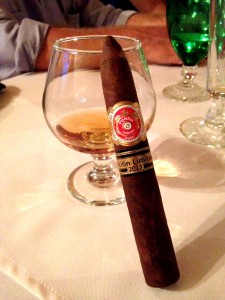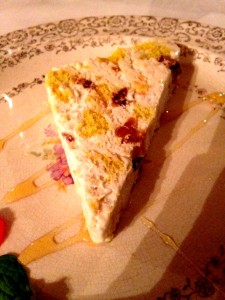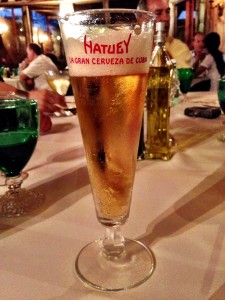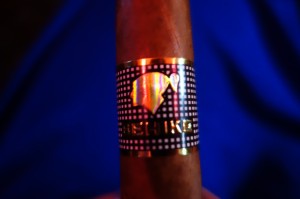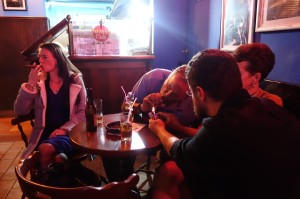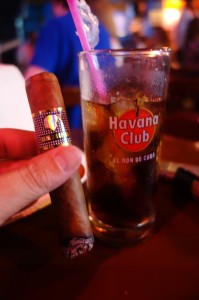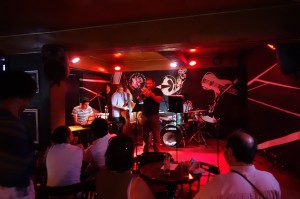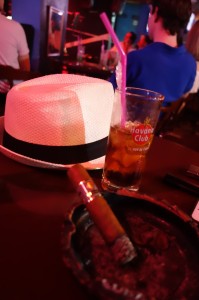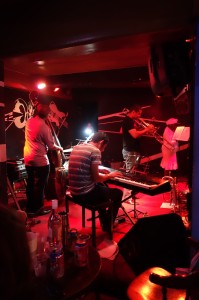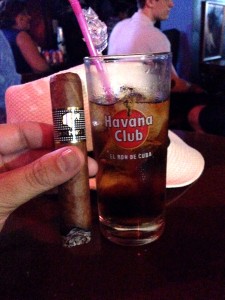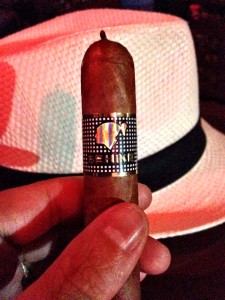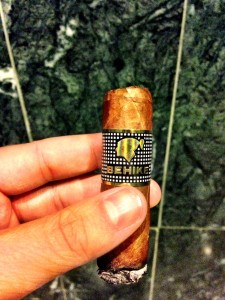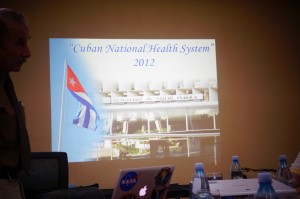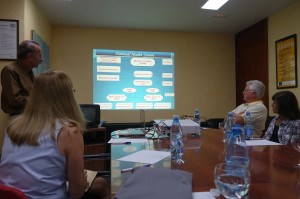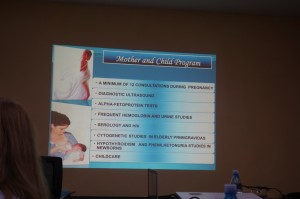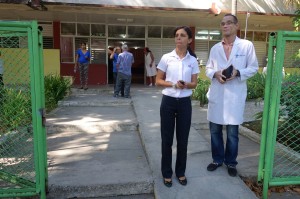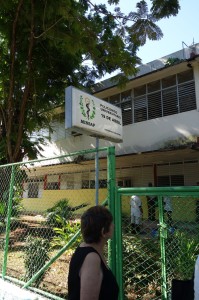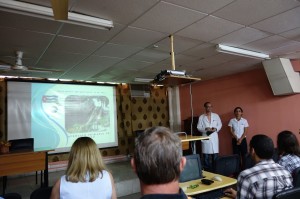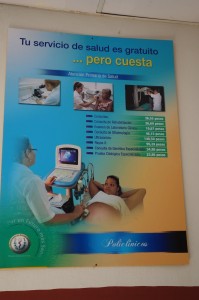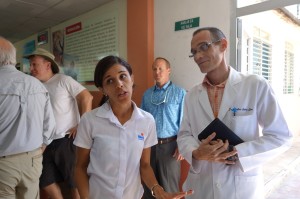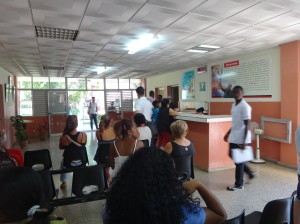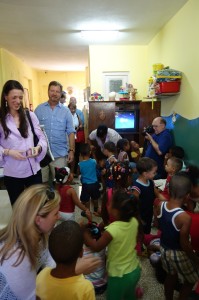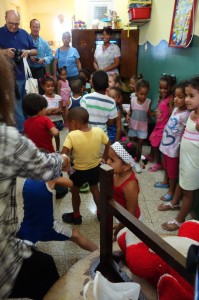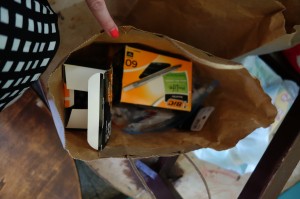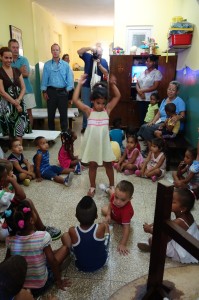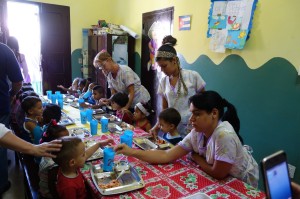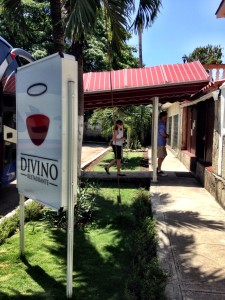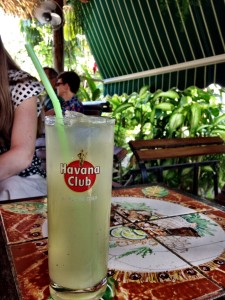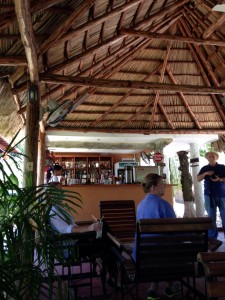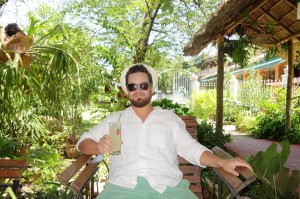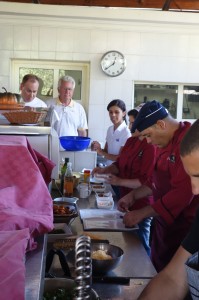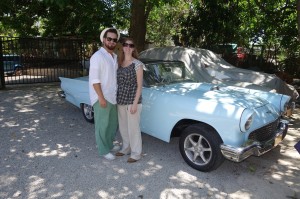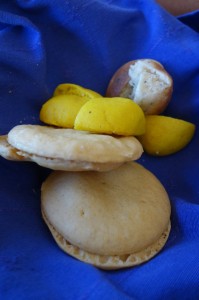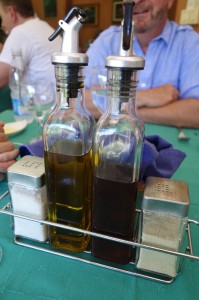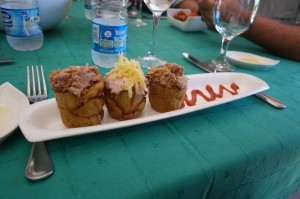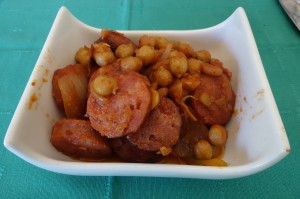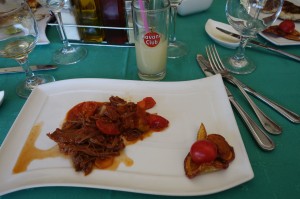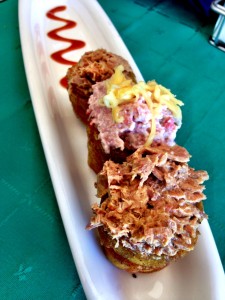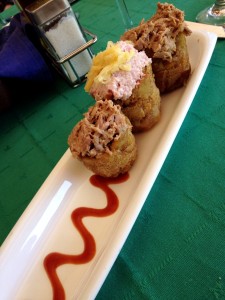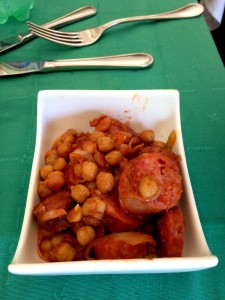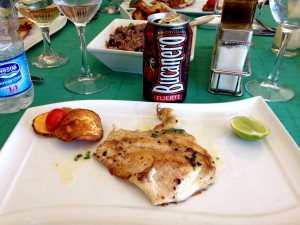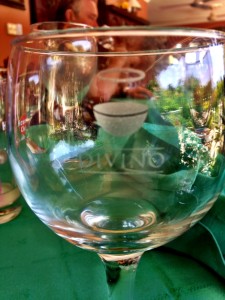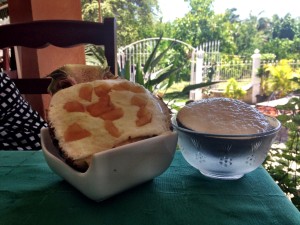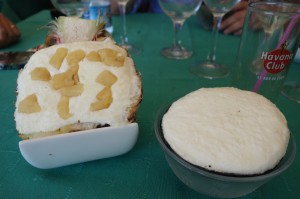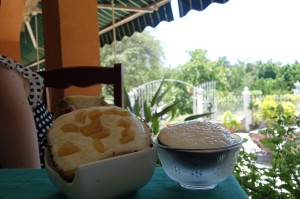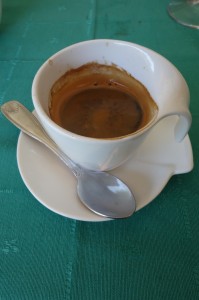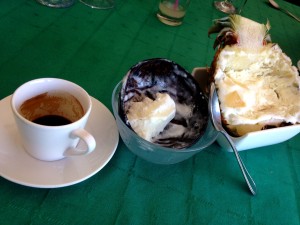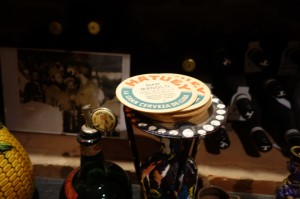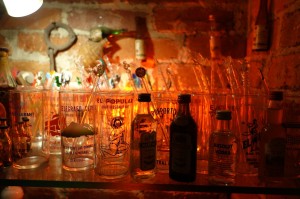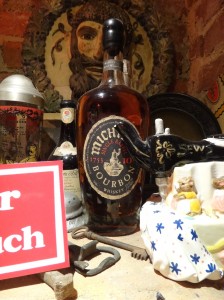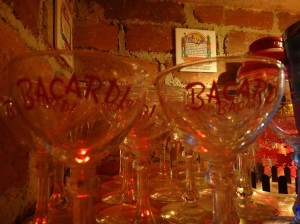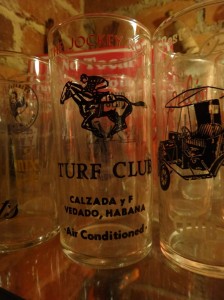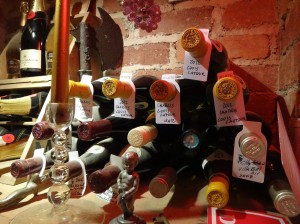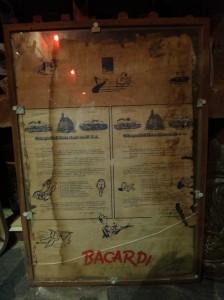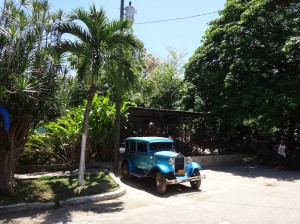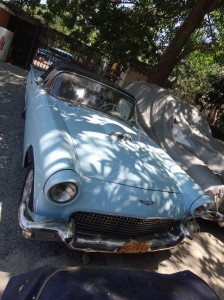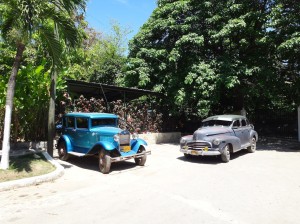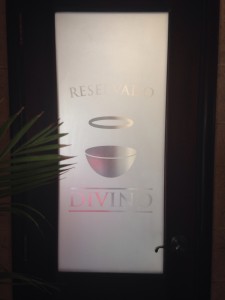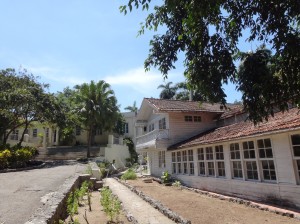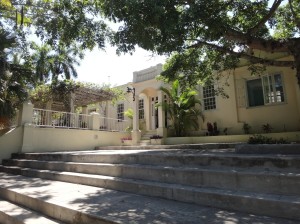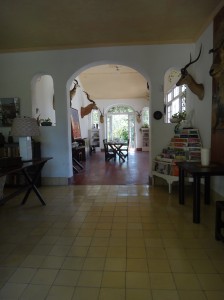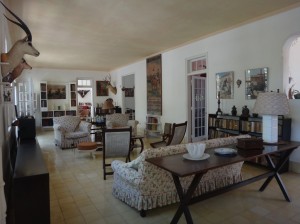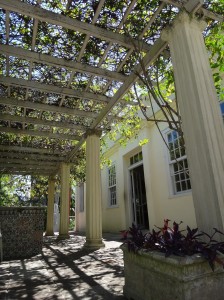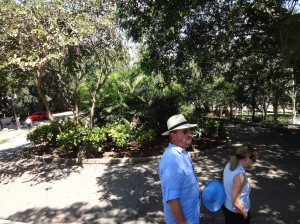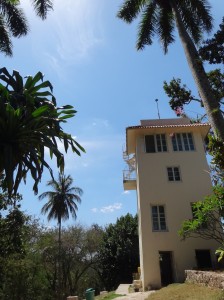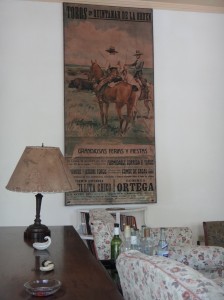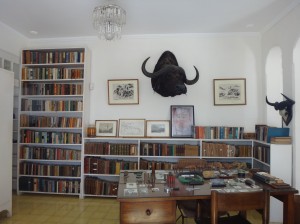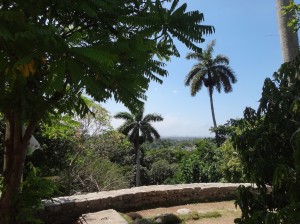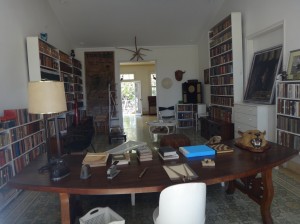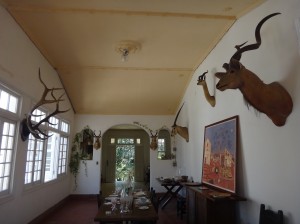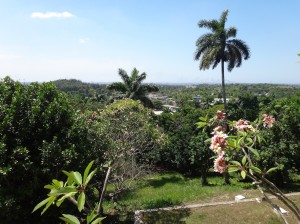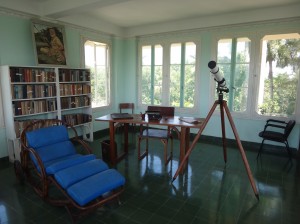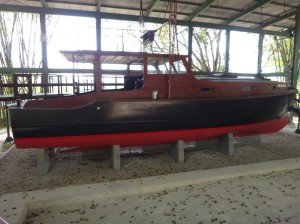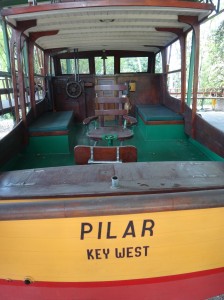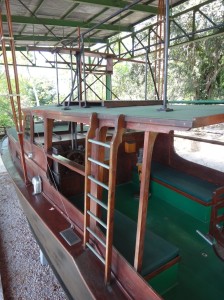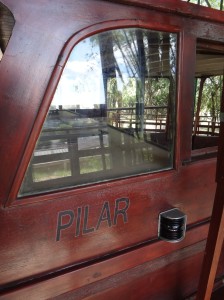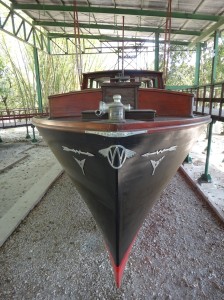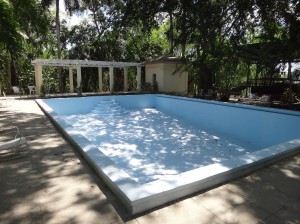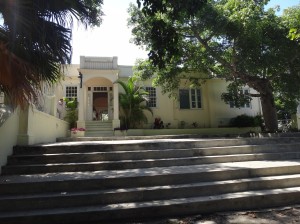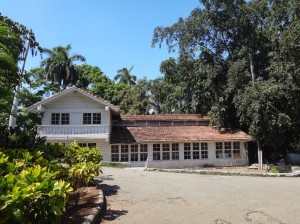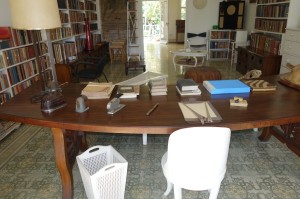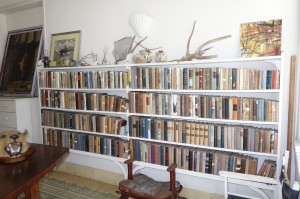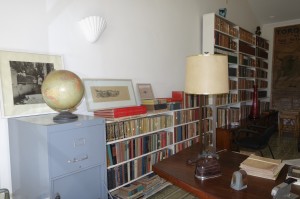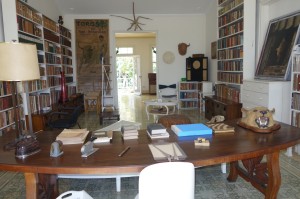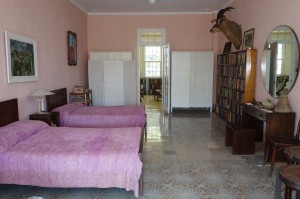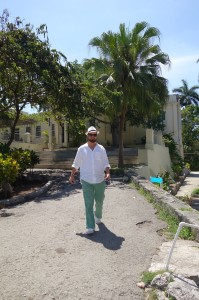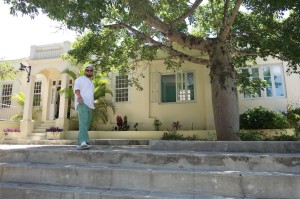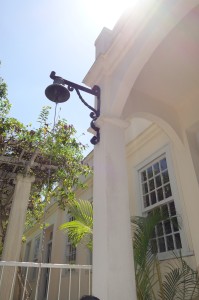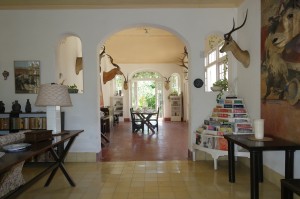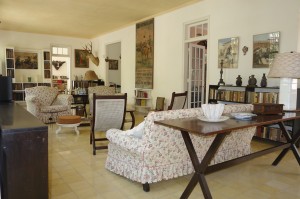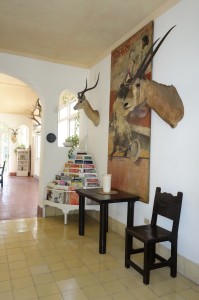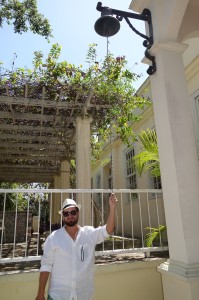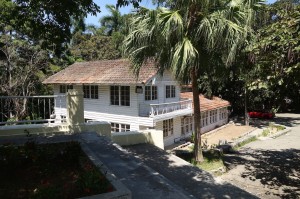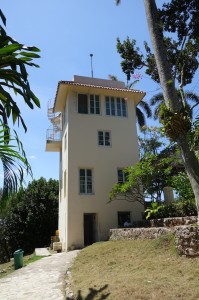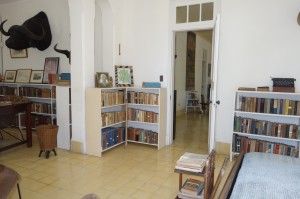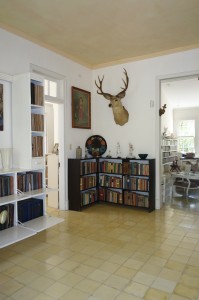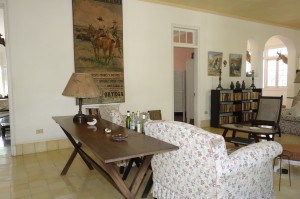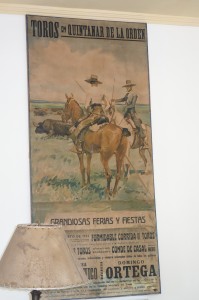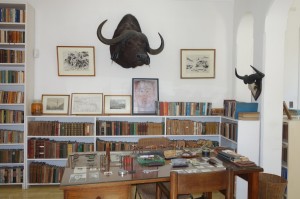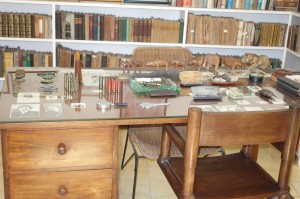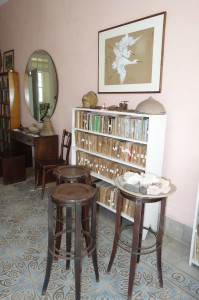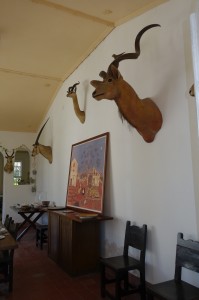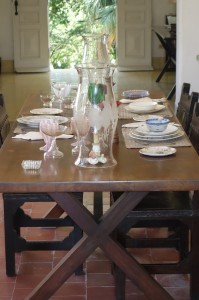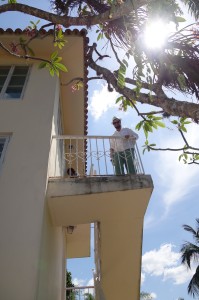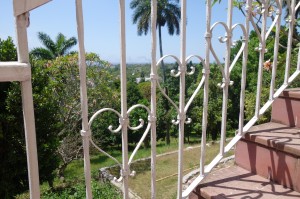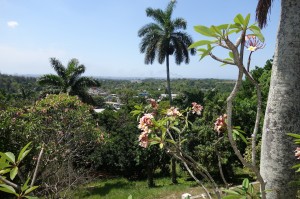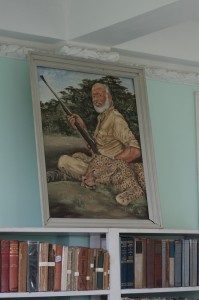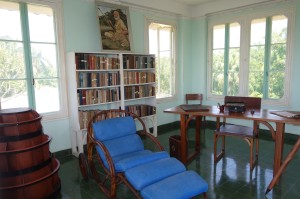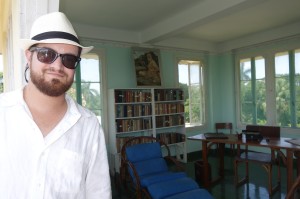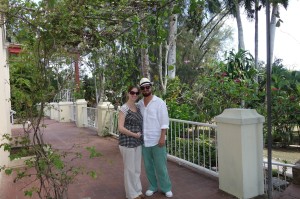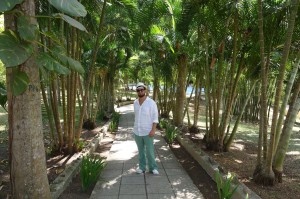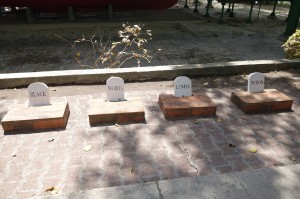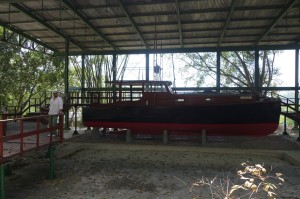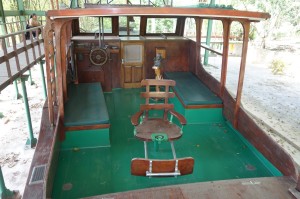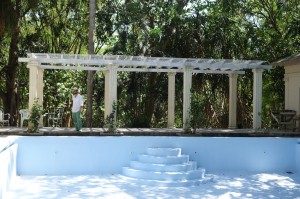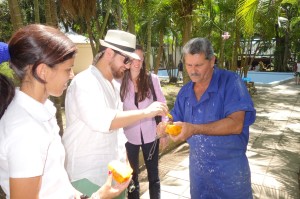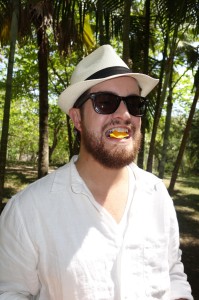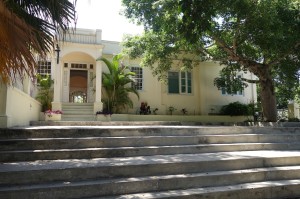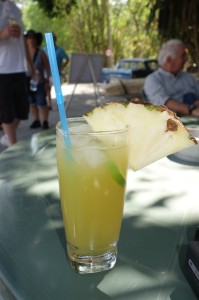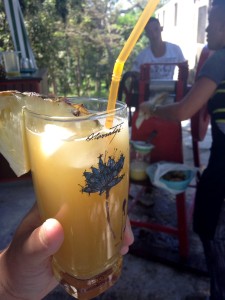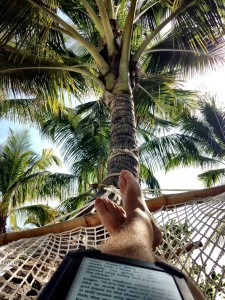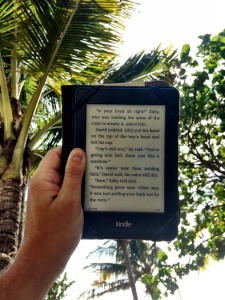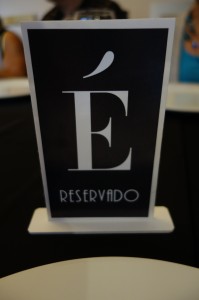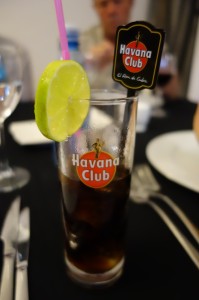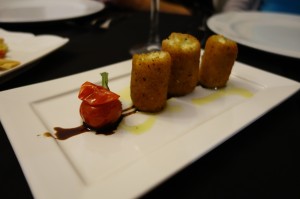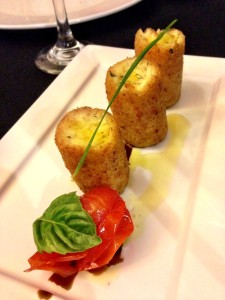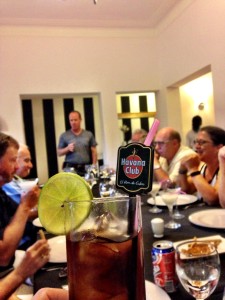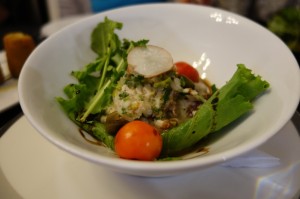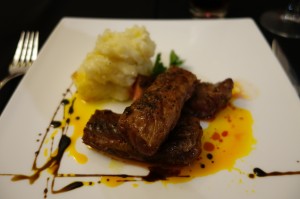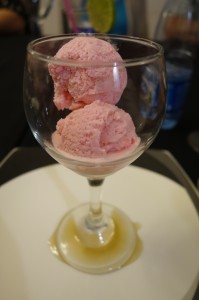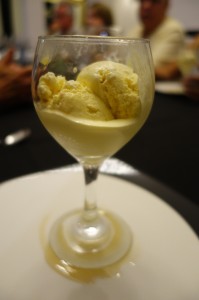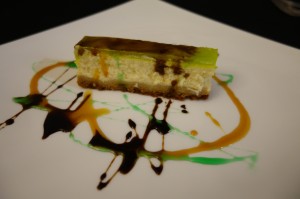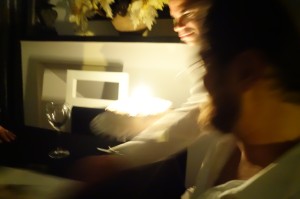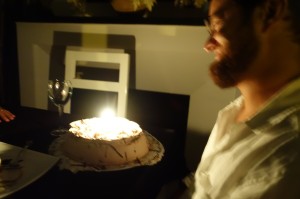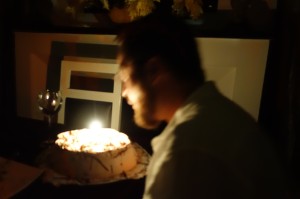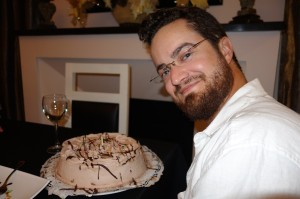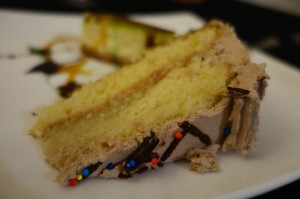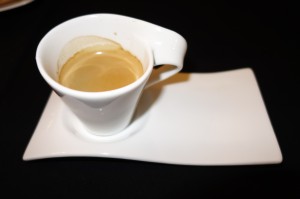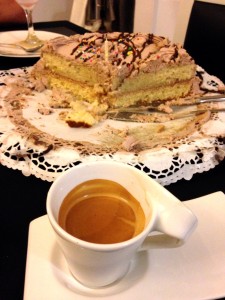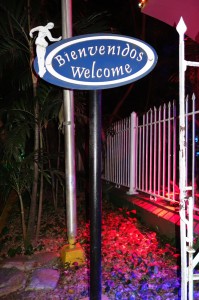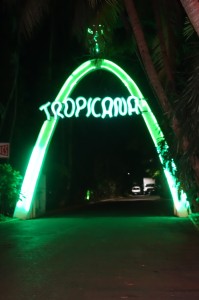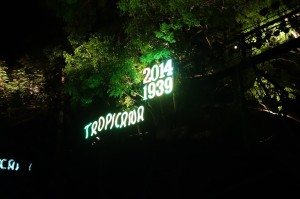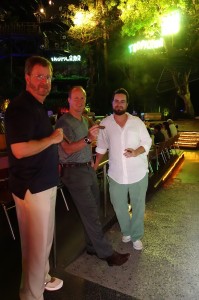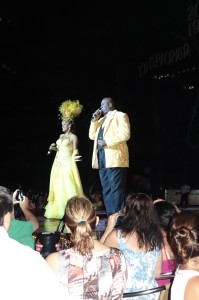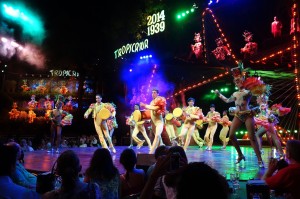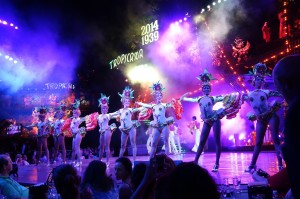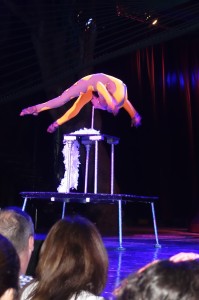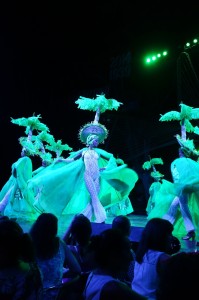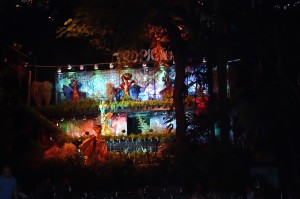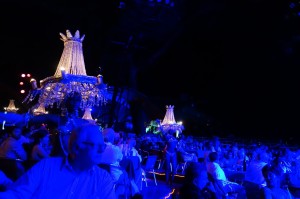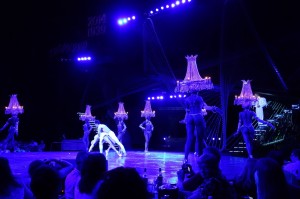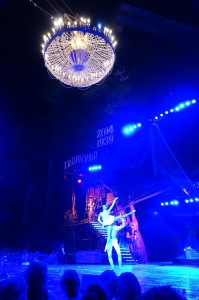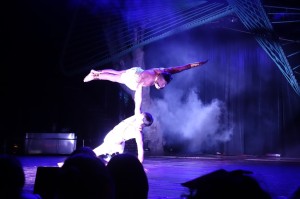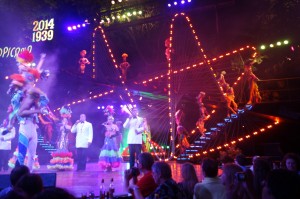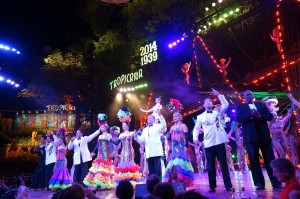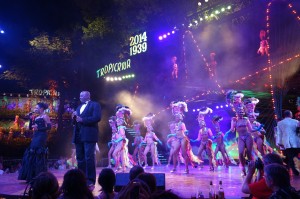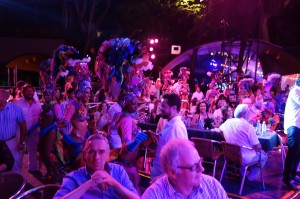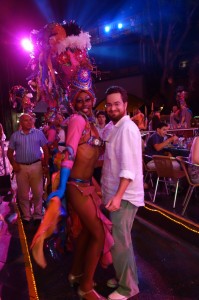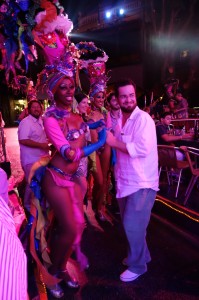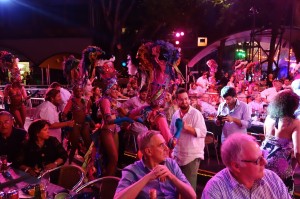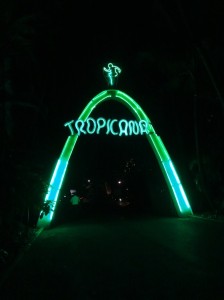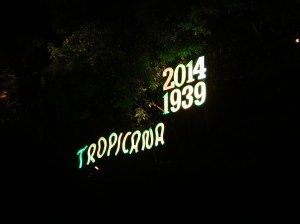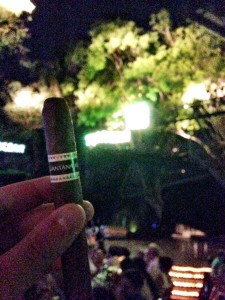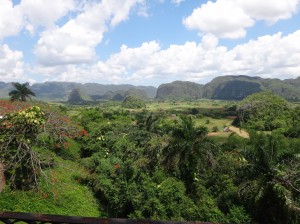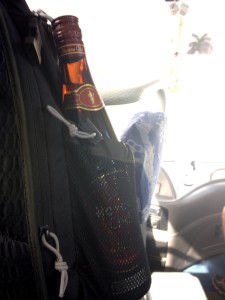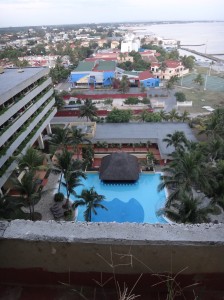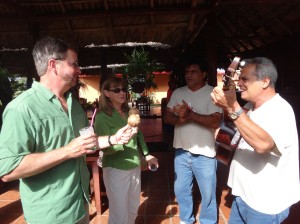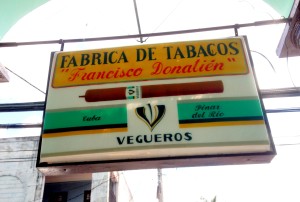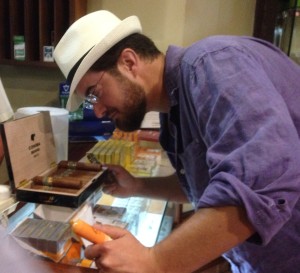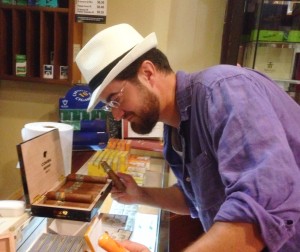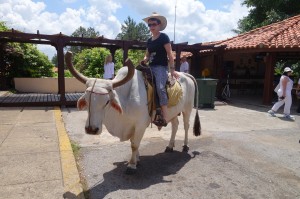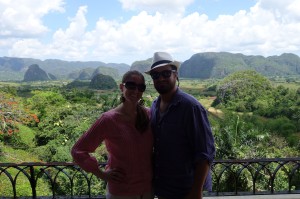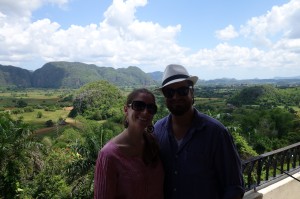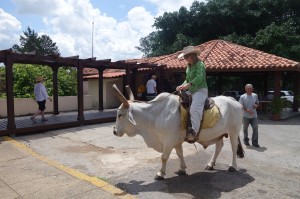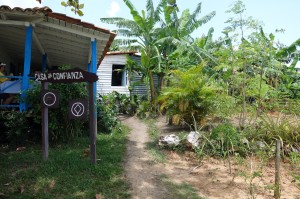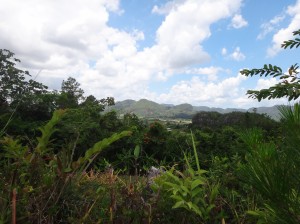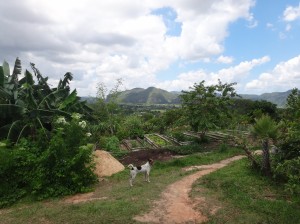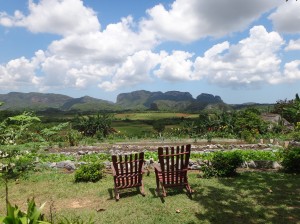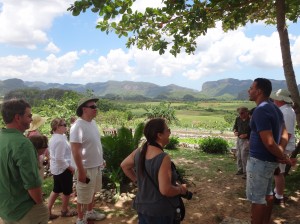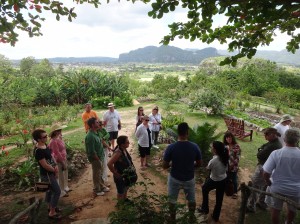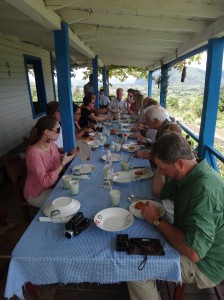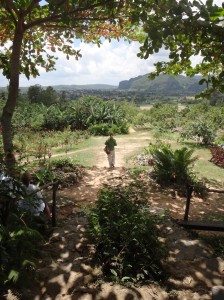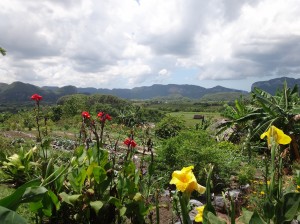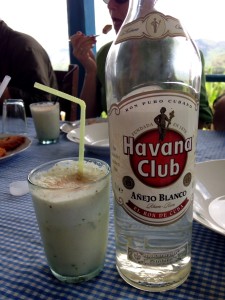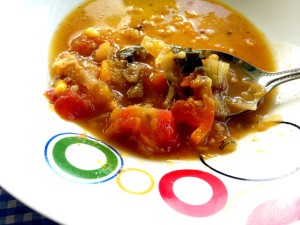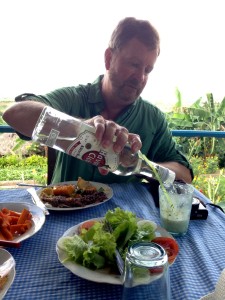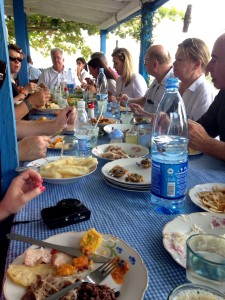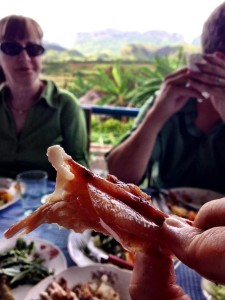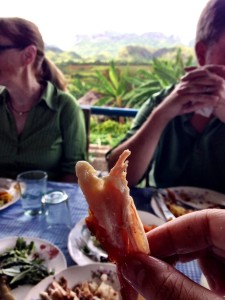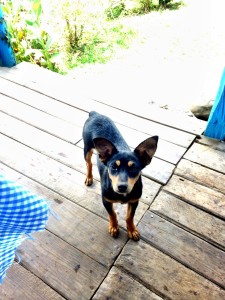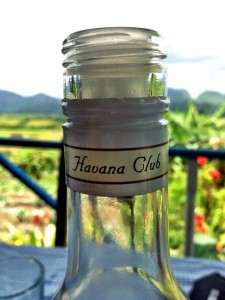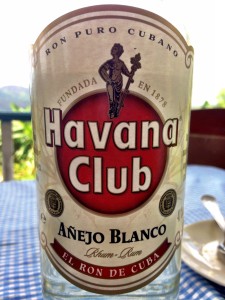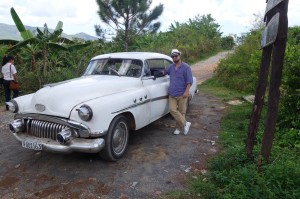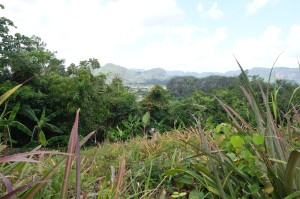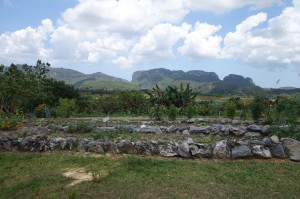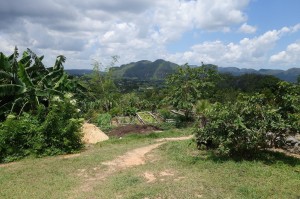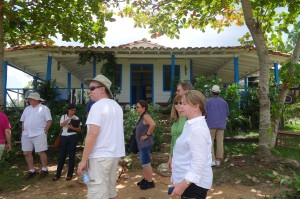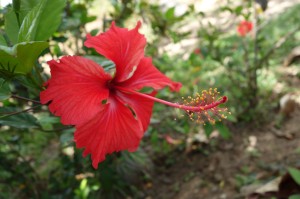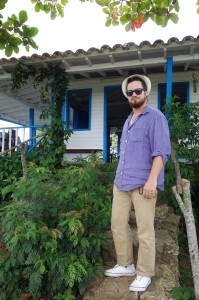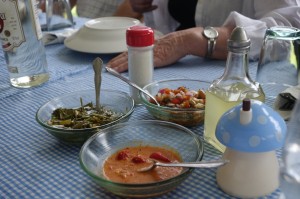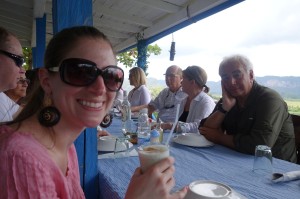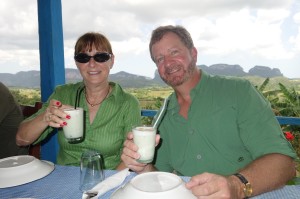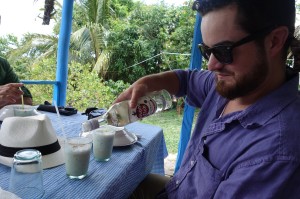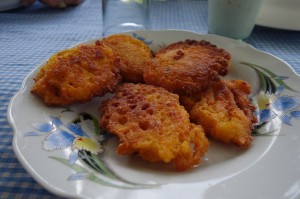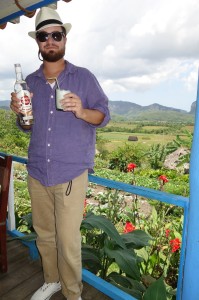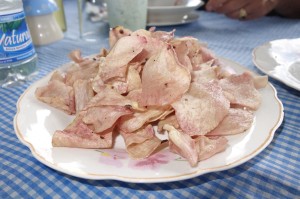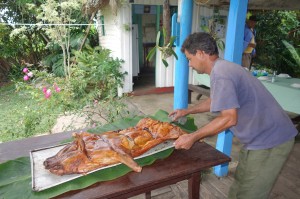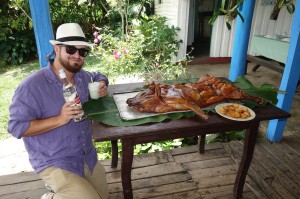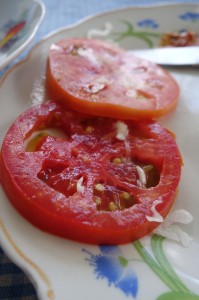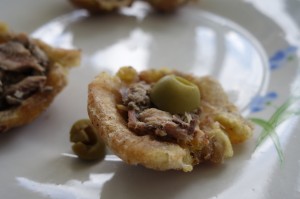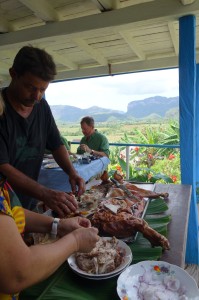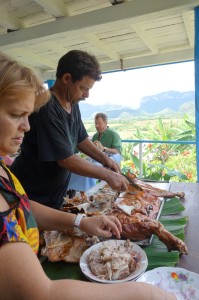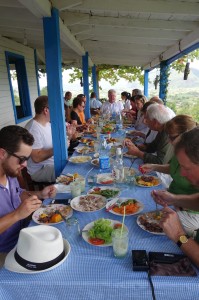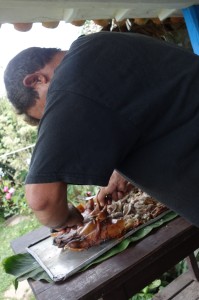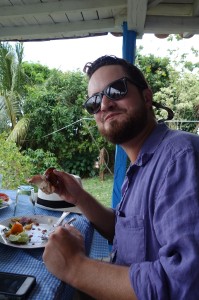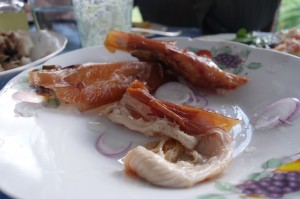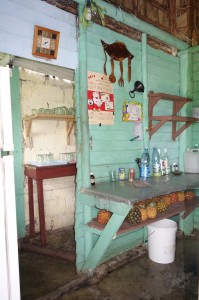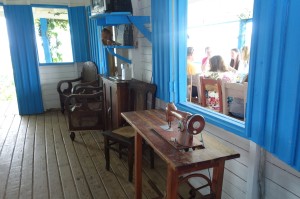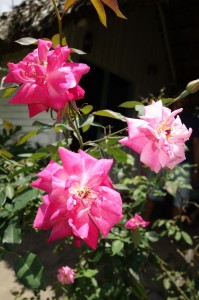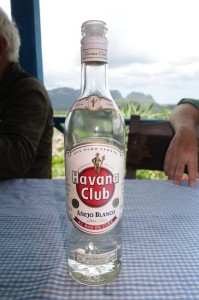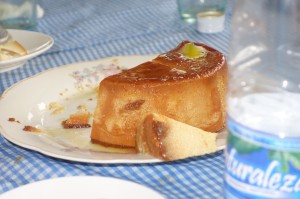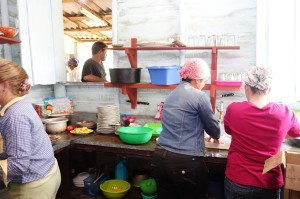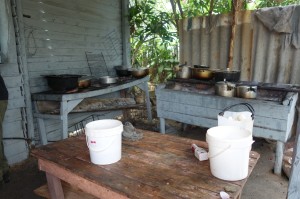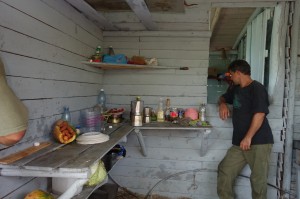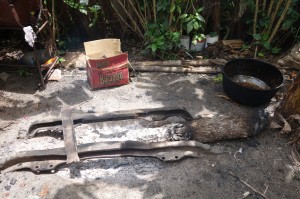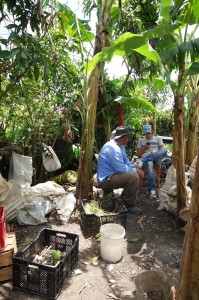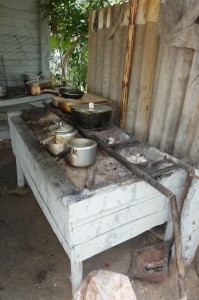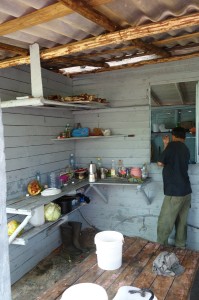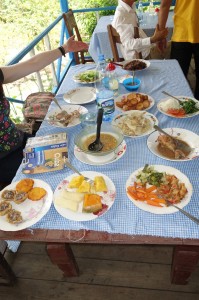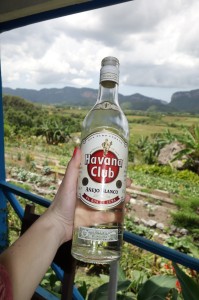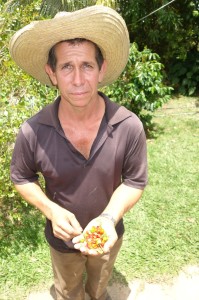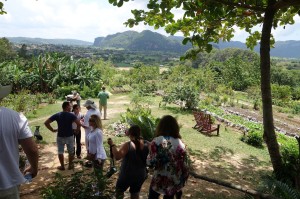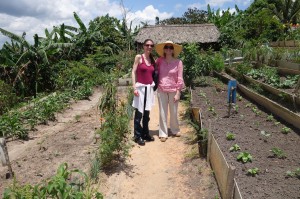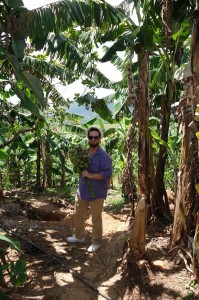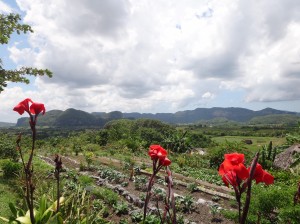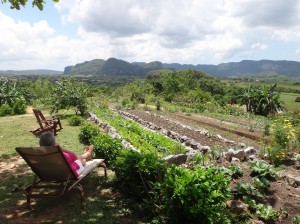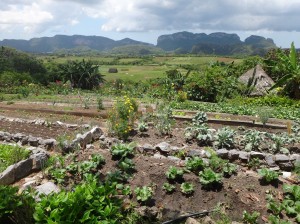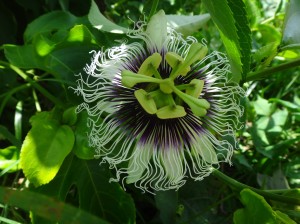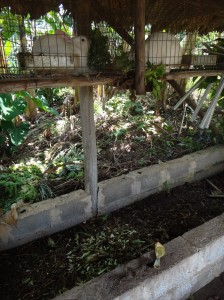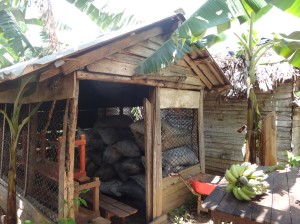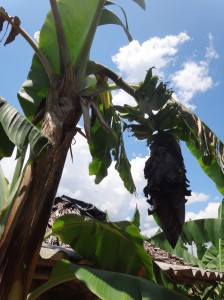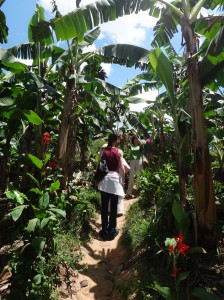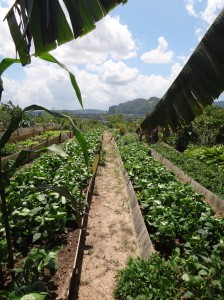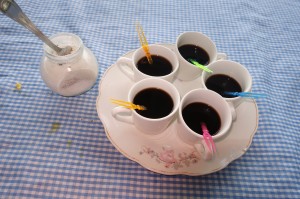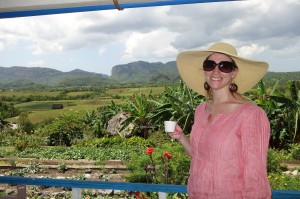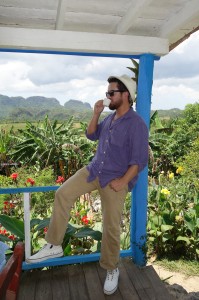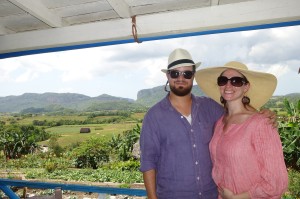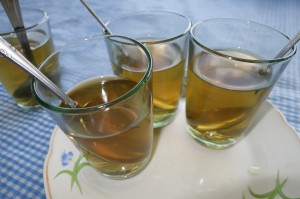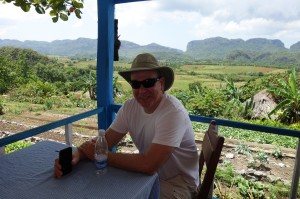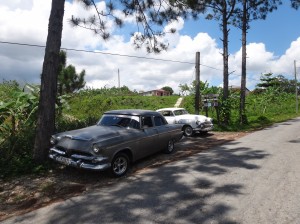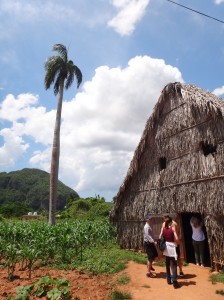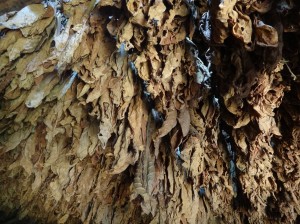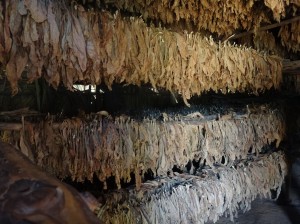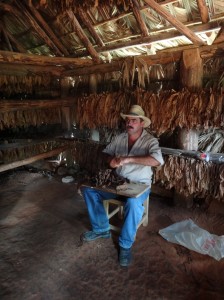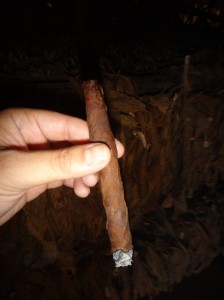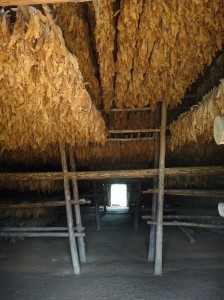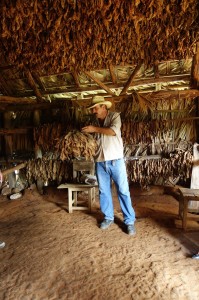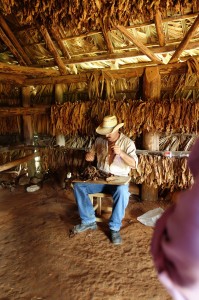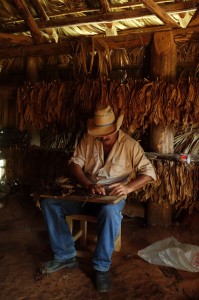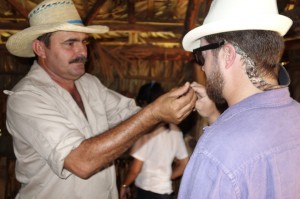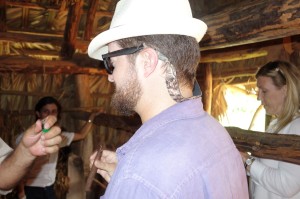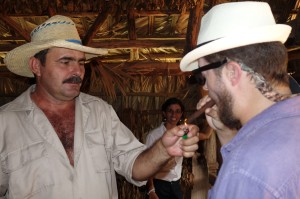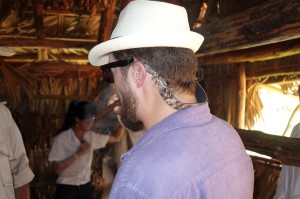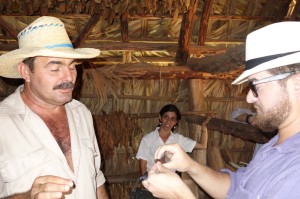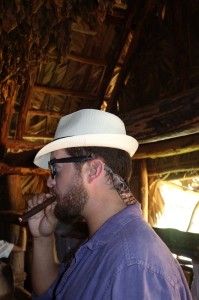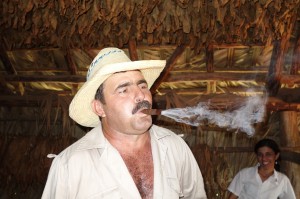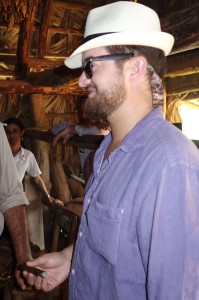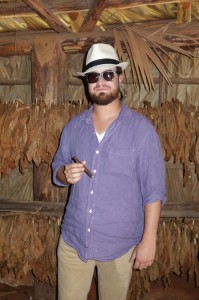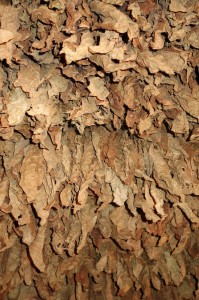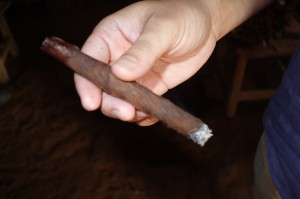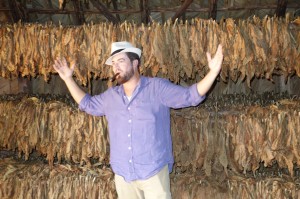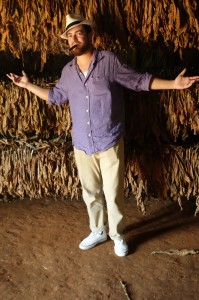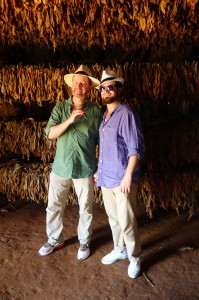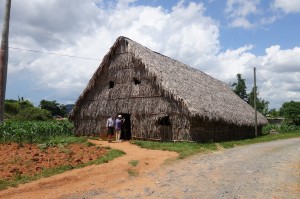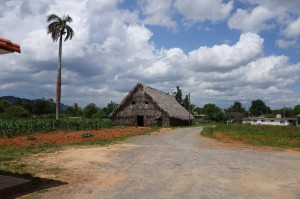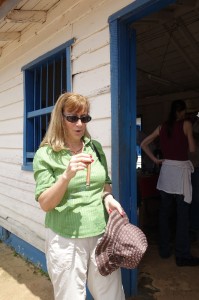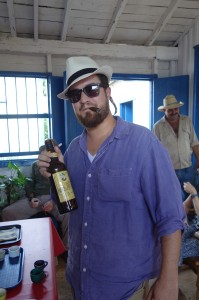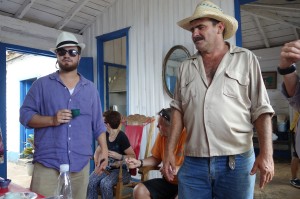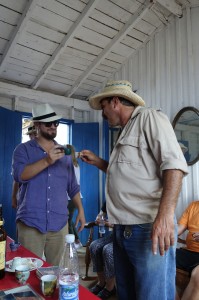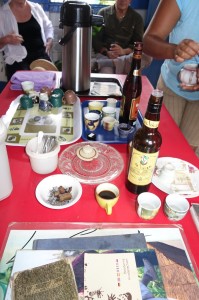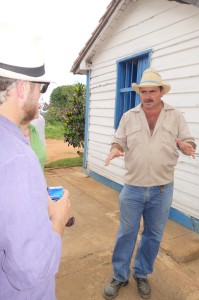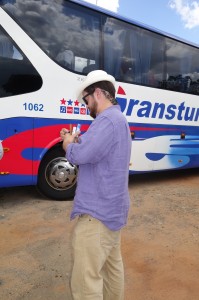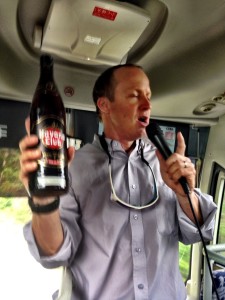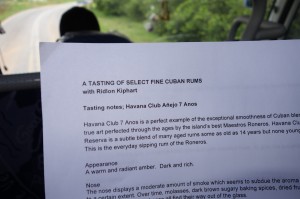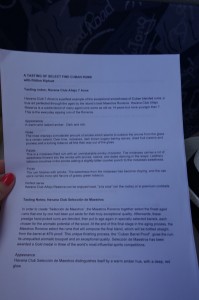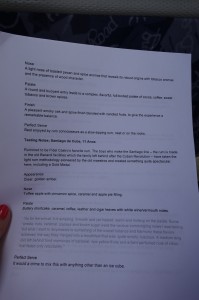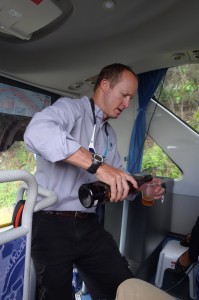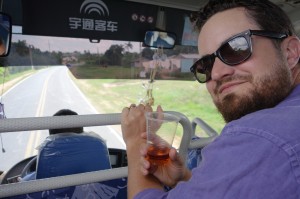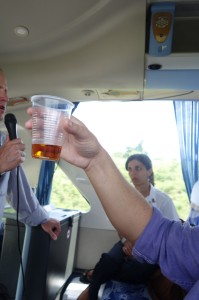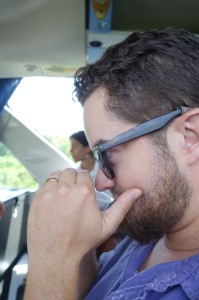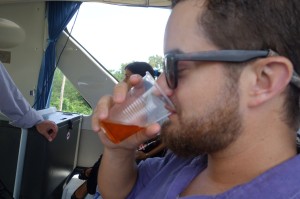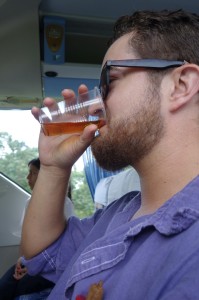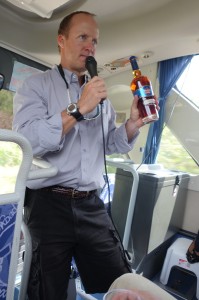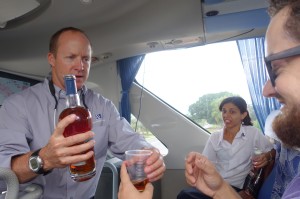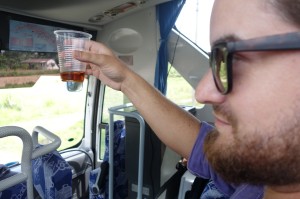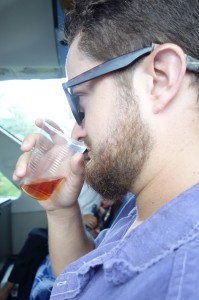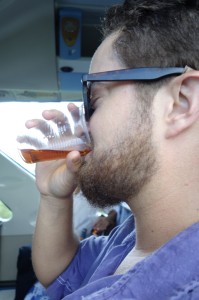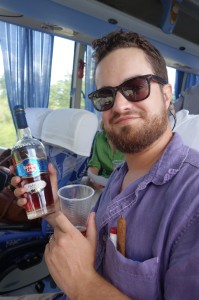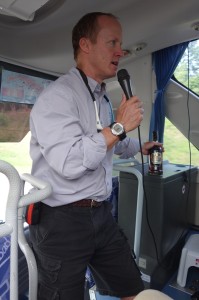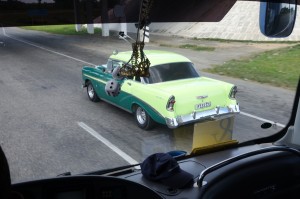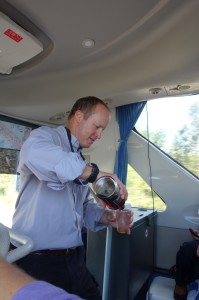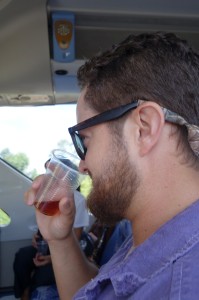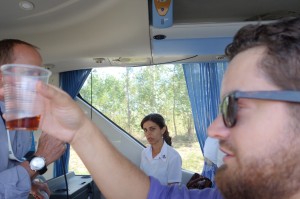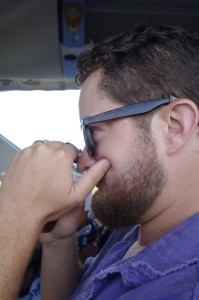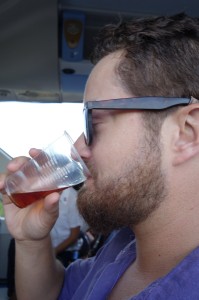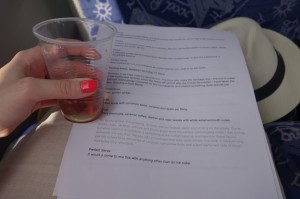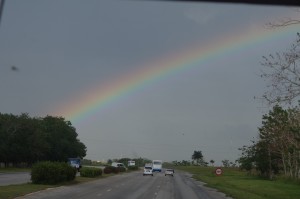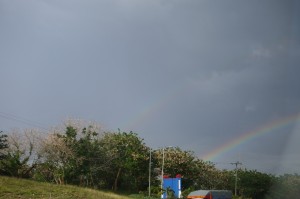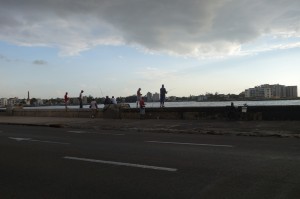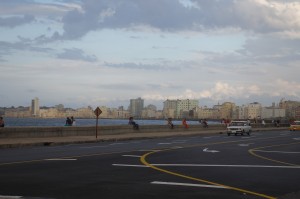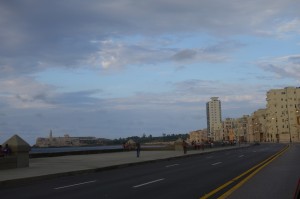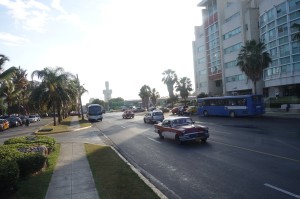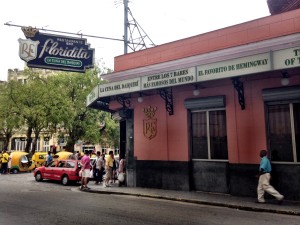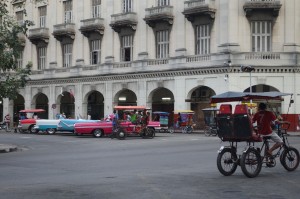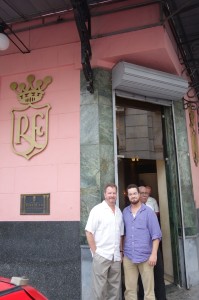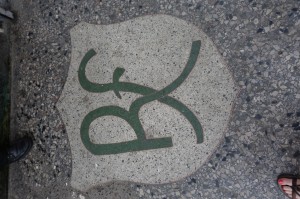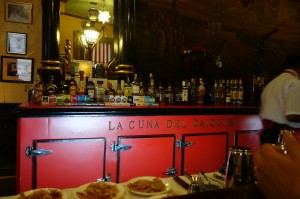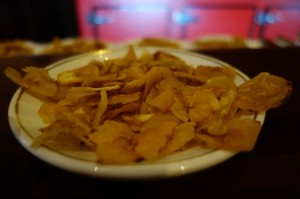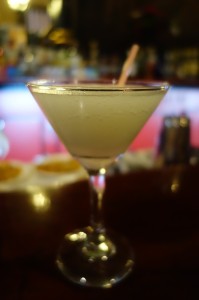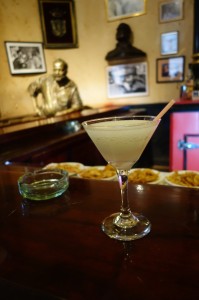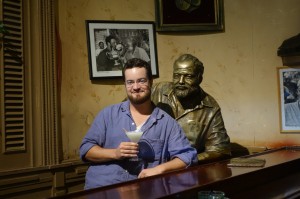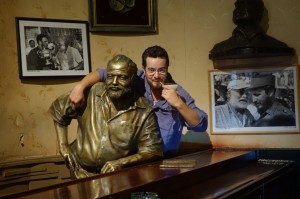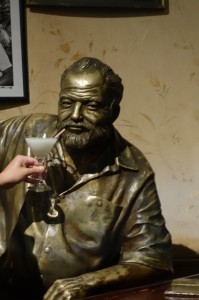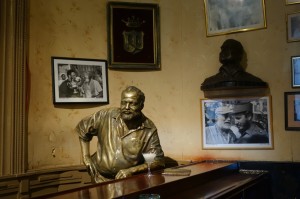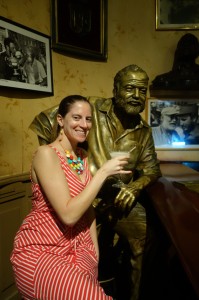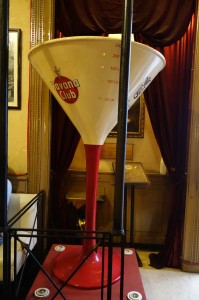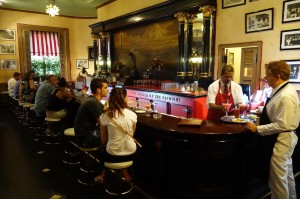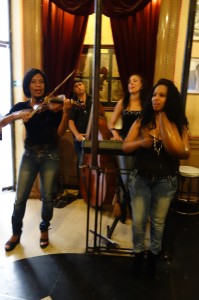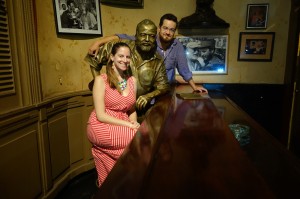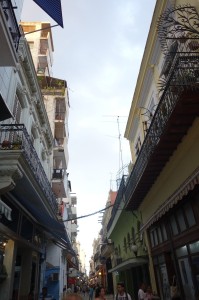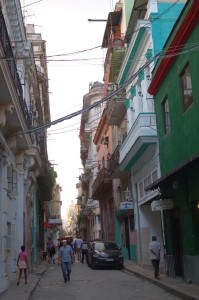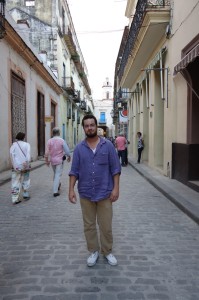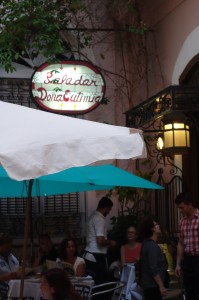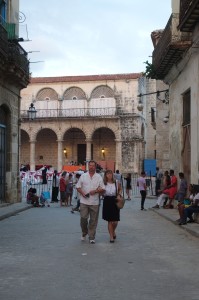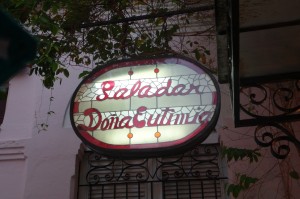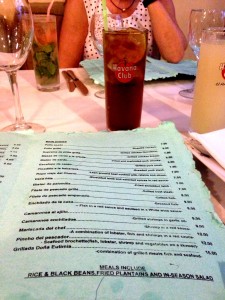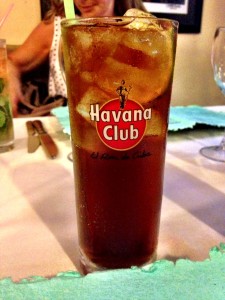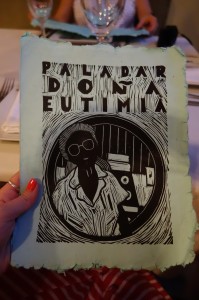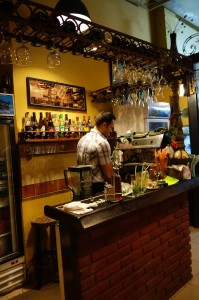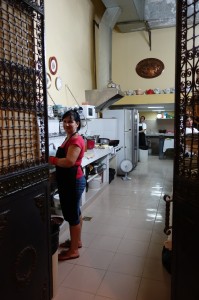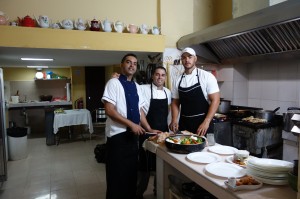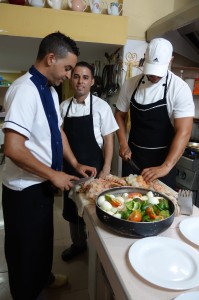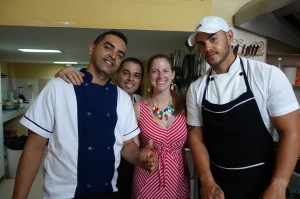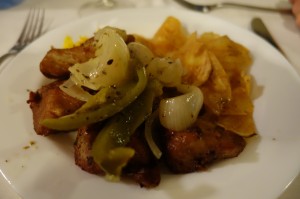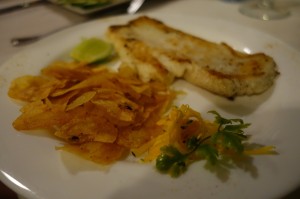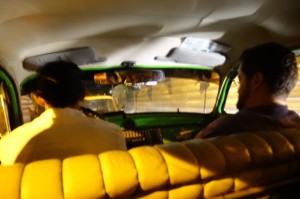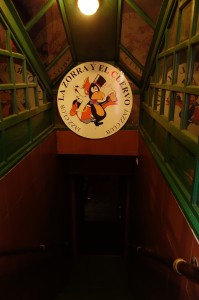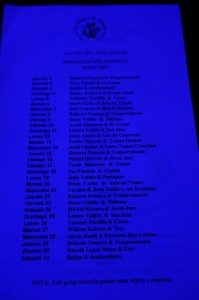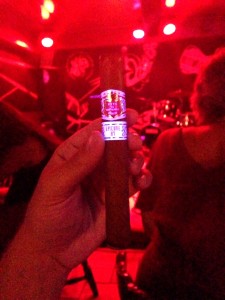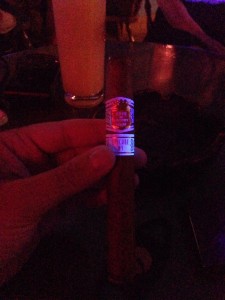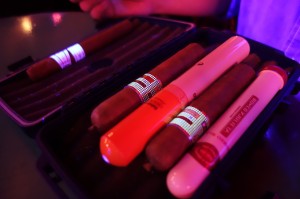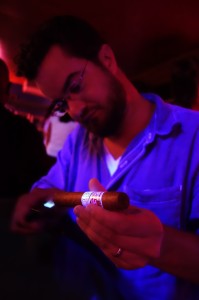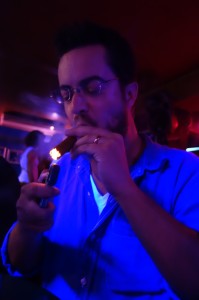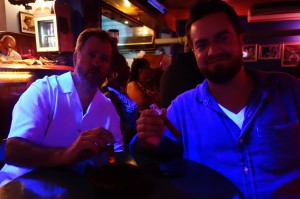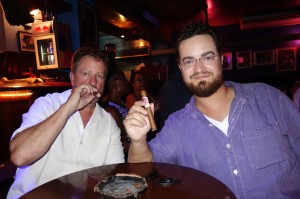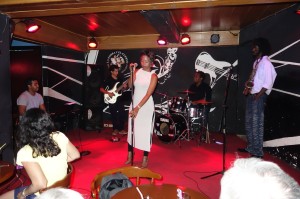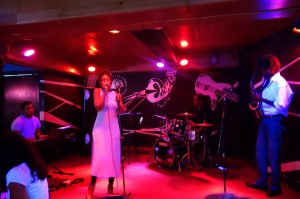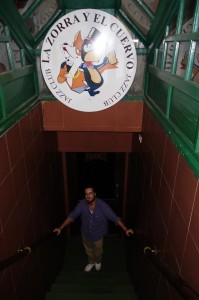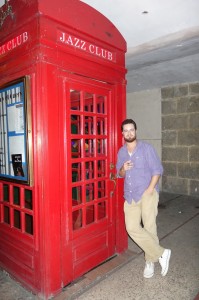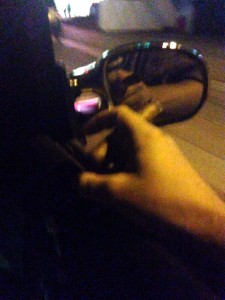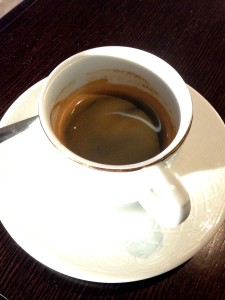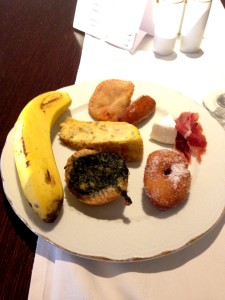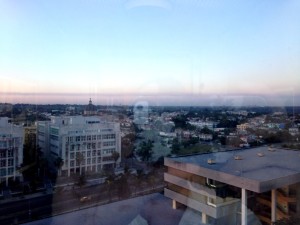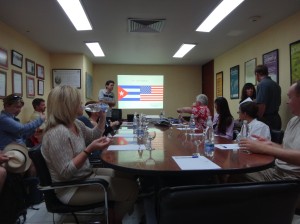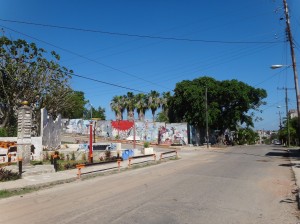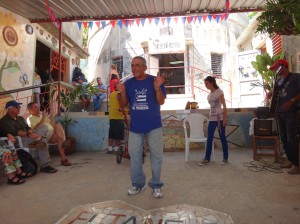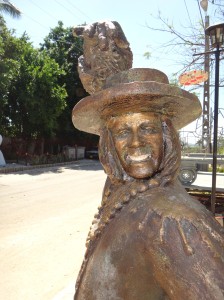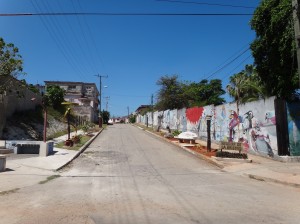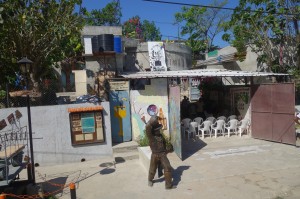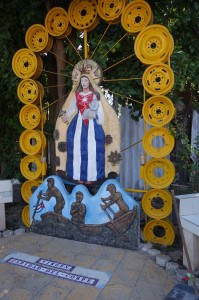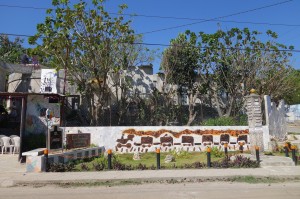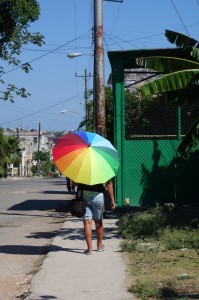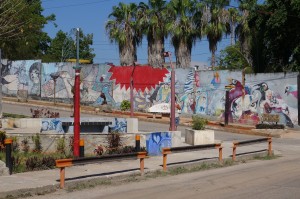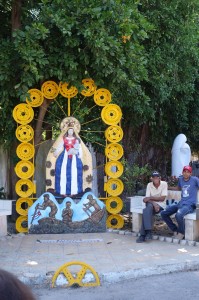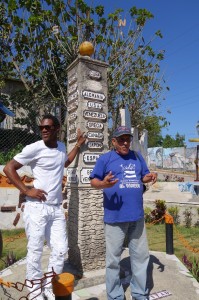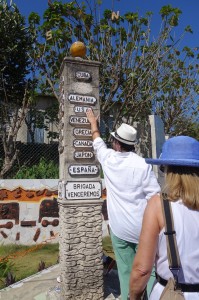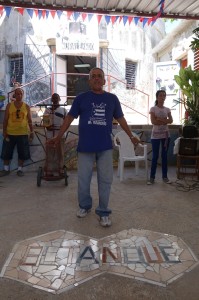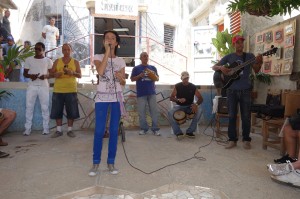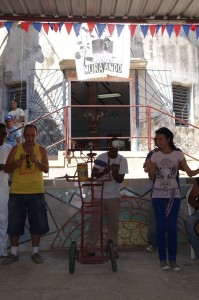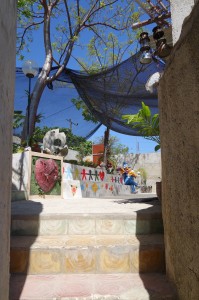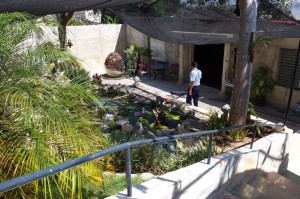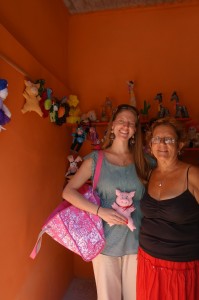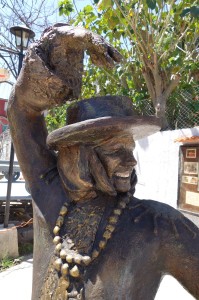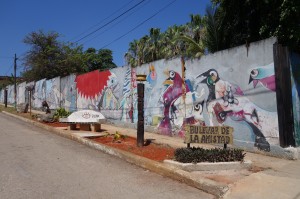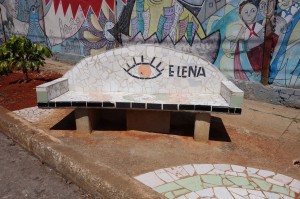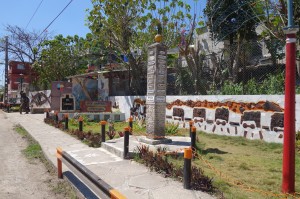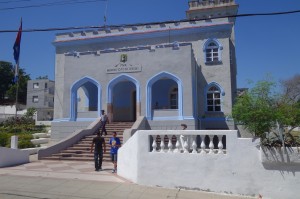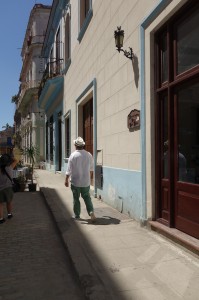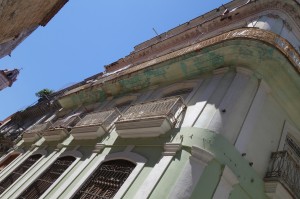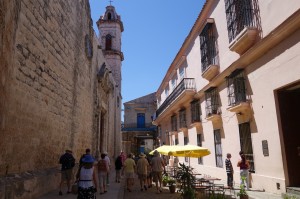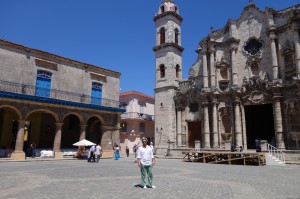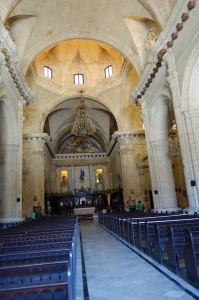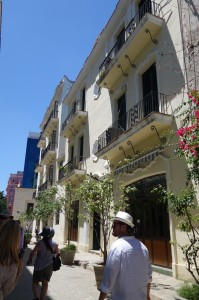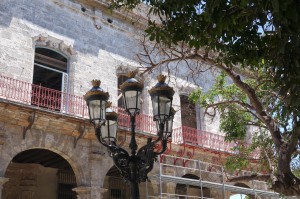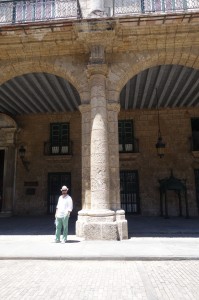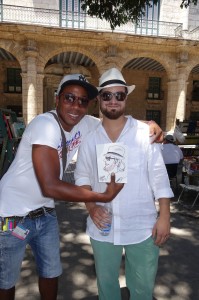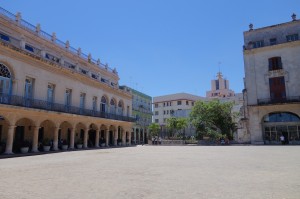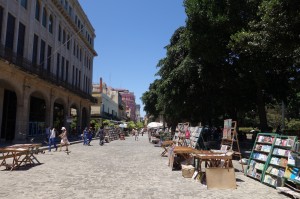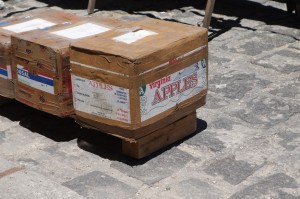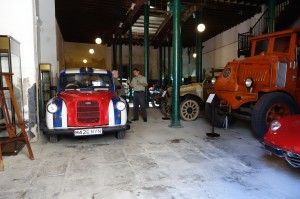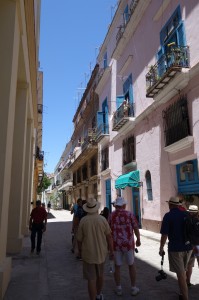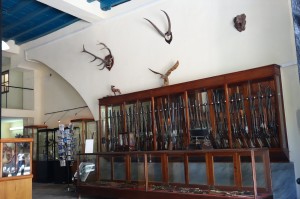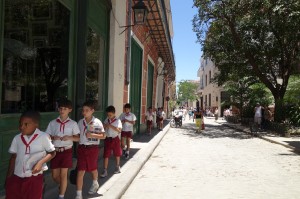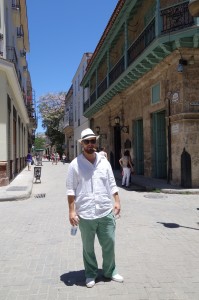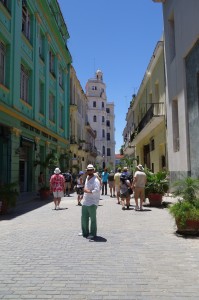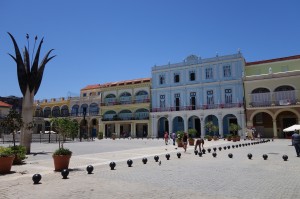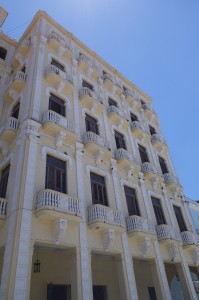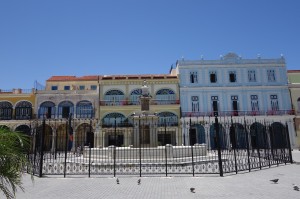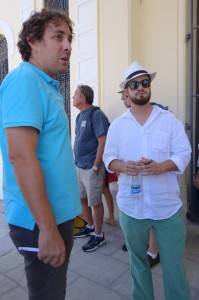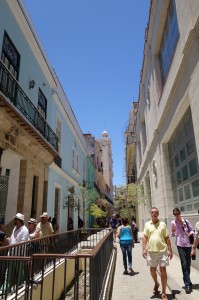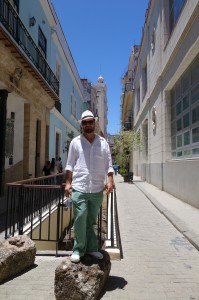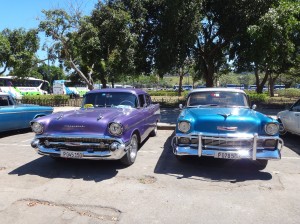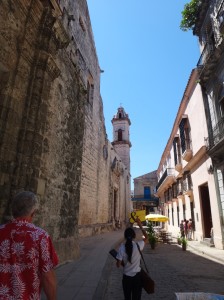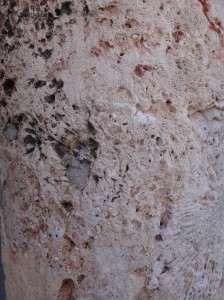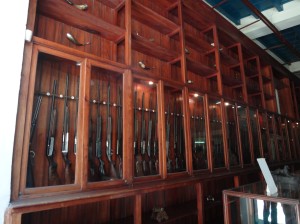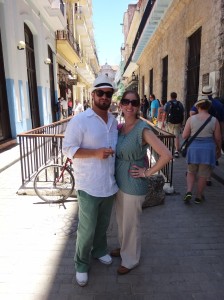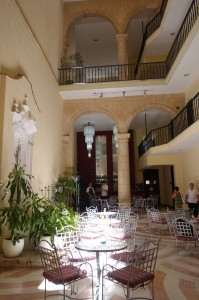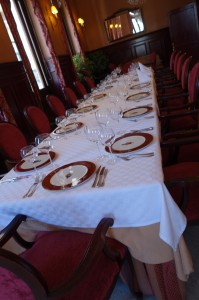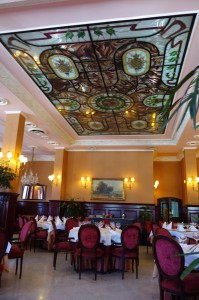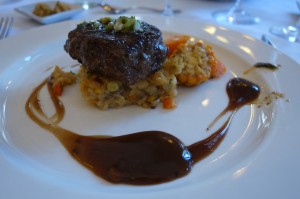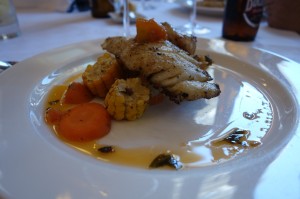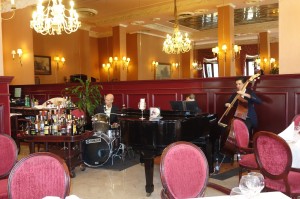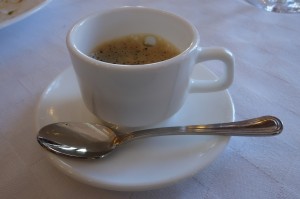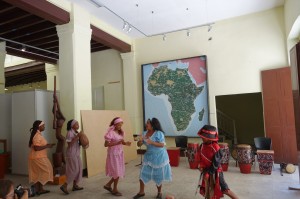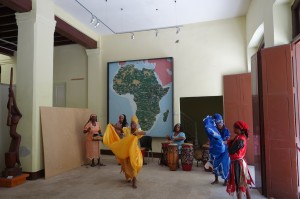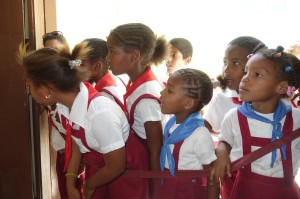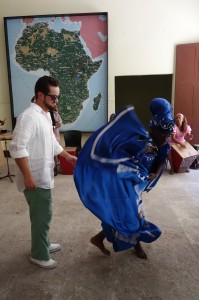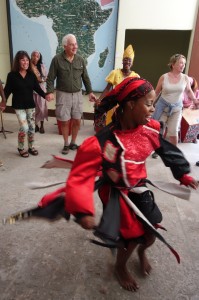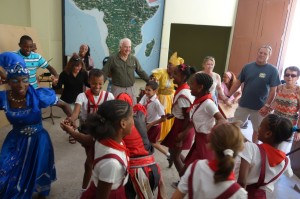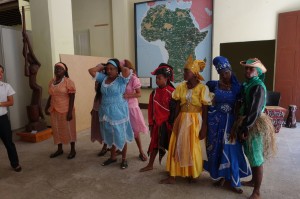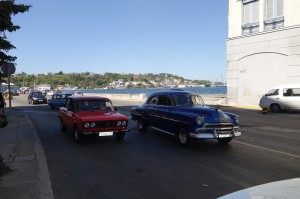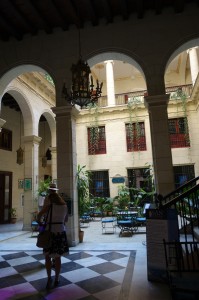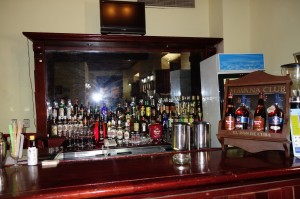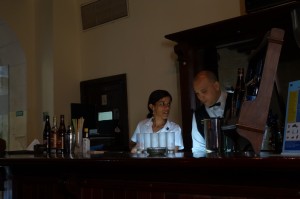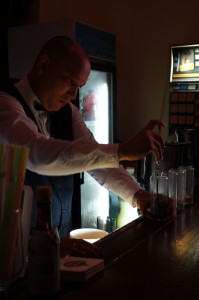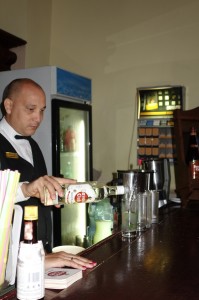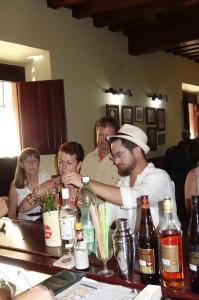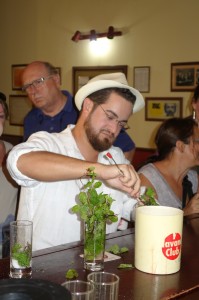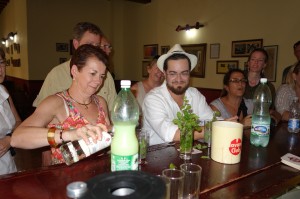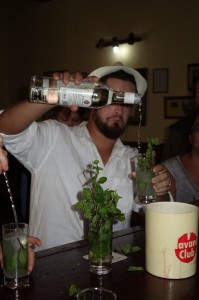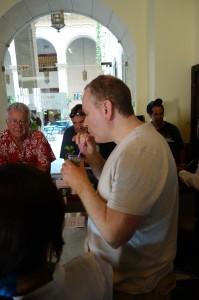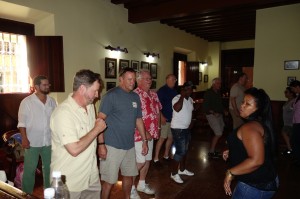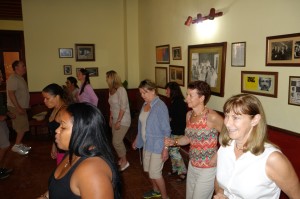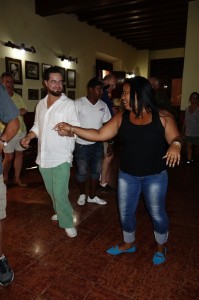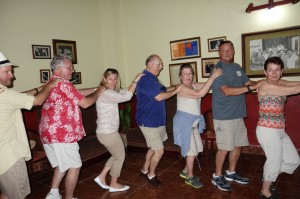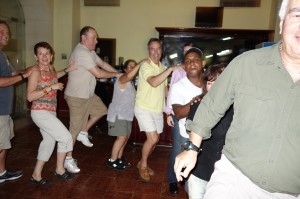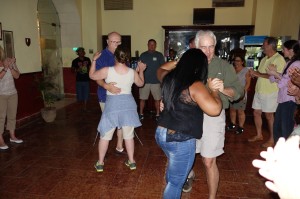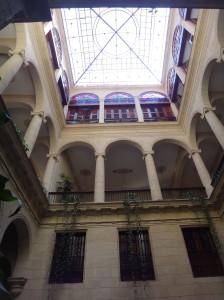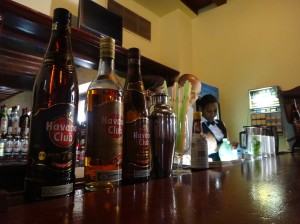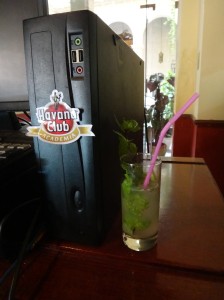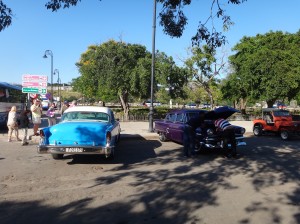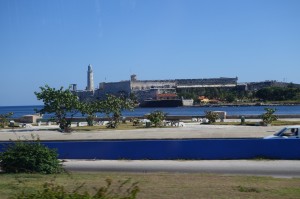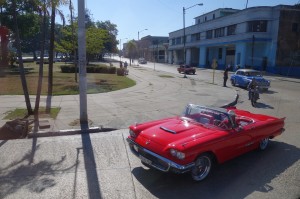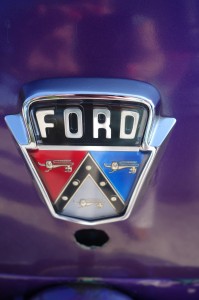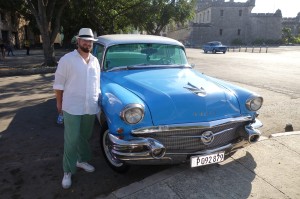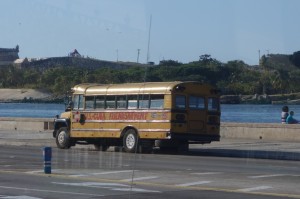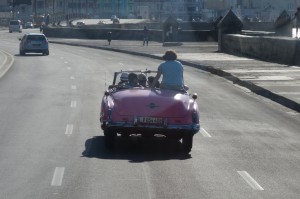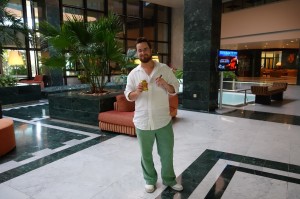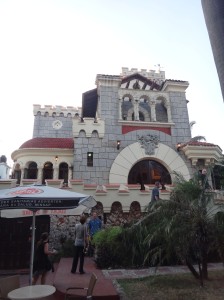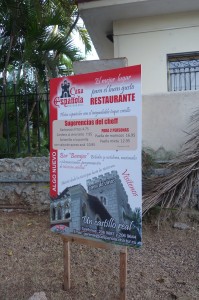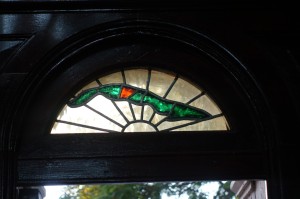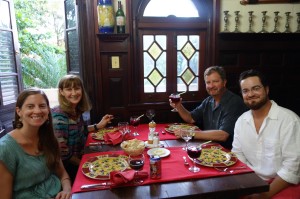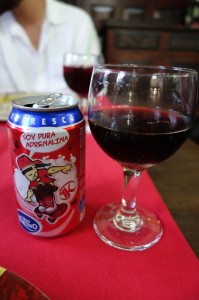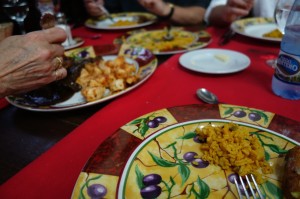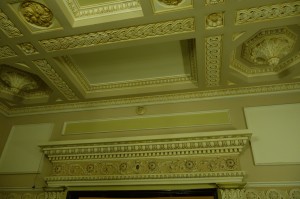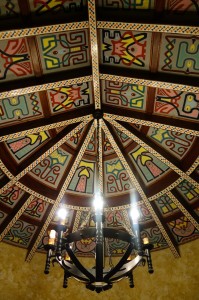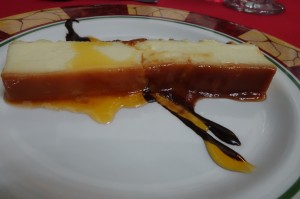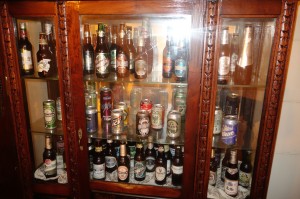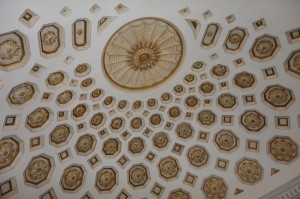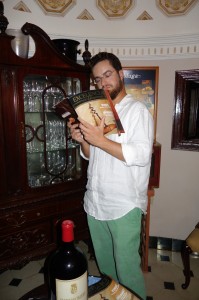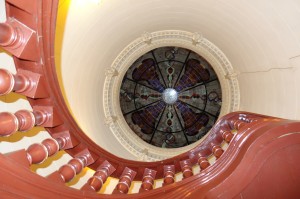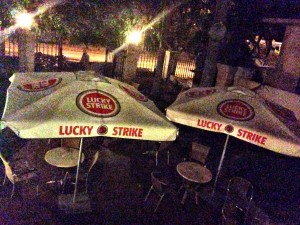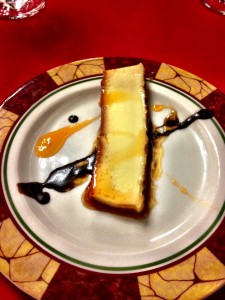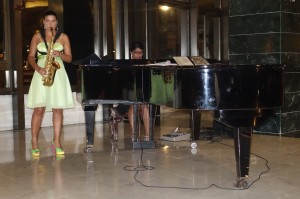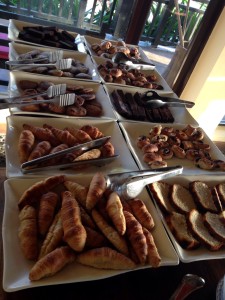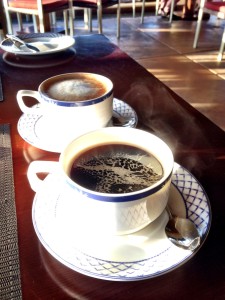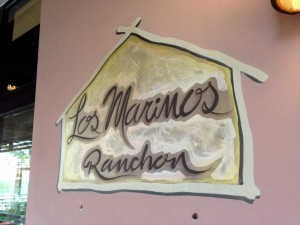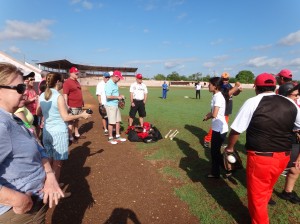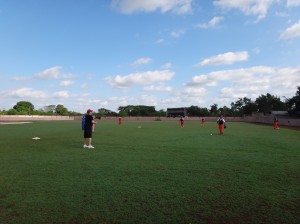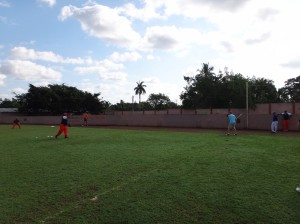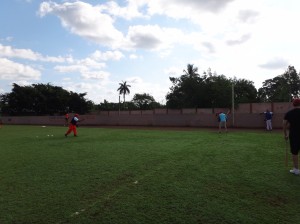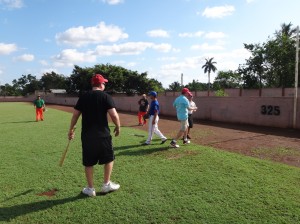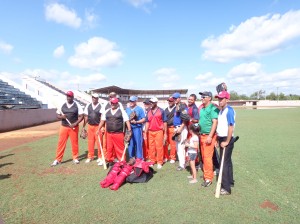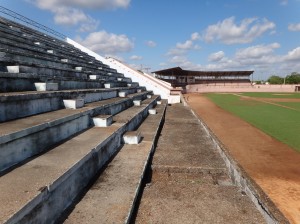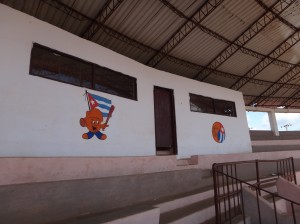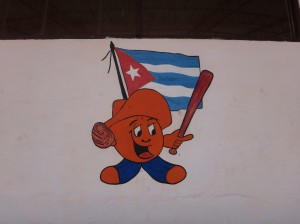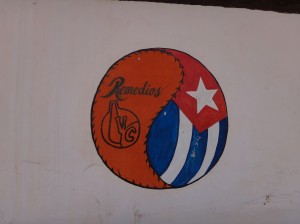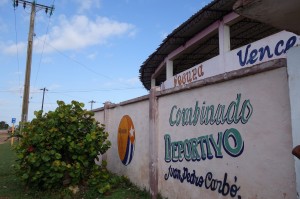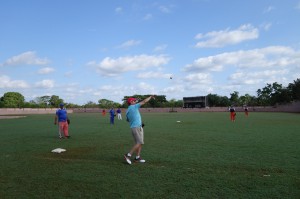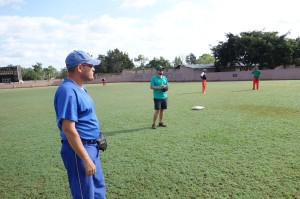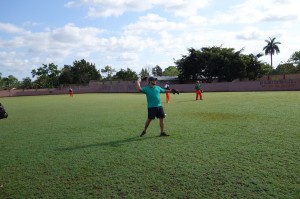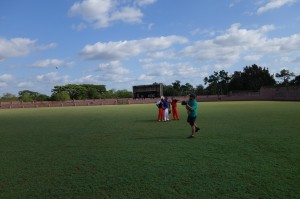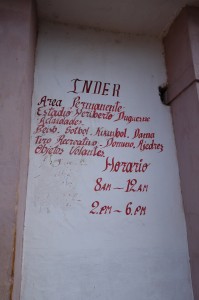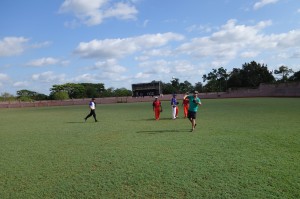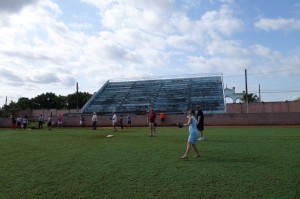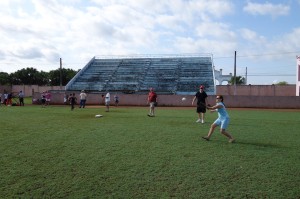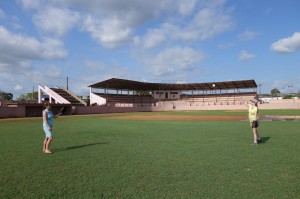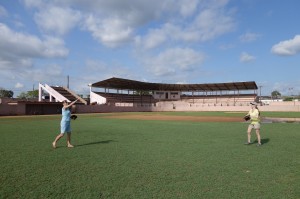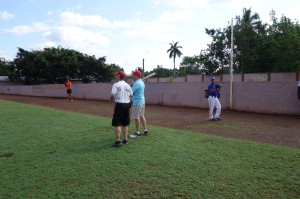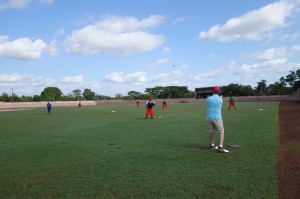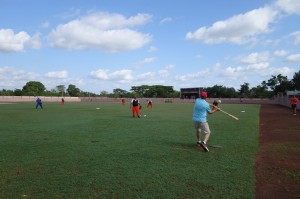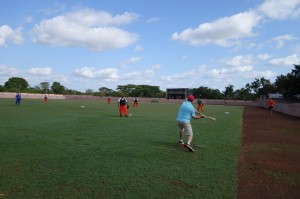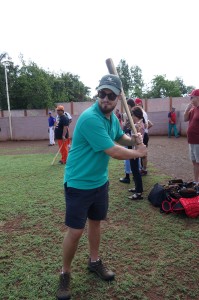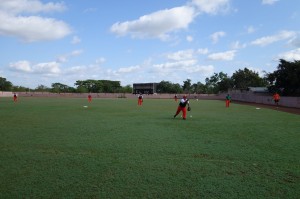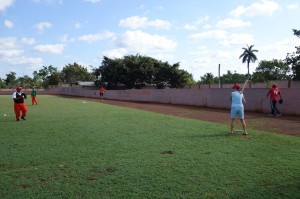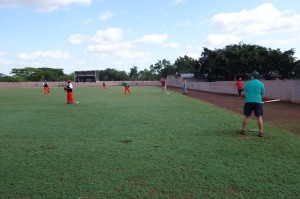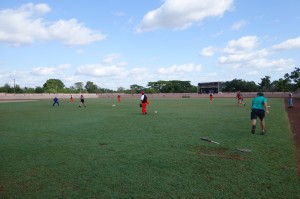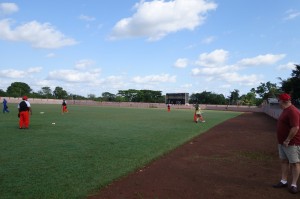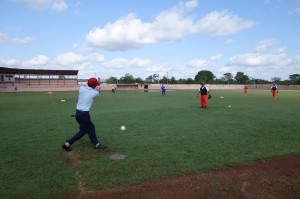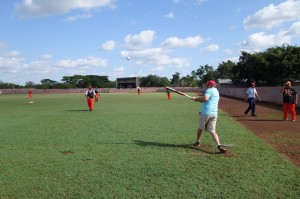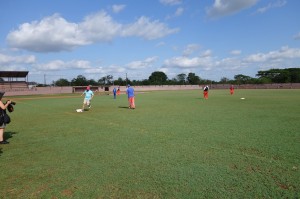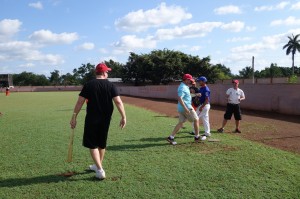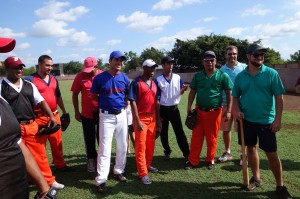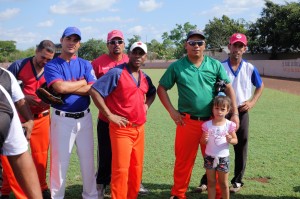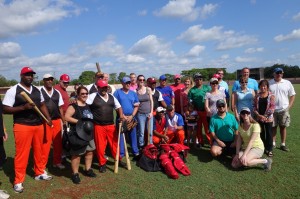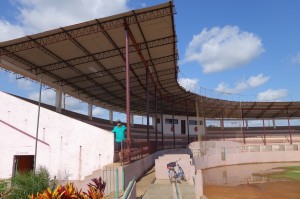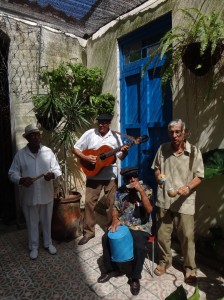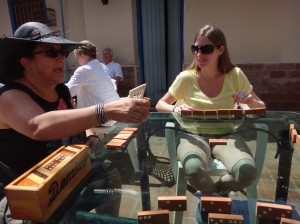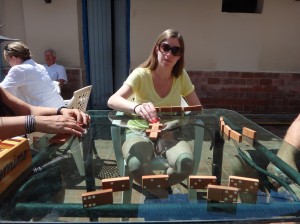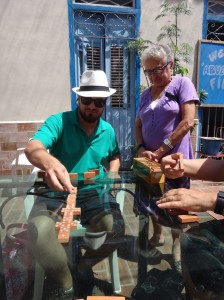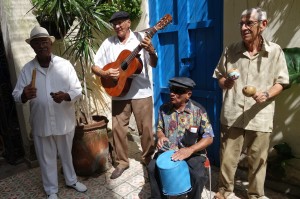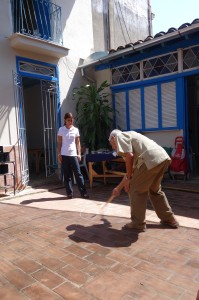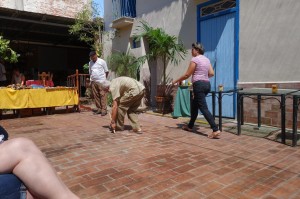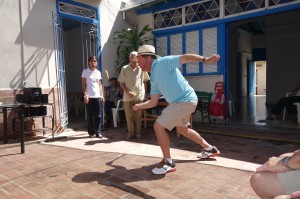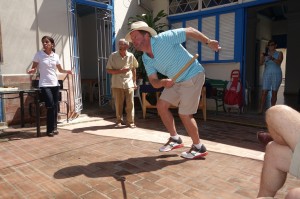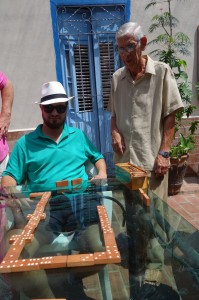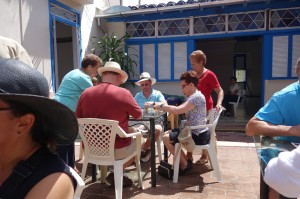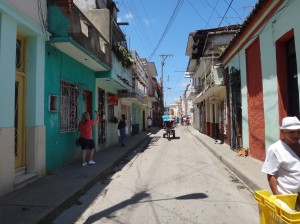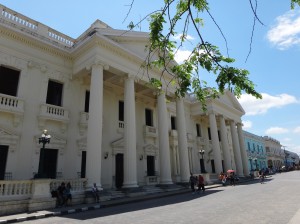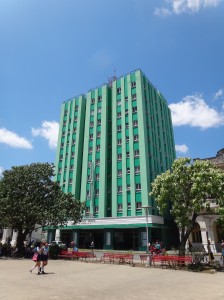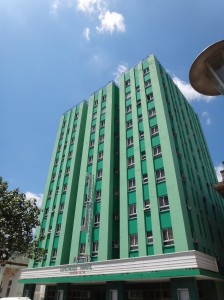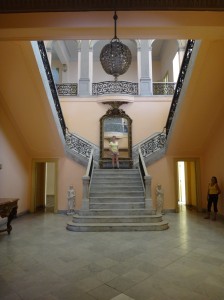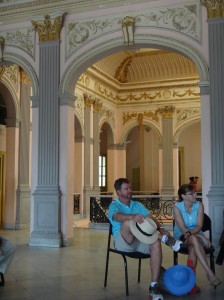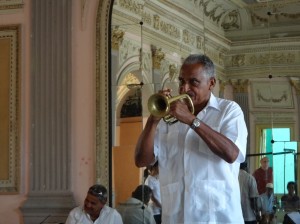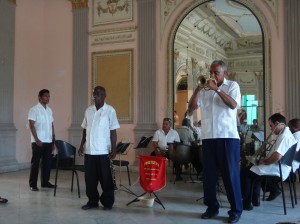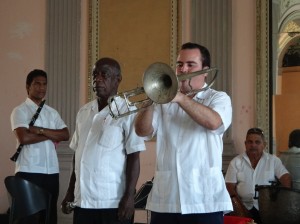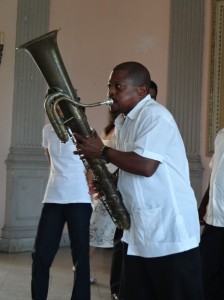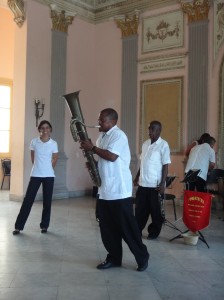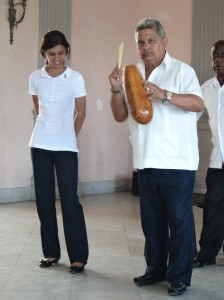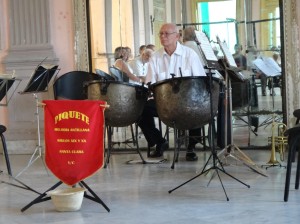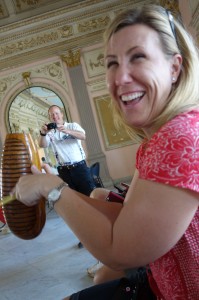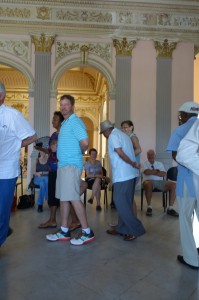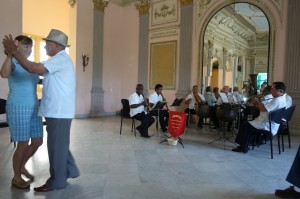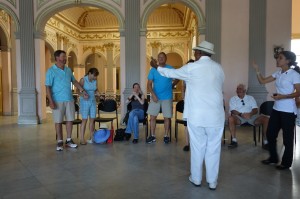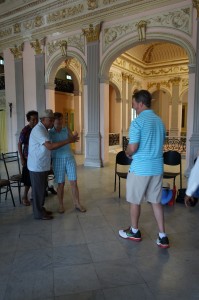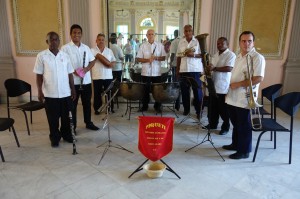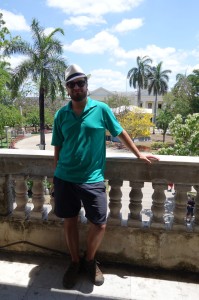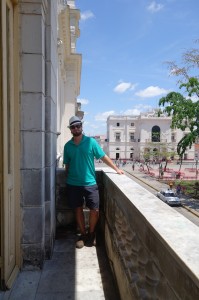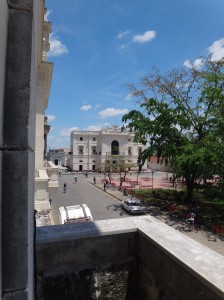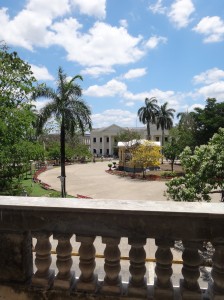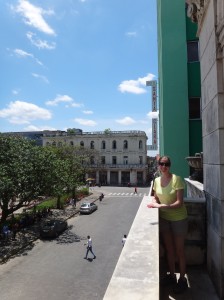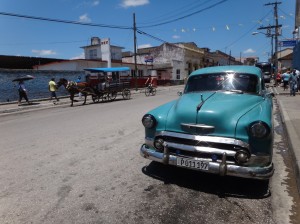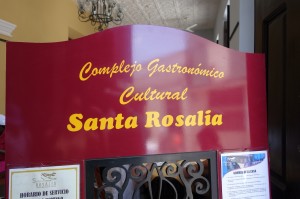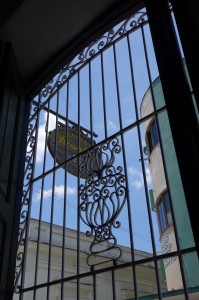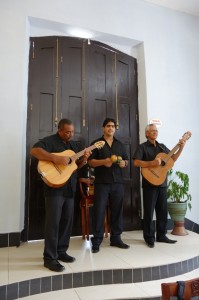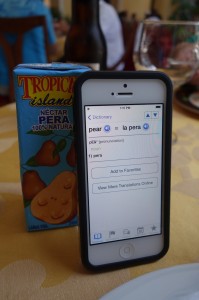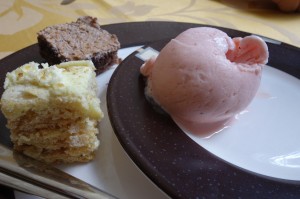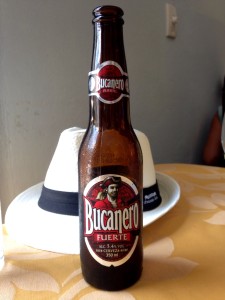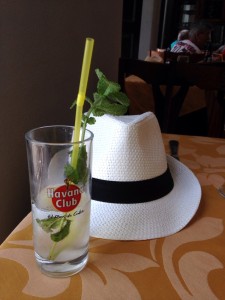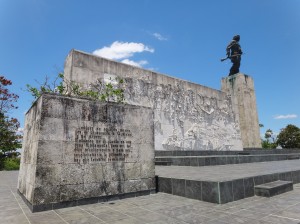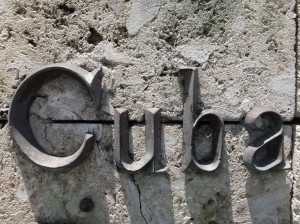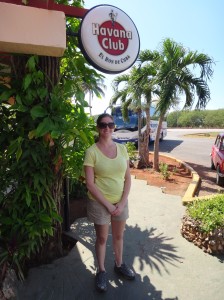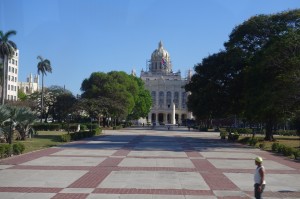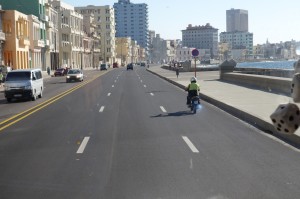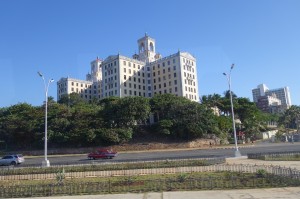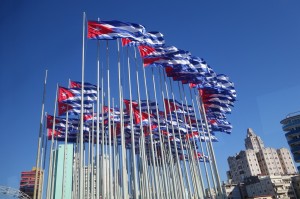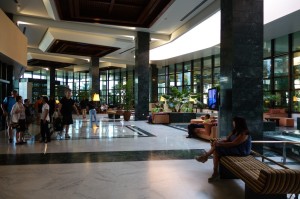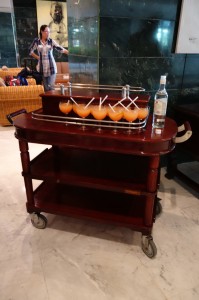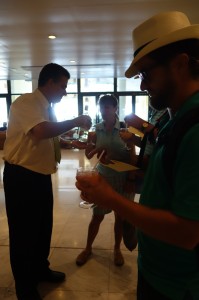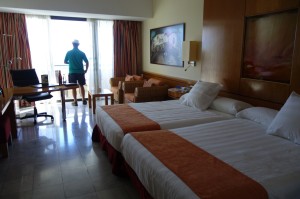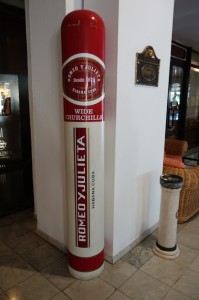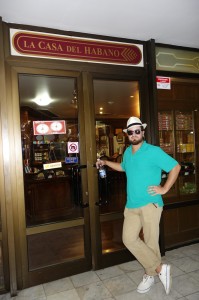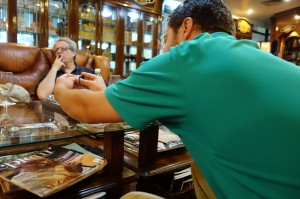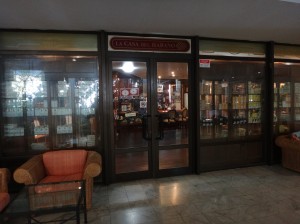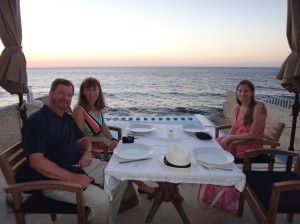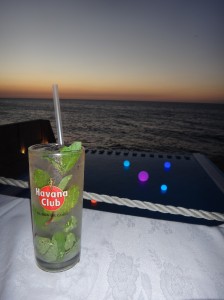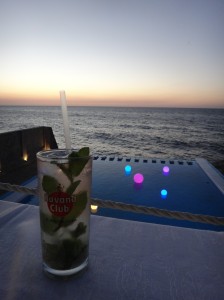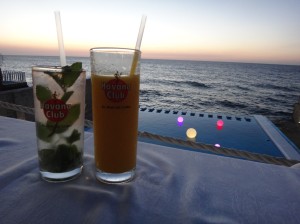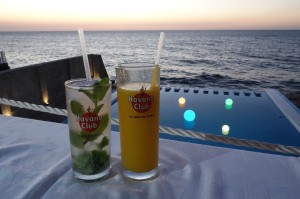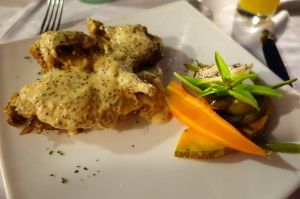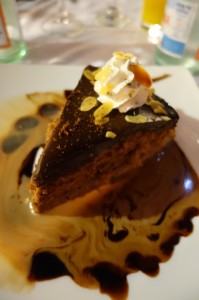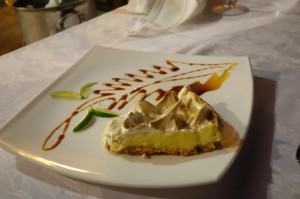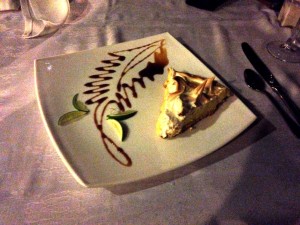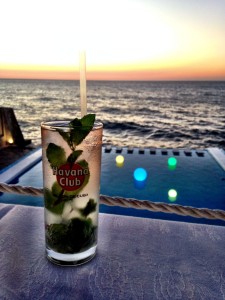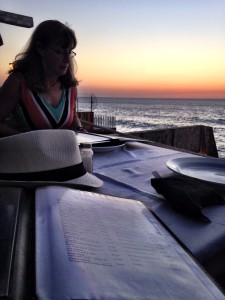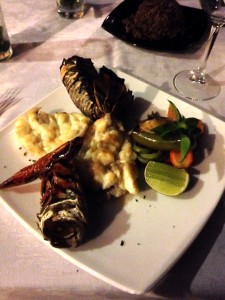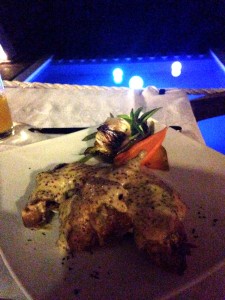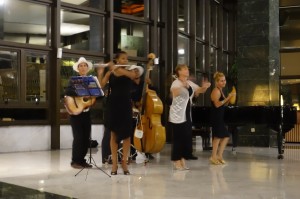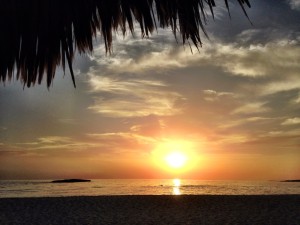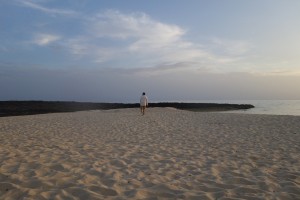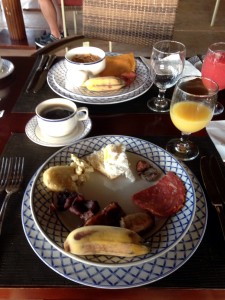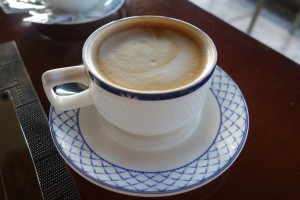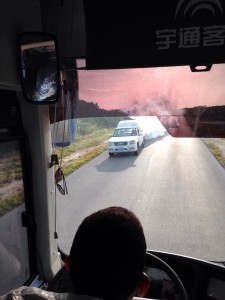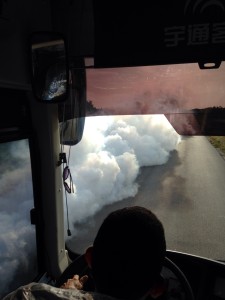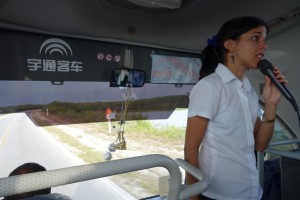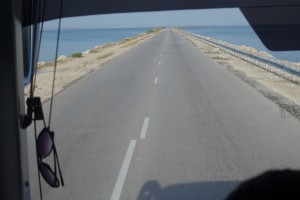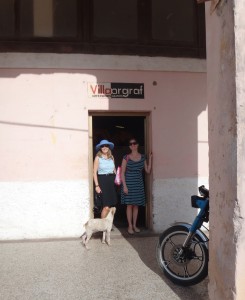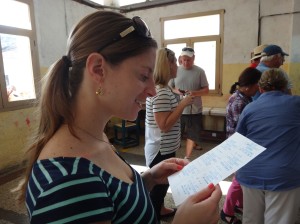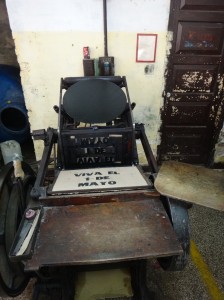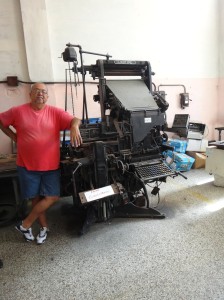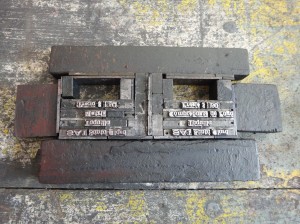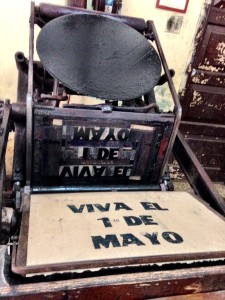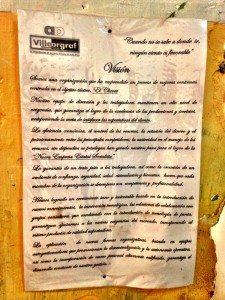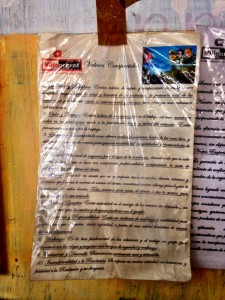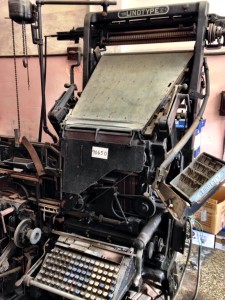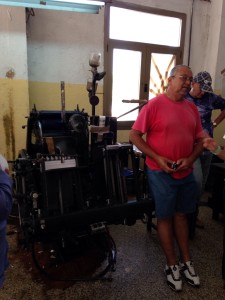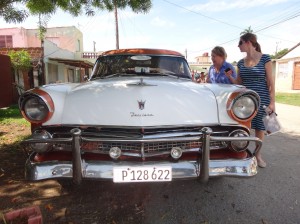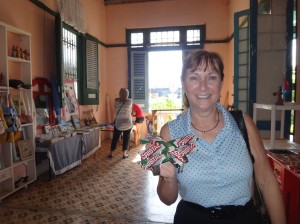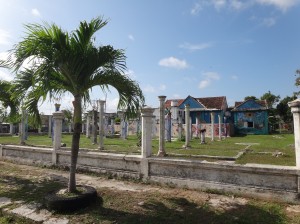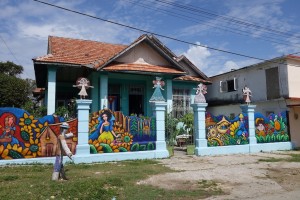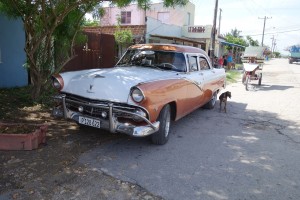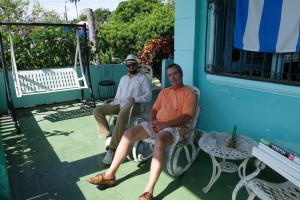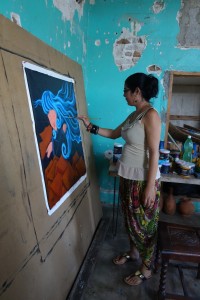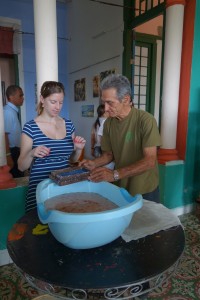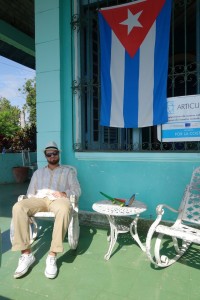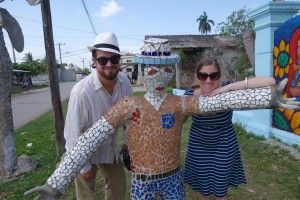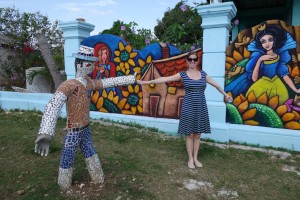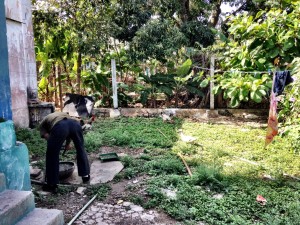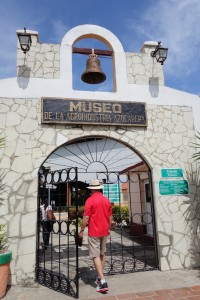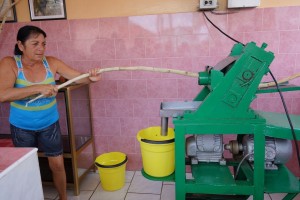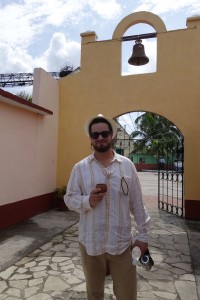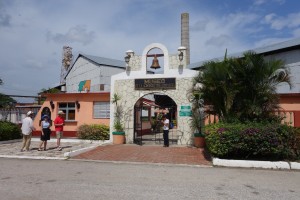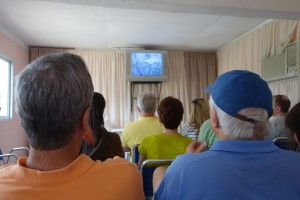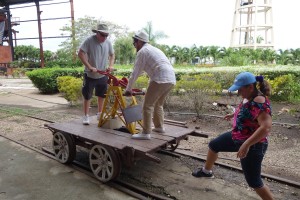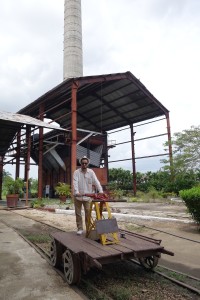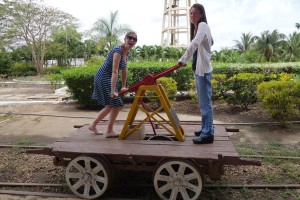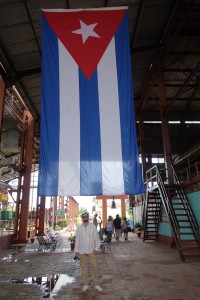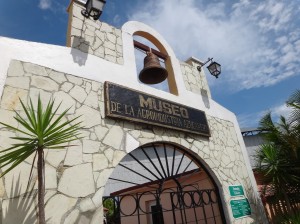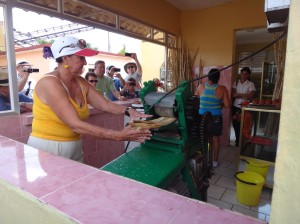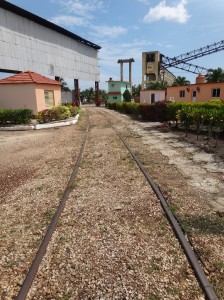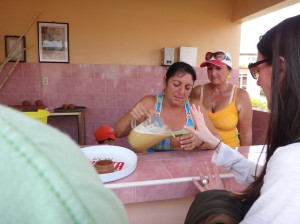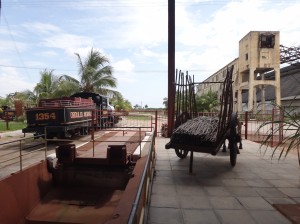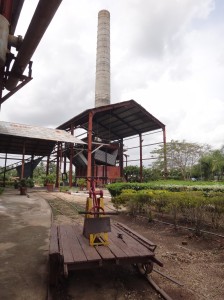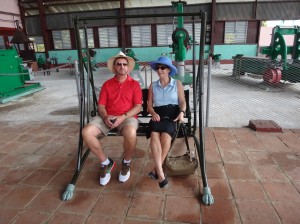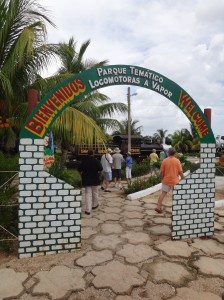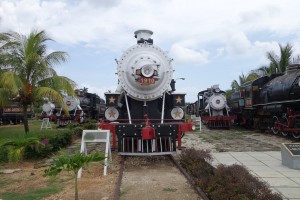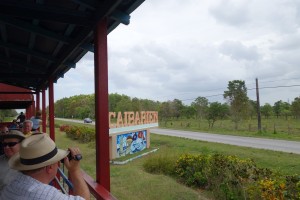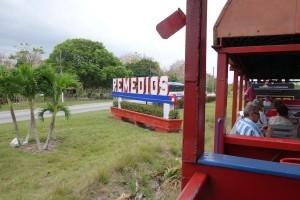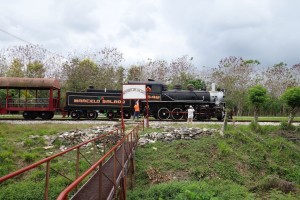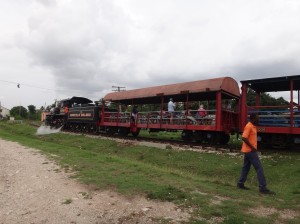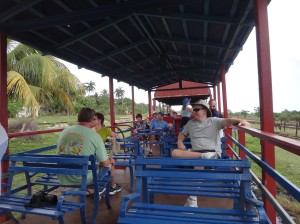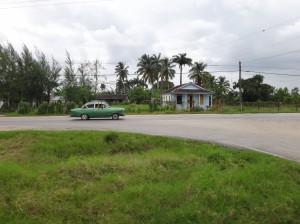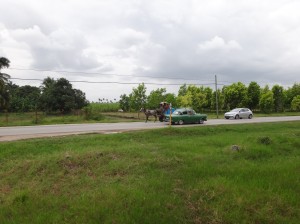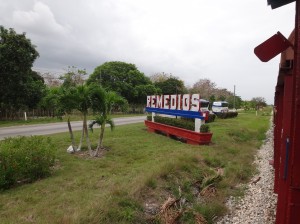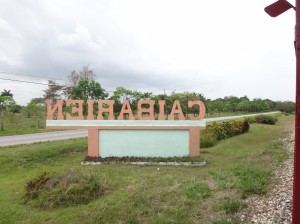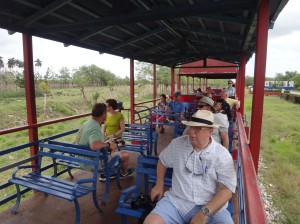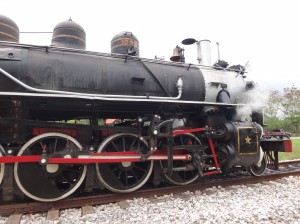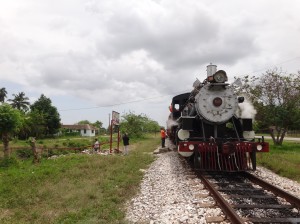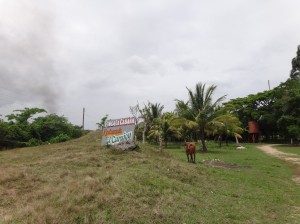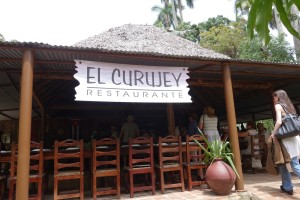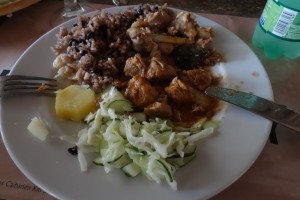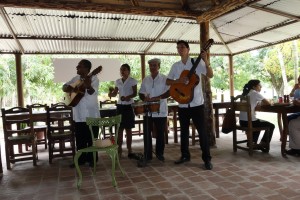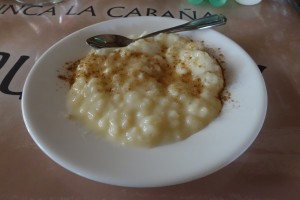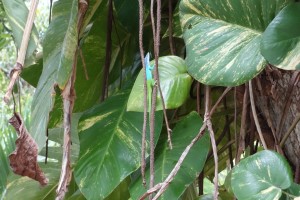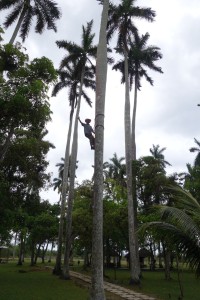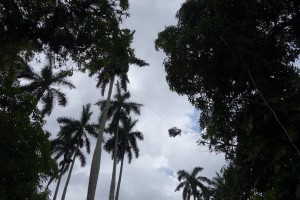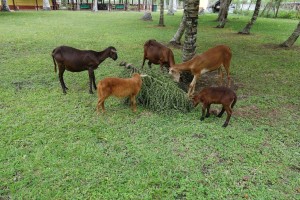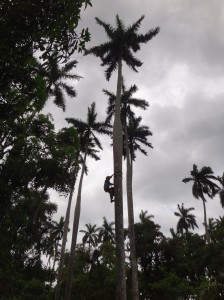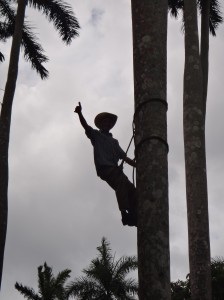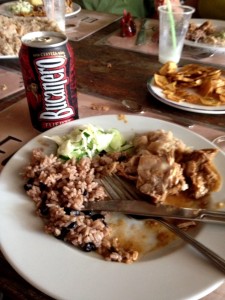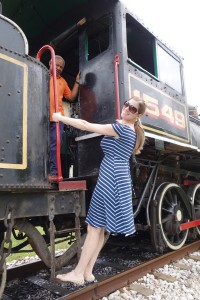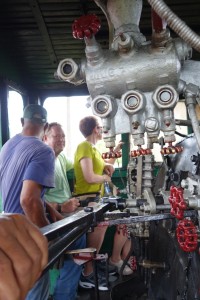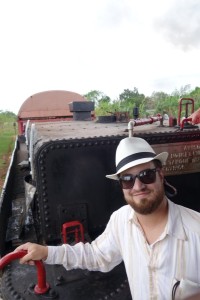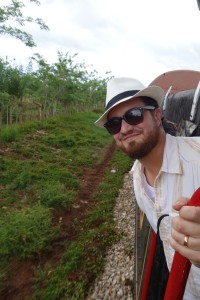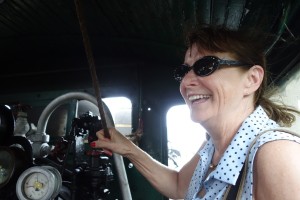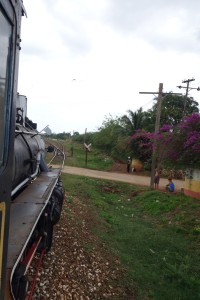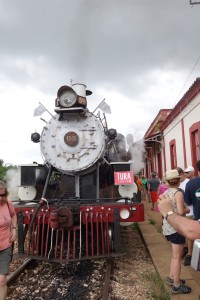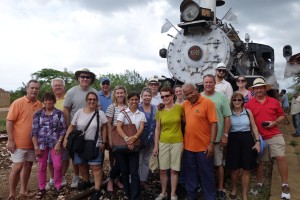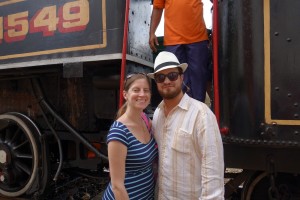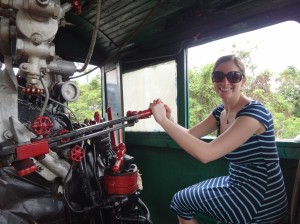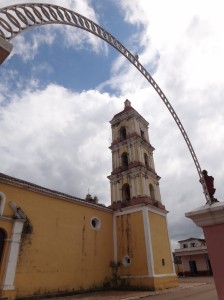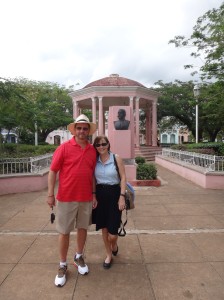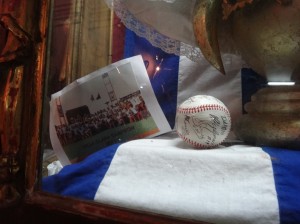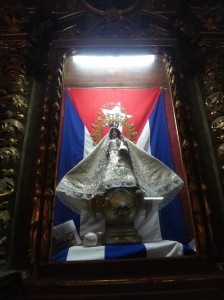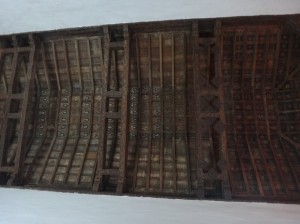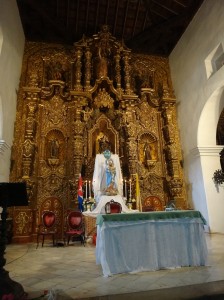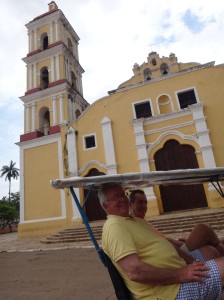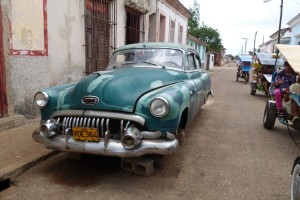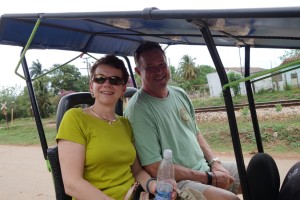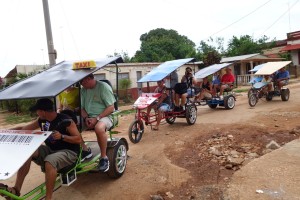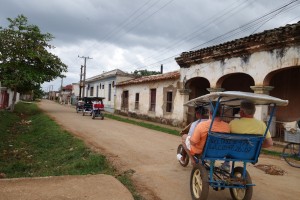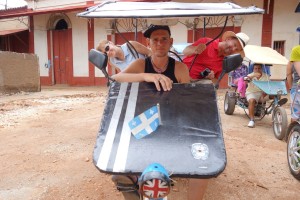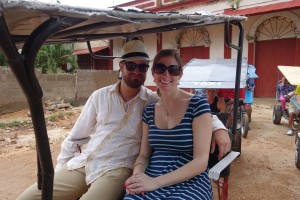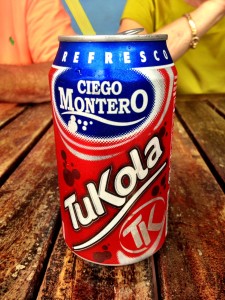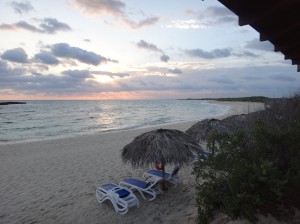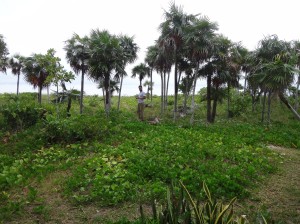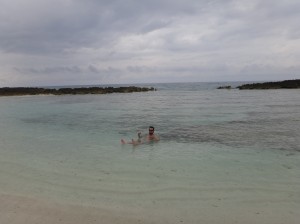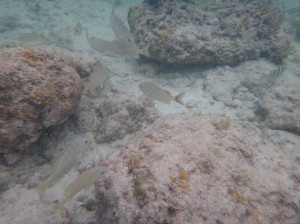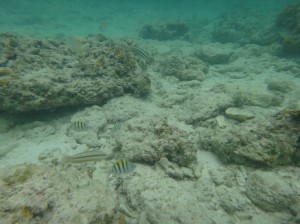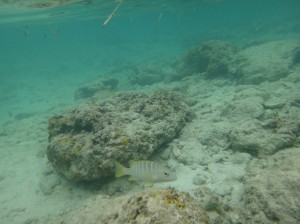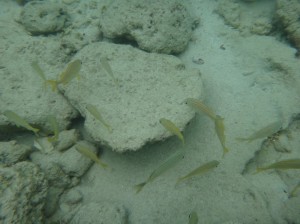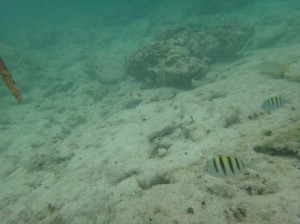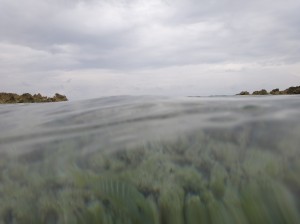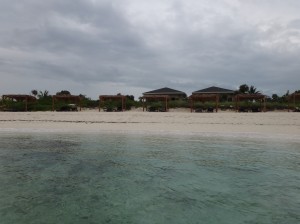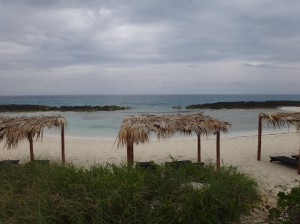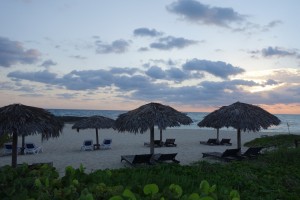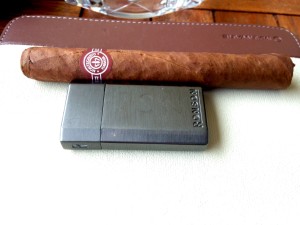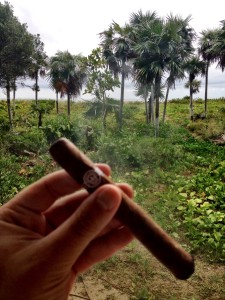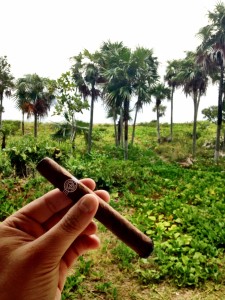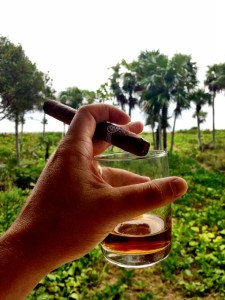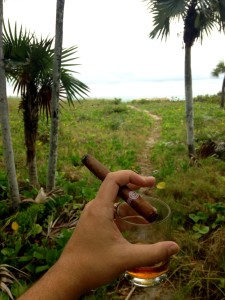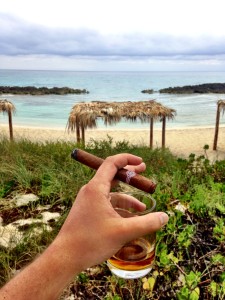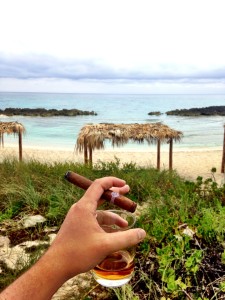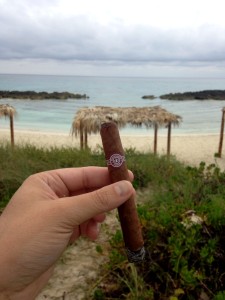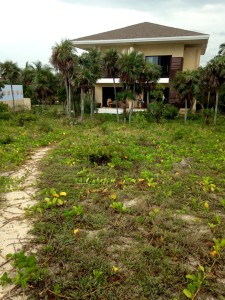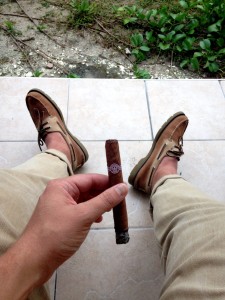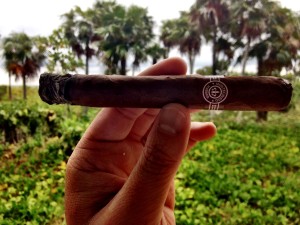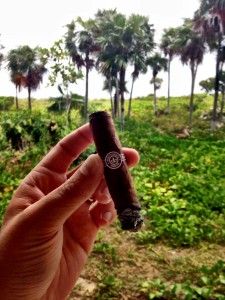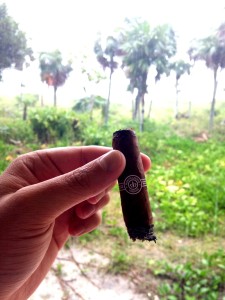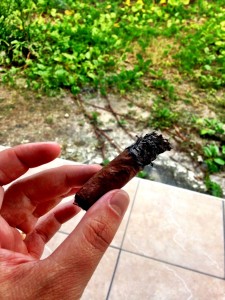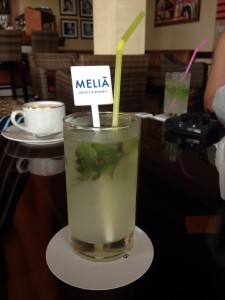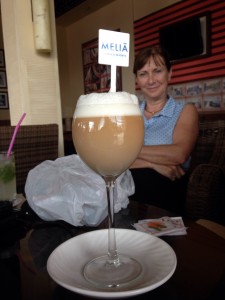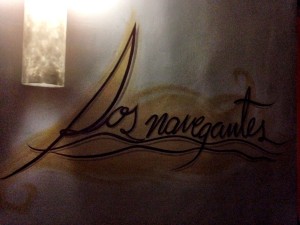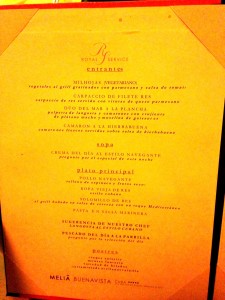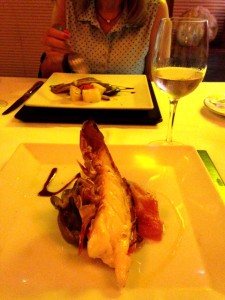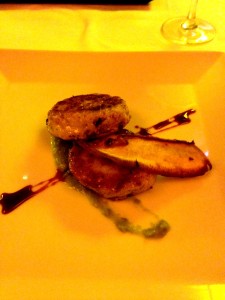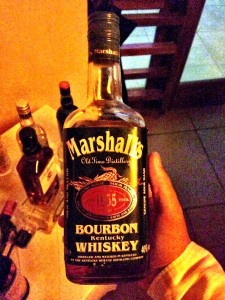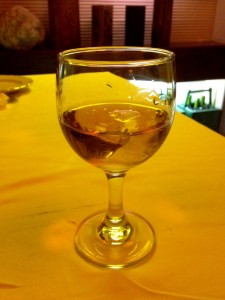The Greenbrier, Babymoon, Falconry, Fly Fishing
My wife’s company provides a stipend for employees to enjoy a babymoon (like a honeymoon but for expectant parents). Friday morning, we put the top down and headed to West by God Virginia. It was a beautiful sunny ride down, and since the drive was about 4 hours, I almost got too much color. We chose The Greenbrier because we hadn’t been in seven years, and its America’s great resort. Its absolutely beautiful, luxurious, delicious, comforting, and full of adventure (as you’ll see below). It really is a special place.
We enjoyed the decor, got settled, and then hit the pool for a late lunch and some mountain sunshine.
For dinner, we went to Draper’s. I went with some amazing chicken and waffles and the wife had a pot pie. Everything, including the service, was excellent.
This was our first trip to The Greenbrier since they added the casino. I was a little skeptical when I heard about the addition, but it was well done and enjoyable. After my first proper julep (though The Greenbrier insists on serving their julep with a full length plastic straw – they could at least cut it to proper length), we saddled up to the craps table. We just about doubled our money and decided to celebrate with some Blanton’s and a cigar.
We’d only been at The Greenbrier for ten hours, but we’d already had a great time. We couldn’t wait for more pool time, falconry, fly fishing, food, and more fun.
Day two started with Southern Eggs Benedict with fried green tomatoes and Virginia ham.
My wife and I have talked about trying out the sport of kings for a while. Since my wife can’t shoot, ride horses, etc., due to her pregnancy, we finally had a great reason to check it out.
The scale that the hawk is perched on was one of the most interesting parts of the demonstration. Only hungry birds will hunt, so their weight has to be monitored. We also found out that a Harris’ Hawk can be trained in only about 8 weeks.
Falconry consists of the handler walking around, trying to scare up prey, while the hawk perches above and watches. Hunting with larger birds can involved separate handlers and flushers.
When the hawk makes a kill, it shields its spoils and is very possessive. Its important for the handler to quickly offer meat to the hawk in order to get possession of the kill.
We had a great time and learned a lot about falconry. My favorite was the owl. Apparently, an owl could help me with my feral cat problem at home… The falcon definitely looked the coolest. After Falconry, we relaxed at the pool until tea time. This flowah was wiltin’, so I opted for iced tea.
After tea, we changed for dinner. It was great that The Greenbrier provided a garment brush since my shoes picked up a bunch of fuzz on the trip down. This was the night of our dinner in the main dining room, so we put on our best, took some pictures, and enjoyed some libations.
I’m surprised my wife didn’t get a dress code reminder card for wearing camo:
At dinner, I opted for a julep rather than a glass of fine. Then I ordered some lamb, which unbeknownst to me, came with mint jelly. It actually paired pretty well. The live jazz was also an unexpected but welcome accompaniment.
After dinner, we lost the previous night’s winnings and then some in record time at the craps table. With the table cold and it still early, we grabbed our kindles, poured some blanton’s, and picked out a cigar. The porch below provided an excellent location to enjoy the evening. It had cooled off, and was beautiful out.
The fountain below used to be outside of a restaurant at The Greenbrier that no longer exists. My family did a 12 course tasting menu with wine pairings there once. It was the first time my future wife and mother got tipsy around each other. It reminded us of that great time we had and we were glad its still there.
Day Three started with a Dorothy Draper omelet (Virginia ham, green peppers, shiitake, American cheese). We had a leisurely morning in the hotel, and then went down to the outfitters’ for our excursion.
Another activity we’d been wanting to try, and that pregnant women can do is fly fishing. Our instructor, Demian, taught us the basics of roll casting, and then quickly got us on a picturesque stream. It was a little colder than usual, rain was coming in, and it was overcast. It wasn’t the best season for fly fishing, but the conditions weren’t bad at all. It couldn’t have been more than fifteen minutes before I landed a fish. I was able to keep good tension on the barbless hook by stripping the line, and after a short fight, I netted my first fish on the fly ever. Just a short while after that, my wife hooked up. Demian was over with me still, and after setting the hook, she yelled, “Fish on!!!” Demian laughed, and hustled over to give her a hand. A few hours later, we’d caught 14 fish between us. I credit Demian’s teaching abilities and skill at his passion. HB initially struggled with keeping the rod bent and tension on the line, but he was able to show her how to successfully bring in a fish (and she landed plenty). He was quick to switch out flys that were not hitting, and deftly handled any snags we caused while figuring out the cast. We really can’t thank Demian enough (though the last thing I need is another expensive hobby).
I have a friend that offered to teach me fly fishing if I taught him sporting clays. Now that I know the basics and have landed a fish, I might have to take him up on his offer. The weather had held out, so we changed for dinner and went out to our sitting spot. I’d finished the book I brought, The Paris Wife, and decided to start on A Moveable Feast (to get both sides of the story).
I thought the picture above was an interesting juxtaposition of old and new. Not unlike The Greenbrier itself.
We’d had such a pleasant dinner at Draper’s we almost went back. Instead, we decided to give Cafe Carleton a try. My wife did the prix fixe option, and I order a charcuterie plate. Both were very good, as was the wine flight: No one expects the Spanish Libation. The food was spectacular, and our waitress, Jennifer W was a lot of fun and made great recommendations. After a decadent meal we played the rest of our comp’d slots and then played a few hands of roulette. Nothing hit, but I optimistically reflected that I’d rather be lucky on the trout stream than in the casino.
We ending the night by participating in an old Greenbrier tradition. I won’t explain it, as the text in the picture below should do so better than I could.
We decided not to mess with success, and went back to Draper’s for our last breakfast at The Greenbrier. I had the Springtime omelet: jumbo lump crab, asparagus, and brie. Our waitress on our last day was not rude, but was not particularly chipper either. Everyone has off days. However, our first waiter, Adrienne came over to greet us. He has noticed that we’d been there three days in a row. He was very friendly, and at least on that day, was a beacon of cheerfulness in a sea of frowns. Adrienne truly improved the quality of our stay.
Later that morning, my wife went to the spa for a prenatal massage and I took my kindle and coffee down to the pool. An elderly lady (lets say at least 75) was swimming lap after lap, and inspired me to swim a few. I got a little winded, but lets blame that on all the booze the night before.
After a short walk, we packed up and checked out. At reception I heard a gentleman say that he had been since the 4th of July and was staying until Labor Day. I was more than a little jealous. HB and I took one last look, and headed off to our next adventure. I don’t know how soon, but I know the three of us will be back.
by rsiv withWarning: count(): Parameter must be an array or an object that implements Countable in /home/bonviv6/public_html/wp-includes/class-wp-comment-query.php on line 405
Warning: count(): Parameter must be an array or an object that implements Countable in /home/bonviv6/public_html/wp-includes/class-wp-comment-query.php on line 405
no comments yet
Hemingway Hamburger, join me at Finca Vigía for supper
After getting back from Cuba, I stumbled across a recipe for Hemingway’s favorite burger. Its pretty involved by current American backyard grilling standards. Even though I don’t have someone to fry one up for me, I was excited to give one a try. I invited some friends over, poured some Spanish wine, and got cookin’.
My interpretation of the original document, recipe linked above, and a few other sources provided below (I doubled the recipe to make Hemingway sized burgers):
1 lb lean ground beef
2 oz. sliced ham, minced
⅓ cup dry red wine
¼ cup grated cheddar
2 tbsp. capers, drained
2 tbsp. grated tart apple
1 tbsp. minced parsley
1½ tsp. ground sage
1½ tsp. India relish
½ tsp. Beau Monde seasoning
2 cloves garlic, minced garlic, minced
2 small scallions, minced
1 egg, beaten
Kosher salt and freshly ground black pepper, to taste
If a recipe calls for 1 teaspoon Mei Yen Powder, use 2/3 tsp of the dry recipe (above) mixed with 1/8 tsp of soy sauce.
While I fixed up the burgers, Ryry made HW and me a julep. If you’re looking to be more authentic, maybe try a Hemingway Tom Collins.
The burgers turned out great. I highly recommend the recipe. To celebrate our success, we broke out the pipes, and had some real talk.
More info here and full recipe here, and another blogger recreated the burger here.
If you liked this post, search, “Hemingway” in my search bar to find more posts about his writing, recipes, and my trip to his house in Cuba.
***UPDATE:
After talking with Ryry and HW about how to improve when I fried up the leftovers, I tried toasting the bun in butter in the pan, and then spreading a little mayo on the bun. It was a marked improvement, and definitely worth trying, after trying the authentic version.
by rsiv withWarning: count(): Parameter must be an array or an object that implements Countable in /home/bonviv6/public_html/wp-includes/class-wp-comment-query.php on line 405
Warning: count(): Parameter must be an array or an object that implements Countable in /home/bonviv6/public_html/wp-includes/class-wp-comment-query.php on line 405
no comments yet
Mint Julep Mega-Post!!! Recipes, Reference, How to videos, and Resources
- Perfect
- But better shared
I’ve long been a bourbon guy. I’ve also been a mint julep guy for quite some time. I can’t remember what exactly got me into either, but I can remember the first really good mint julep I ever had. I went to The Greenbrier many years ago and ordered a julep at the Lobby Bar. Despite The Greenbrier’s website showing a julep in a clear glass with citrus on its site and a plastic straw on another page, I recall getting a beautiful julep in a proper beaker. It was perfect or damn near anyway. There are so many reasons that its hard to get a good julep at a restaurant/bar, but I think the major obstacle is that establishments do not want to serve such a strong drink. The julep is from another time when people really drank and enjoyed the taste of hard liquor. Nowadays, most people seem to prefer that a drink have no taste of alcohol whatsoever and bars want to serve one ounce or 1.5 ounces of liquor per cocktail. I imagine its also costly to keep fresh mint on hand and employ bartenders that can craft a quality drink (as opposed to those that can only add vodka to redbull). If I’m at a bar thats not known for good cocktails, for say, a work happy hour, odds are I’ll order a bourbon or scotch neat. Not because I don’t want a cocktail, but because I doubt the bartenders’ ability to make a good one in a reasonable amount of time. Fortunately for me I live near Washington DC where there are plenty of excellent bartenders, and even bars with julep history. Here is the problem: If you want someone’s interpretation of a classic, by all means, enjoy a julep at any upscale bar. DC has plenty. If you find yourself north of the Mason-Dixon, Nick Nicholls (formerly of Berlin, MD) at Forest Hills Station House can serve you their interpretation from the menu, or a historically authentic julep made to order. So if you truly want the real deal you’ll probably have to make it for yourself (or have it made to your exact specifications).
So at this point, I imagine you’re wondering, “What is the correct/authentic mint julep recipe?” The answer is that it depends on the timeframe and your preferences. To truly understand the julep, and to become a champion of the julep, one must read, The Mint Julep by Richard Barksdale Harwell. In the aforementioned work, it is stated that one of the first recorded uses of the word julep in America was in 1787. It was said to contain rum, water, and sugar, and was drunk by a Virginian, in the morning. Recall that rum was quite popular in the Colonies at that time, and that whiskey did not become the most popular American spirit until quite a while later. In 1803, the julep was first described as having mint as an ingredient and this time, the spirit used was whiskey. Again, the context is a plantation in northern Virginia, and the julep is taken in the morning.
In the The Bon Vivant’s Companion (Jerry Thomas, 1862, source again is The Mint Julep by Harwell) a recipe for the Mint Julep is given, using Cognac, and a splash of Jamaica rum. Other recipes with various base spirits are given, but Cognac and Jamaica rum is given as the standard. Notice the published date (more on that later).
Elijah Craig is credited with first aging whiskey in charred barrels. This is said to have happened at his distillery, built 1789, and before his death, in 1808. By 1793, “Old Whiskey” was a term used in advertisements, and by 1814, the actual number of years the whiskey had been aged was advertised. That said, straight off the still ‘white dog’ whiskey is what predominated (Bourbon, Straight. Cowdery). Even though charred barrel aging was starting to be used, the modern practice of using brand new charred oak barrels once (and only once), would not become a standard practice until much later. 1849 is the first time whiskey is described as being red in color (Bourbon, Straight. Cowdery). At this time, whiskey was very very rarely sold in bottles. Distillers sold white whiskey to wholesalers, who then might, “rectify” it, by charcoal filtering, adding fruit, redistilling it, or some other process to improve the flavor. There were no laws about labeling, so if you could make whiskey look dark, and you could sell it as aged whiskey (Bourbon, Straight. Cowdery). After the bottled in bond act of 1897, and the invention of a bottle making machine in 1903, bottled whiskey, and guaranteed aged whiskey, would become more common. Once can experiment with unaged whiskey in a julep, but I’d wager you’re unlikely to love the result.
So now that you know a little more about the spirits that are often used as the base for the julep, lets talk about when/why one should use each.
If you want a colonial/antebellum mint julep, one that a Virginia statesman such as many of our founding father’s would have enjoyed, I suggest Madeira, Cognac, brandy, or rum. It would also be authentic to use claret (red Bordeaux) or unaged whiskey, but again, I don’t think you’ll enjoy a white dog julep, and a claret julep does not have the strength of the other options. Madeira was the preference of many of the more wealthy planters, but at around 20% alcohol or 40 proof, it is not quite as strong as a hard liquor. My suggestion is to use Cognac or brandy, but feel free to substitute any of the above options in my recipe below. I also like to add some rum for a little something extra.
Colonial / Antebellum Mint Julep
Add roughly 10 mint leaves (preferably Kentucky Colonel) to a metal beaker (Julep cup) and bruise lightly to bring out their aroma. Fill beaker with crushed ice. Add sorghum syrup (or equal parts sugar and water, heated to create a syrup) to taste. I suggest roughly a quarter ounce of syrup. Add Cognac to the beaker until almost full. Add a dash of rum to the beaker, preferably Jamaica rum. Mix with a spoon. Top with more crushed ice. Garish with a sprig of fresh mint, and serve with a metal straw that just crests the rim of the beaker.
Despite the knowledge I’ve tried to impart, I can imagine that many of you cannot accept a Mint Julep without whiskey. Fortunately, my next two recipes do include whiskey. Recall that white whiskey was a drink of the common man. In the The Mint Julep by Harwell, there is an account of a wealthy Virginia planter drinking a Mint Julep made of whiskey, but this was during the Civil War when good liquor may have been hard to come by. In the reconstruction era, many southern families fell on hard times. It is likely they drank white whiskey in their Juleps. I do not suggest that you do the same (at least not regularly), but I will provide the following recipe:
The Reconstruction Era Mint Julep.
Add roughly 10 mint leaves (preferably Kentucky Colonel) to a metal beaker (assuming the Yankees didn’t loot your family silver, and you haven’t had to sell your valuables to a carpet bagger) and bruise lightly to bring out their aroma. Fill beaker with crushed ice. Add sorghum syrup (or equal parts sugar and water, heated to create a syrup) to taste. I suggest roughly a quarter ounce of syrup. Add white whiskey to the beaker until almost full. Mix with a spoon. Top with more crushed ice. Garish with a sprig of fresh mint, and serve with a metal straw that just crests the rim of the beaker.
In the early 1900s, brown liquor was starting to become more common. Unfortunately, prohibition would change that. Moonshine was plentiful and white whiskey remained the king. So to enjoy a modern mint julep, one must wait until post-prohibition when the medicinal bourbon distilleries got back to capacity, and new distilleries opened to meet demand.
The Modern / Post-Prohibition Mint Julep
Add roughly 10 mint leaves (preferably Kentucky Colonel) to a metal beaker and bruise lightly to bring out their aroma. Fill beaker with crushed ice. Add simple syrup (equal parts sugar and water, heated to create a syrup) to taste. I suggest roughly a quarter ounce of syrup. Add bourbon to the beaker until almost full. Mix with a spoon. Top with more crushed ice. Garish with a sprig of fresh mint and sprinkle the mint with powered sugar. Serve with a metal straw that just crests the rim of the beaker.
Have you ever heard that its blasphemy to mix good bourbon? Well… thats a good rule, but like all rules there are exceptions, and rules are made to be broken. I like to use what I consider to be middle-quality bourbon in my juleps. My overall suggestion to you is to use Elmer T Lee. ETL is really more of a top shelf bourbon at a middle price level (as of the writing of this post), making it a great value. It also has a lot of sweetness, which works well in a julep. If you prefer to use bottom shelf/value bourbon, for Kentuckians, I suggest Very Old Barton. Its easy to find and about the best value on the shelf. For Virginians, I suggest Virginia Gentleman. If you’re from somewhere else, you can probably still find one, if not both of these options. If you prefer top shelf bourbon in your julep, I bet you already know what you want to use.
If you haven’t already, notice that The Greenbrier’s mint julep recipe is quite similar to the Modern recipe I’ve provided. The Greenbrier succeeds in making a quality modern julep, but I think they have a luxury of budget, and a tradition of history, that no establishments can match. Others can and do put out a quality julep, but it is rare. This is especially true since many high quality bars like to put their own spin on a julep. There is certainly nothing wrong with that, but this post is about history and the classics.
I’d like to take a quick aside and talk about my copper julep cup. I bought these after seeing an article about them in Garden and Gun. They’re beautiful, but also significantly larger. Copper is not traditional, but I highly recommend them (especially in addition to a more traditional set).
Making a great mint julep is fairly easy to learn, but difficult to master. So how and why does the julep get ruined in restaurants? They use the following recipe:
The Post-Modern Mint Julep
Take the fundamentals of the mint julep as provided above. Then consider mass appeal and profit.
Examples include serving in a glass with a plastic straw, adding soda water, using granulated sugar, using the wrong type of mint, the list goes on. If you have to add fruit, at least choose a fruit that grows in the south, in America. Strawberry or peach are examples of authentic additions. Let me briefly clarify my comment about granulated sugar. It can be used to make simple syrup. It should not be stirred into water or bourbon as it does not completely incorporate. If you are too lazy to make simple syrup (which when made most simply, involves pouring equal parts water and sugar into a pyrex container/mug and microwaving for about a minute) then at least seek out superfine sugar, which dissolves much more quickly than granulated sugar. Lets look at a real world example of a Post-Modern Julep:
Branch water is not I-talian sparkling water. They used lemon, but not a beaker. “Southern style.” I’ve had this julep and it is enjoyable, but given this bar’s heritage, I expect better. One could ask for no sparkling water, and no lemon, but it would still be served in a glass.
Now, my gift to you, lets watch a true master craft a julep the way God intended:
This master and champion of the julep discussed the seasonality of the julep, gave us a history lesson and a physics lesson, and recited a poem, all while teaching us the art of the mint julep. I have never seen such an informed and passionate barman. Truly an inspiration.
Post Bonus: An interview with, and an article about, Chris McMillian, the bartender featured above.
If you’re looking for more recipes, The Mint Julep by Richard Barksdale Harwell has a wealth of detailed poetic instructions and rituals. As you can hopefully tell, as a Virginian, and bourbon connoisseur, I take my mint juleps seriously. I hope I’ve gathered and presented information on this quintessential American cocktail in an entertaining, interesting, and informative way. My goal was to create the most comprehensive and subjectively superior blog post on the julep to date. Its my sincere hope that you procure a julep cup, julep straw, Kentucky Colonel mint (spearmint from the grocery store or your garden will do in a pinch), and use this post to make yourself a truly great julep.
When the mint is in the liquor and its fragrance on the glass
It breathes a recollection that can never, never pass–
When the South was in the glory of a never-ending June
The strings were on the banjo and the fiddle was in tune,
And we reveled in the plenty that we thought could never pass
And lingered at the julep in the ever-brimming glass.
— Clarence Ousley
If you need some supplies:
Julep Cups (I suggest silver-plated (my preference) or pewter, assuming your budget/inheritance doesn’t include silver. Figure out what size/volume you want. My copper cups have a 12 oz capacity. I would estimate that my silver plate cups have an 8-10 oz capacity.)
Julep Straws (You want the straw to come to just above the rim on the cup, so that one can enjoy the fragrance of the mint while sipping. Steel straws can be cut with a dremel tool, with a metal cutting disk. I use a copper tube cutter for my copper straws, which are really just lengths of tube I cut down to size.)
Kentucky Colonel Mint (my local herb place didn’t have any of the colonel this year, so I ordered it online. Mine shipped from Richmond, so at least a Virginian got my money.)
Nugget Ice Machine Just like sonic or cook out. One of my least favorite parts of making a mint julep is finding my lewis bag and mallet. This takes a lot of the work (but perhaps some of the soul) out of making a julep. I love mine. For better or worse, it definitely has me making more juleps.
by rsiv withWarning: count(): Parameter must be an array or an object that implements Countable in /home/bonviv6/public_html/wp-includes/class-wp-comment-query.php on line 405
Warning: count(): Parameter must be an array or an object that implements Countable in /home/bonviv6/public_html/wp-includes/class-wp-comment-query.php on line 405
no comments yet
Cuba, A&K P2P, Post #10
This is the 10th and final post of a 10 part series on my adventure in Cuba. I’ve provided navigation below so you can read it in chronological order, as opposed to reverse order, if thats your preference. Thanks for reading! Leave a comment or shoot me an email if you’re so inclined.
Cuba Trip Navigation (scroll down for day 10 content) (Suggested reading method, open each post in a new tab, start the playlist provided in day 1, light a cigar, pour some rum, enjoy):
Day 1
http://bonvivantva.com/?p=1912 (intro, flight, children’s theater company, Cayo de Santa Maria, wow)
Day 2
http://bonvivantva.com/?p=1964 (print shop, Proyecto de Arte Por la Costa, sugar museum, steam train, bicitaxi, beach)
Day 3
http://bonvivantva.com/?p=2170 (Baseball, senior center, danzon compeititon, Havana, Vistamar paladar)
Day 4
http://bonvivantva.com/?p=2300 (foreign services presentation, Muraleando neighborhood community project, architectural walking tour, Casa de Africa, mojito and salsa lesson)
Day 5
http://bonvivantva.com/?p=2451 (cigar factory, tobacco farm, jazz club)
Day 6
http://bonvivantva.com/?p=2694 (Las Terrazas, Dinner at Fuster’s house)
Day 7
http://bonvivantva.com/?p=2997 (Hospital, Finca La Vigia (Ernest Hemingway’s home in Cuba), Tropicana revue show)
Day 8
http://bonvivantva.com/?p=3155 (cemetery, Almacenes de San José, Sloppy Joe’s, Yank Tanks, Hotel Nacional, Jazz Club)
Day 9
http://bonvivantva.com/?p=3366 (cigars, flight to Miami, Little Havana)
Day 10
http://bonvivantva.com/?p=3483 (flight home, souvenirs, wrap up)
If you’re planning a trip to Cuba, check out some more advice here, and here.
On day 10, we woke up in Miami, and flew home to DC.
On the decent, we saw some familiar sights, like the boathouse where I row. When we got home, we unpacked and looked at all the souvenirs we brought home. Despite only being able to bring home handicrafts, art, and music, we ended up with more this trip than just about any other.
Later, we brought the painting we’d bought as a thank you for my parents over to their house. They loved it.
Final thoughts? This was the trip of a lifetime. I can’t thank my parents enough. My wife did great there, and her being pregnant didn’t slow anyone down at all. I was very proud of her. A&K was great. Their guide, and our Cuban guide, were amazing. I really don’t believe we could have had better guides. The itinerary was exceptional, and even the parts I thought would just be OK were spectacular. I wouldn’t have changed a thing. I made a lot of new friends, and had experiences I’ll never forget. If you’re considering going on a Cuban P2P trip, go, and go now. If you’re thinking about going with A&K, I highly recommend them. I can’t wait to go back.
by rsiv withWarning: count(): Parameter must be an array or an object that implements Countable in /home/bonviv6/public_html/wp-includes/class-wp-comment-query.php on line 405
Warning: count(): Parameter must be an array or an object that implements Countable in /home/bonviv6/public_html/wp-includes/class-wp-comment-query.php on line 405
no comments yet
Cuba, A&K P2P, Post #8
On the morning of day 8, we took a guided walk through the Colon Cemetery. We got to see the graves of some famous and important people, and we saw some Santería rituals. At one grave, people come to pray, some daily, leave an offering, and the back away from the gravesite, not turning their back on the dead.
Then we had a quick stop for pictures at the Plaza de la Revolución. There were some really cool cars parked nearby.
Then we visited the Callejon de Hamel, an alley that has become an art installation, created by Salvador Gonzalez. We learned a lot about Afro-Cuban religions, and toured Gonzalez’s residence.
Next we went to Almacenes de San José, a market where we did some shopping. I’m not usually a big shopper on vacation, but this was not your typical Chinese-made tchotkes emporium. It was mostly art and handicrafts, but with some junk mixed in. Our guide led us to a stand where they sell handmade humidors. These were super high quality cedar humidors with hydrometers and pinned joints, perfect alignment and fit. I bought myself one, and we got one for my uncle. I also bought a painting for my parents, and one for my office. I really wish we’d had more time here, as the value of these items was incredible, and the quality was outstanding. Notice in the second picture below, there was a red bull high dive competition going on nearby.
While we shopped and negotiated fair prices, I enjoyed an H Upmann Mag 50. It was a great cigar, but as for the particulars, I couldn’t really say. Having such a great cigar, in such a cool place was an overwhelming experience. I was also on a high after getting such a great humidor at such a reasonable price. Its something I’ll cherish forever. After shopping, we ate at Sloppy Joe’s. Earlier in the week when I was talking to my Canadian friends at LCDH, they recommended Sloppy Joe’s. Then they proceeded to describe what a sloppy joe actuallly is. When I told them that I had them as part of my school lunch program growing up, they made some cute quip about thats whats wrong with America. I diplomatically held my tongue.
After lunch, I asked for directions to the Bacardi building, and we walked over. Afterwards, we had some time to wander around Havana on our own. It was nice to get a little lost and take our time for once.
The Conde Villanueva is a hotel with a LCDH that was featured in the Cuban documentary by James Suckling that I watched before the trip. I got a few sticks there. We mostly just strolled around and took in the city. After a quick break at the hotel, we went back out for the night. We knew that something special was planned since it was our last full day in Cuba.
The yank tank ride from our hotel to the hotel Nacional was one of the best parts of the trip. I took a lot of video, and while posing for multiple pictures, ended up drinking a lot more of that Havana Club (the bottle was from the Tropicana show) than I sat out to consume. Our car had a keypad that played different notes on the horn. What an experience. After the ride, we got a tour of the historic Hotel Nacional.
The hotel was beautiful. One of the most interesting part of the tour was the response to a question about why we didn’t stay at the Hotel Nacional. Our guide told us that the Hotel Nacional has issues with power outtages, hot water, and the rooms are very small. Its very telling about our current culture that rooms used to be small, and public spaces grand, but now its the opposite. People are more private, and less social. While thats pretty much true of me, its sad, and I hope to change that about myself after thinking on it. Its also one of the cool parts about the A&K trip. Generally, one travels with family, and doesn’t meet many others. With A&K, you meet a lot of different people, but they’re all well traveled and interesting. You end up spending a lot of time with your fellow travelers. I really like that about our trip. Its something I usually don’t get to experience when I travel. After the tour, we were treated to a private concert.
The appetizers, mojitos, cigar, and music was incredible. I’m generally not a superlative person, but on this trip you really just couldn’t imagine how the next musicians could be better, but they were. My dad got up and danced with the performer who was visibly impressed by his dancing. I have a lot of video from this part of the trip I hope to put up soon. After a great time at the Hotel Nacional, we went to our farewell dinner.
We had another amazing dinner. After dinner, they brought out a box of cigars that looked to be someone’s personal collection. There was a huge variety. I went with a limited edition Punch. After dinner we went back to La Zorra Y el Cuervo, since we did not want the evening, or the trip to end. After we enjoyed both drinks included in our two drink minimum and I had smoked my cigar, we found a cab. After a quick negotiation, and about 10 minutes of mechanical tinkering, we were on the road headed back to the hotel.
Behike, Cuba Libre, Jazz. What a combo. There was a really good trumpeter at the club that night (which is why we didn’t check out the other popular jazz club). We were exhausted, but I’m so glad we went out. If you could only have one experience in Cuba to get the gist of what Cuba is all about, this would be it. An amazing cigar, a good rum drink, and some of the best musicians in the world jamming out. Another giant of a day, and one I’ll never forget. We headed home late, and I wondered how I’d ever have an experience like this again, and how I was going to drink all the rum and smoke all the cigars I still had with just a morning in Cuba left.
by rsiv withWarning: count(): Parameter must be an array or an object that implements Countable in /home/bonviv6/public_html/wp-includes/class-wp-comment-query.php on line 405
Warning: count(): Parameter must be an array or an object that implements Countable in /home/bonviv6/public_html/wp-includes/class-wp-comment-query.php on line 405
no comments yet
Cuba, A&K P2P, Post #7
I don’t have a picture of breakfast on day 7, but as you can imagine, it was delicious. After breakfast, we went downstairs to a conference room for a presentation and Q&A with a local physician. One of our fellow travelers asked about the motivation to become a doctor. In Cuba, doctors do get paid more than unskilled laborers, but the difference is not substantial. So why would someone work so hard in school to enjoy pay essentially equal to those who did not. The answer was twofold. First, many find medicine to be a calling, and its what they love to do. Also, its the family business for many, and they come from a long line of doctors. Second, many are banking on the embargo lifting, at which time, they expect Cuba to become a huge destination for medical tourism. Another factor that may be a motivation is that due to Cuba’s oil for doctors agreement with Venezuela, medicine creates an opportunity for travel that most Cubans do not have. After the presentation, we headed into the suburbs of Havana to hospital, the next tier up from the local community doctor in Cuba’s healthcare system.
The hospital was an interesting visit. Since they don’t have the privacy laws we do, we basically were led around the hospital while consultations and treatments were going on. We got to see checkups, physical therapy, etc. This particular hospital seemed pretty modern. My mom had been to Cuba previously with a medical conference, and she got to see many hospitals like this, so I guess they’re not uncommon.
After the hospital, we visited a daycare center. The center is for children who’s parents struggle with addiction, are imprisoned, etc. It was very much like a daycare center in the US, movies, crafts, snack time, nap time. The highlight for me was one of the kids who performed a fairly long and intricate Michael Jackson routine. We left some gifts and headed to lunch.
The meal at Divino was quite good, but the dessert was outstanding. The ice cream tasted like it was 50% fruit, and 50% ice cream. I’m not sure if I liked the coconut or pineapple better. The restaurant was owned by a couple. The Husband is Italian, and the wife Cuban. They had a large collection of Cuban nicknacks in their wine cellar.
After a great meal, and a fun look around in the cellar, we snapped a few pictures of some cars outside, and headed to Finca La Vigia, Ernest Hemingway’s home in Cuba were he wrote The Old Man and the Sea, and For Whom the Bell Tolls. The house is also featured in Island’s in the Stream.
I’m a huge Hemingway fan, so I loved this stop. As a hunter, traveler, avid reader, and on rare occasion, fisherman, I was drinking it all in. The house was fairly minimalist, despite being decorated with bullfighting posters, taxidermy, and book and magazines. It was clearly decorated and setup for a purpose. The decorations would remind Hemingway of his travels and happy times, while the furnishings were clearly for work. Literature and booze were everywhere, and there was very little else that could be considered a distraction. I’ve been to Malaga and Rhonda, Kenya and Tanzania, and I loved the Finca. The interior decorator on our trip asked if I was taking notes, and I definitely was. I wouldn’t want my primary residence too influenced by Finca La Vigia, but for a hunting lodge, etc, it would be perfect. The tower you see above was built by his wife for him to write in, but he hated it. The boat is the Pilar which he used to hunt uboats during WWII. The cemetery was for his dogs, which was interesting as he was more of a cat person. The pool is where Hemingways wife, and on occasion, Ava Gardner often skinny dipped. I’m about 60% through Island’s in the Stream, and Hemingway, and a beauty from the USO are in route to Finca La Vigia, so perhaps the pool will be in the book.
After Hemingway’s house, we went back to the hotel, and had some free time. My wife was feeling tired from the trip, and her pregnancy, so she took a nap. I headed down to the beach and found a hammock. After relaxing, we headed to dinner.
We had an amazing dinner. After dinner (and dessert), I was surprised with a birthday cake. What a way to celebrate your 30th. Despite being quite full, I ate a fair amount of cake as it was tres leches, and quite delectable. One couple on the trip had heard about the show at the Tropicana. Its a 50s style revue show with a lot of the original choreography from its heyday. We were offered cigars as we walked in, and given bottle service at the tables. The show was incredible.
The show was great. The cigars and drinks too. Most of our group took cigars, and since they did not smoke them, gave them to me, which meant I had way too many cigars for how many days we had left. I got to dance with a showgirl. The whole experience was unforgettable. This was not part of our itinerary, but what a show. We all had a great time, were exhausted, and pretty sleepy on the short ride home. I kept wonder how the next day could possibly live up to the previous. Cuba never failed to delight us.
by rsiv withWarning: count(): Parameter must be an array or an object that implements Countable in /home/bonviv6/public_html/wp-includes/class-wp-comment-query.php on line 405
Warning: count(): Parameter must be an array or an object that implements Countable in /home/bonviv6/public_html/wp-includes/class-wp-comment-query.php on line 405
no comments yet
Cuba, A&K P2P, Post #5
Today we explored Pinar Del Rio and Vinales. The day started out just like any other, amazing breakfast, packed the essentials (rum and cigars), and headed down. However, I did wake to a nice birthday note from our guide. It was very thoughtful, and got the day off on the right note.
We got on the bus and headed out through Miramar, which has lots of beautiful old houses, embassies, and ambassadors’ homes. We had a quick pit stop.
Then we continued into the countryside, and on to the Donatien cigar factory. Photography was not allowed inside. I assume this is because the trained eye might be able to ascertain too much information about brand specific blends, etc. Fortunately, a fellow A&K traveler, Lynn, snapped a few outside and in their cigar store.
I asked about some Trinidad Fundadores, but they were out. I figured you only live once, so I asked about their Behike’s. The joy you see on my face is mostly about the price. I think it was about 20 CUCs per. I was shocked. I picked up a few. You can see another of my selections in my hand, HU Mag 46. After stocking up, we headed out to the country, and had one more pit stop.
After the respite, we headed to Casa de Confianza in Vinales. Its an organic farm and restaurant perched high on a hill overlooking the landscape. We had a truely epic lunch on a trip full of amazing lunches. I expected mostly vegatables, but it turned out to be a full pig roast. Words don’t begin to do this lunch justice, and the pictures barely begin to tell the story.
I pulled out my trusty SpanishDict app, and then said, “Senior, la oreja, por favor.” He cut me the fattiest most delicious piece of meat. I had already had some cheek, and this might have been better. Crispy, oily, fatty, and amazing. The Cubans thought it was awesome that a gringo ate the ear. My fellow traveling companions were less impressed. After a huge and amazing meal, way too much rum, and a great time, we checked out the kitchen. How they got all that incredible food out of that sparse kitchen is beyond me. Very impressive. Then we took a tour of the organic farm. It was an interesting tour. They said that organic farming used to be the only option available. Now its more of a tourism decision, as Cubans care more about size and cost when it comes to produce.
Then it was time for the tobacco farm. We got to meet Benito and his family. He was quite a character. The tobacco had already been harvested, and corn was in its place, so we went into the barn.
Benito asked if there were any cigar smokers in the group. The group yelled my name in unison (guess I had a reputation). Benito rolled me the pure ligero cigars he enjoys, and I lit up. Very flavorful, and very intense. Also, very young tasting, but a great experience none the less. Then he passed out some more home rolled cigars to the rest of the group that had some more age. I had one of these later, and it was also very enjoyable. Benito put out some drinks, and we got to talk. I showed him a picture of my tobacco on my phone, and he was very excited to talk tobacco with me. It was a great stop, and while most people probably had their fill, I could have stayed all day. Back on the bus, we got a surprise for the long ride home.
Havana Club Anejo Especial was first. This was what A&K/the Melia gave us as a welcome gift, and I was carrying around. It was quite good, but it was no HC 7, which was next. Then we moved on to my favorite HC Seleccion de Maestros. After that, Santiago de Cuba as the grand finale. Very very good. But not my favorite (but my 2nd favorite). The rum tasting was a great idea, and made the time fly. I had already been over served at lunch (by yours truly), and notice the amount of rum in my cup in the pictures. Apparently, I was drinking for three, since our guide knew my pregnant wife was not imbibing, and my cup always seemed to be fullest (thanks again Ridlon). We enjoyed the scenery going into Havana (including the double rainbow), and soon, we were back (thanks again, Havi).
That night, we had dinner on our own. Our guides had made us reservations at Dona Eutimia. We took a cab over to La Floridita, of Hemingway fame, and grabbed some pre-dinner daiquiris.
I was in a frat. I’ve been known to enjoy a drink or two. After La Floridita, I was feeling it. Not so much drunk, but worn out and exhausted. The promoters trying to entice you into their paladars did not help while we took a beautiful walk down Calle Obispo. I’ve heard Hemingway still holds the record for Papa Doble’s, 17 in one night, corroborated by his letters to Harvey Breit, letters of those that were with him, and several articles that can be found online. The modern doble reportedly contains 2 jiggers, or 3 ounces of rum. At the time, Hemingway says it was 4 ounces, and that he had 68 ounces total that day. I like to imagine Hemingway had felt about the way I did wandering down Obispo, which he also loved to do. It was a great moment, and a lovely walk (for more info, and the papa doble recipe, check out to have and have another). After dinner, we hoped an old cab and headed to La Zorra Y El Cuervo, a highly recommended jazz bar.
After finding the old phone booth, which is its entrance, we descended into the smokey lounge, paid a cover, and got a table. I lit up a Hoyo de Monterrey Epicure No. 1, and my dad lit up a No. 2 (my current favorite cigar, bar none). It was an unforgettable day, and an unforgettable night. This was easily one of the best days of my life.
by rsiv withWarning: count(): Parameter must be an array or an object that implements Countable in /home/bonviv6/public_html/wp-includes/class-wp-comment-query.php on line 405
Warning: count(): Parameter must be an array or an object that implements Countable in /home/bonviv6/public_html/wp-includes/class-wp-comment-query.php on line 405
no comments yet
Cuba, A&K P2P, Post #4
Day 4 in Cuba started out with a buffet, and amazing cafe. After a great meal, we headed down to a conference room in the hotel. We met with a former Cuban Foreign Services Scholar, who brought the group up to date on Cuba – US relations from the colonial period to present times. I had just read Bacardi and the Long Fight for Cuba, which is as much a history of Cuba as the Bacardi family and company, but from a capitalist perspective, so it was interesting to notice the discrepancies between the two accounts. For instance, the speaker implied that business owners fled the country out of guilt/fear prior to the revolution, and failed to talk about the confiscation of their assets. However, when directly asked, he provided an account that was more inline with what I had read in the book. There was lots of talk about, “Terrorist groups in Florida.” He also said that Cuba was not changing from Socialism to Capitalism, but something new. He said, “Cuba has to adapt.” He thought that it would be a slow process, but Cuba has to change. A member of our group suggested that when the embargo is lifted, people will get rich, everything socially and otherwise will change. He presenter said, “we accept this challenge…we have been preparing for this.” Later he added, “Cubans need to work harder to have more.” “We are going to face new realities, and I’m optimistic.” The presenter kept talking about Cuba embracing at least some degree of capitalism, but he never once used the word capitalism unless someone else used said word in their question. I got the impression that Cuba will try to hold on to its socialist ideals for quite some time. I think that longer term, it will likely look more like Canada, or perhaps a Sweden. Controlled capitalist, but with strong social concern, for instance socialized medicine, nationalized industries, etc. That said, it may be hard to resist the fast money that American tourism will offer.
After the foreign services presentation, we got on the bus. After hearing that we had another giant of a day, our American guide introduced our Cuban guide. “She’s your guide, shes our guide, shes Ms. Cu-baaa!” Nilda told us about the day’s activities as we headed to the Muraleando neighborhood community project. The manager of this project was very genuine and very enthusiastic. His passion was contagious. He described some of their art as, “tangible poetry.” He definitely did not need a translator. The project is called El Tanque, because they petitioned the government to take an old water tank in a trash heap, and turn it into an art gallery. They cleared out a junkyard, and now they have a beautiful community center. They’ve also beautified and improved the entire neighborhood. The female singer pictured below had just won a caribbean talent show. I have her CD, so I’ll try to update this post with more details about her later. The statue is of a local character, who we got to meet. The teeth are real dentures. The bench is dedicated to an old woman who used to sit there daily, waiting on her love (it is assumed that she was referring to a potential future love).
After saying our goodbyes, we took a walking tour though Old Havana with a local architect. Both he, and his wife, were architects in Havana trying to save and restore old buildings, so it was a very enjoyable and informative walk. It was also our first chance to wander the streets, so even without the great commentary, it would have been a great time. I don’t recall the architect’s name, but I thought of him as a Javier (Bardem), perhaps you can see why.
First, notice the box of Virginia apples. I do know that they don’t grow apples on Cuba, so perhaps it was some kind of aid? I didn’t get to ask about it, as that pic was taken during our free time wandering. Next, notice the shotguns. Does your grandpa ever tell you that Obama/Clinton/etc is going to take away your guns? In Cuba, they really did. This museum displays the shotguns confiscated by the government. I saw a bunch of Browning A-5s. I was with our Cuban guide at this point, who is from Pinar Del Rio (the country), which makes her a guajira (country girl). I thought she might know about hunting. She said that it is difficult to get a permit to own a shotgun, but some Cubans do. However, most harvesting, of say boars, is done by trapping. The interwebs shows me that there is quail hunting in Cuba, but I couldn’t tell you if Cubans are allowed to do it. The architect was particularly candid about his thoughts on Cuba. He said his grandparents were for the revolution, when it was still about getting rid of Batista. When it became communist later, they regretted it, as they were a wealthy family. Eventually, his grandfather took his own life. The architect also said that he would not be able to live as well as he does without his two brothers sending clothes and money from Miami. He was a very interesting guy, and I wish we had more time with him. The picture of stone above is so you can see the coral in it. The cigar is a Romeo y Julieta #2. These were my walking around sticks while I was in Cuba, as they were 3.4 CUCs (less than $4 American), and easily found in Tubos for portability. I never had a draw or construction problem, and the flavor was great. Maybe a little one dimensional, but they were prefect for my purposes. I really just grabbed a few by chance, but ended up having one whenever I had 30-45 minutes.
We hit Cafe Del Oriente for lunch. Apparently, its the place to see and be seen, as the Castros can often be seen there, and other high level officials. The welcome cocktails and food were great, but the atmosphere and music were just incredible. It was a nice respite from the heat and the walk.
After lunch, we had a tour of Casa De Africa, with an Afro-Cuban religions specialist, and then saw a show. The actors were excellent, and as always, we were blown away by the quality of the production, and that it was just for our small group. However, some school children wandered over, as the museum is right on the street, and they joined in the dancing. The dancer in blue is the Yorùbán/Santerían orisha Yemaja. I thought she stole the show. She pulled me up to dance with her. My wife thought it was fitting as she is the patron deity of women, especially pregnant women. After Casa De Africa, we headed to a hotel for lessons in making mojitos, and dancing salsa.
I lost the mojito contest, but I had lots of rum, and maybe instead of the loser, we can say I was runner up. Then we learned Cuban style salsa, which involves a different count and a post. Or at least thats what I remember. I’m not a great dancer, but I learned the basics, and had a great time.
We drove back to the hotel along the Malecon, and with a few hours to burn, I opted for another Romeo y Julieta #2. I also tried Bucanero Malta, which at first I thought was malt liquor, but when I saw our bus driver Havi drinking it, inquired, and found out its more like sugarcane root beer. It had an interesting and very unique flavor I can’t quite describe. I thought it went well with the cigar, and was a welcome change of pace from the 14 or so rum drinks I had that day. I also threw in a bonus bathroom cigar selfie. How often does one get to enjoy a bathroom cigar?
We had dinner at Cafe Espanola. It was a good meal in a very interesting place. Afterwards, we enjoyed some jazz in the lobby, and called it a night.
by rsiv withWarning: count(): Parameter must be an array or an object that implements Countable in /home/bonviv6/public_html/wp-includes/class-wp-comment-query.php on line 405
Warning: count(): Parameter must be an array or an object that implements Countable in /home/bonviv6/public_html/wp-includes/class-wp-comment-query.php on line 405
no comments yet
Cuba, A&K P2P, Post #3
Day three started with another breakfast buffet, and this time, having figured out how amazing Cuban coffee is, I had some cafe con, and sin, leche. Why pick a favorite? We said goodbye to Cayo Santa Clara, and headed off for the day. The first stop, was the Remedios Baseball Stadium.
We brought some gifts, and got to play a little ball. We did have a good conversation, but I think playing was everyone’s highlight. I scored twice, got tagged out, and flew out. I have some video I may figure out how to upload later. The Cubans were great hosts, and made the game interesting. For instance, my pregnant wife grounded one to the shortstop, who paused before throwing to first, to make it close. She was thrown out, but just barely. Everyone had a blast, and it was still pretty early in the morning. Next we headed to a senior citizen community center.
Below, one of the seniors teaches us quimbumbia, a baseball-like game, and then my dad gives it a shot.
I have to admit, the senior center didn’t look like the most fun activity on the itinerary, but between the music, dancing, quimbumbia, dominoes, and handmade crafts, it really was one of my favorite stops. The seniors also had an interesting perspective on Cuba. We got to hear what they, and they’re parents thought about the revolution. We also asked about how their children, grandchildren, and great grandchildren were doing. They all seemed pretty pro-revolution, and said that had always been the case. It was interesting that all of their kids and grandkids had good jobs. Doctors, nurses, professors, and musicians, many of whom were living abroad. This was one of the only places I really didn’t hear any negative opinions about Cuba at all. One wonders why. Perhaps consequences were greater for criticism in their time.
At Santa Clara’s Casa de la Cultura, Melodias Antillanas played traditional music on 100 year old instruments, and seniors taught us the Danzon. The building was beautiful, and the musicians were excellent. The seniors were very spry, and everyone had a great time. At the end, there was a dance competition, and my parents won. We brought some clarinet reeds as a gift for the group, and the clarinetist was so appreciative, he took his reed off of his instrument to show us that we had brought his favorite brand.
Then we headed to lunch. It was probably our most touristy lunch, but good none the less. HB (Pelo Pelota) was able to order pear juice. I had a cerveza y mojito.
Then we stopped at the Che Guevara Memorial, before heading to Havana, and our hotel, the Melia Habana. On the long drive, our American guide, was teaching our Cuban guide how to use her new touchscreen laptop. She was particularly interested on how to listen to music. She had a black and white flip cellphone, which she made several calls from. She said she texted a lot, but I only saw her make calls. I was surprised she had access to so much technology.
Above, you can see the Malecón, Hotel Nacional, Monte de las Banderas (Forest of Flags), and the Russian embassy.
We checked in, got a welcome cocktail (I don’t think I’m mentioned it yet, but almost everyone we went, we got a welcome cocktail), and headed to La Casa Del Habanos, the state run cigar bar, that is found all over Havana, in our hotel in this case, and also overseas. This was the only time I ran into any rude Cubans. A security guard, or police officer, or some person of authority was not happy that I took a picture of the outside of LCDH. He came over, and pointed at a 3 or 4 inch square sign of a camera with a slash though it that I had missed (did you notice it in my pic?). I looked at him incredulously, and asked, “Sorry?” That seemed satisfied and walked away. On my mom’s trip 3 years ago, she was made to delete a picture she had took at a hospital. That said, that was the one and only encounter I had in Cuba that was not pleasant. LCDH is also where David taught us to play dominoes in Cancun. Also pictured above is one of the Canadian friends I made. He is a BOTL, so perhaps some of you may know him. He said his name was Herschel, that he was a lawyer from Toronto. He and his friends gave me some great advice, so thanks again Herschel and Larry. After a quick smoke (unfortunately, many (but not all) of my cigars were rushed) we went out on our own for the first time to Vistamar for dinner. I hope you like pictures of mojitos in front of the ocean…
The dinner was superlative, the drinks outstanding, and the cost was insanely low. I had off-menu lobster at the suggestion of my Canadian friends. What a way to start our stay in Havana.
by rsiv withWarning: count(): Parameter must be an array or an object that implements Countable in /home/bonviv6/public_html/wp-includes/class-wp-comment-query.php on line 405
Warning: count(): Parameter must be an array or an object that implements Countable in /home/bonviv6/public_html/wp-includes/class-wp-comment-query.php on line 405
no comments yet
Cuba, A&K P2P, Post #2
On our second day in Cuba, we awoke to an amazing breakfast buffet. My pregnant wife filled a bag with pastries to snack on throughout the day, and we were off. On the bus, our guide said we had, “a giant of a day.” We didn’t think anything of it at the time.
I expected the rum and cigars to be excellent, but I was not aware of how good the coffee would be. Espresso, cafe con leche, or americano, it was always surprisingly good. Add some Cuban whole beans to the list of things I’ll order the day the embargo ends.
I got a few mosquito bites the night before, but this is why I didn’t get eaten alive.
Our Cuban guide told us about the day’s events as we cruised down the causeway.
Our first stop was La Imprenta, a local print shop that was in the process of changing from a state run enterprise to a privately owned collective. Essentially, the shop was petitioning the Cuban government to allow it to privatize, with the end goal of increasing the salary of each of the employees, who would be equal partners. This was an example of how the Cubans seem to know that Communism has failed, and that they want something different, but what they want is not exactly or not always American-style capitalism. The government is allowing privately owned businesses that operate for profit, and this one just one of many examples. The restaurants were the first businesses to privatize (illegally, and then legally), and they seem to often be more capitalist in the way Americans think of capitalism. This print shop showed us that there is already a range of private business possibilities in Cuba on a socialist-leaning to full American-style capitalist spectrum. It makes one wonder what the future holds for business in Cuba. The manager was an interesting guy. He clearly wanted to improve his employees’ salary and quality of life. He also wanted to maintain the soul of his work, and not update the machinery or automate any processes. Its a romantic notion, but I’m not sure how it will work out long term. I hope they’re still doing well when I return.
Our next stop was Proyecto de Arte Por la Costa where we met with Madelin Perez Noa and her husband, Leo. They discussed their art and their community outreach in Caibarien, the fishing village in which they reside. My wife learned to make recycled paper, that they later use for art projects. My mom bought my future child his/her first toy. After the tour, the demonstrations, and some discussion, we got back on the bus and headed to a sugar museum.
We were greeted with some guarapo (fresh pressed sugarcane juice), which was surprisingly good and complex. We got to operate a hand car, and learned all about the history of sugar production on the island. After the tour, we boarded a steam train for lunch.
The train stopped and we disembarked for lunch.
After lunch we got to see a palm climbing demonstration. The climber was very proud of his work, and ability to harvest 100+ trees a day in his prime, but was sad that it was a dying art. After the meal and the demonstration, we got back on the train and headed back to Remedios. This time, we rode in the engine. Hanging off a moving train while branches go by, trying to get creative pictures is not particularly safe. I survived, unburned, uninjured, and this is the result:
In Remedios, we took a bicitaxi (pedicab/bike rickshaw) though town, into the main square, and to Remedios Cathedral. We got to speak to members of the church, and the taxi owners. With the help of my SpanishDict app (which works without a cellular connection), we were able to have an interesting conversation with a driver who’s brother left for Miami. I won’t get into the specifics, but lets just say it may be challenging for Cuba to create opportunity and wealth while also discouraging its newly upwardly mobile from immigrating to the US. Also, notice the baseball shrine in the Cathedral. They are quite serious about their baseball.
Despite our giant of a day, we got back to the hotel in the afternoon. I managed to get some beach time in, and then as it started to rain, I had my first real cigar of the trip, and Monte #4.
The cigar was not the cleanest most pristine stick I’ve ever encountered, but the taste and draw were superb. The view and company was even better.
After the cigar, we met my parents at the bar, and then we headed to dinner at the hotel.
The mojito was made with HC tres anos. It was great. Before I left, I read a book about the Bacardi family and company, and the history of Cuba. As far as I know, Bacardi does not make a three year old rum, or even an aged white. Maybe if Havana Club and Bacardi have to compete for the American market in the future, Bacardi will match its offerings.
Dinner was excellent, but the real surprise was on the apéritif and digestif table. Bourbon! I asked the guides about it, and they were unsure how this was possible. I had a glass poured and thought about how I was missing the derby. That evening I didn’t have much time to reflect, as I was exhausted.
by rsiv with
Warning: count(): Parameter must be an array or an object that implements Countable in /home/bonviv6/public_html/wp-includes/class-wp-comment-query.php on line 405
Warning: count(): Parameter must be an array or an object that implements Countable in /home/bonviv6/public_html/wp-includes/class-wp-comment-query.php on line 405
no comments yet
